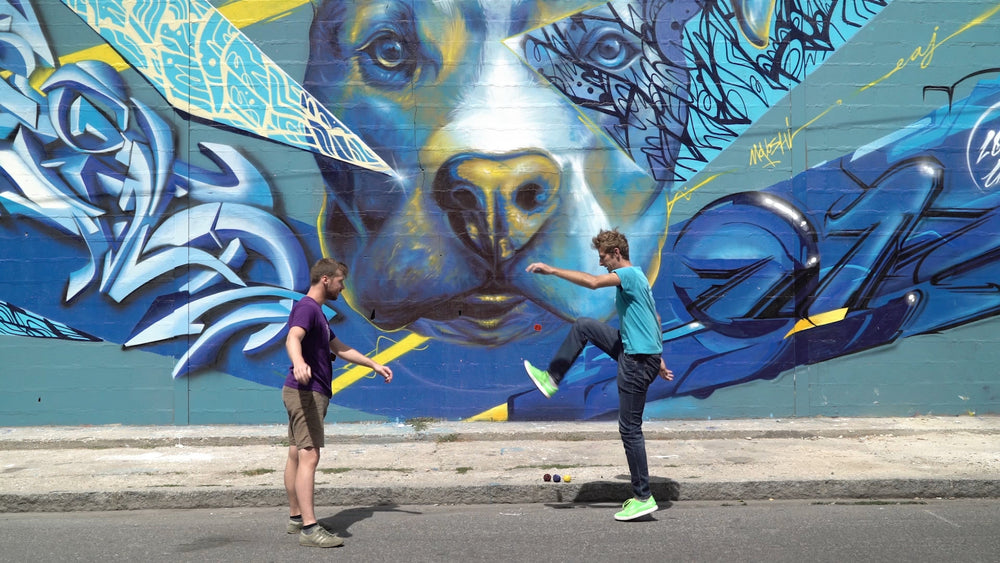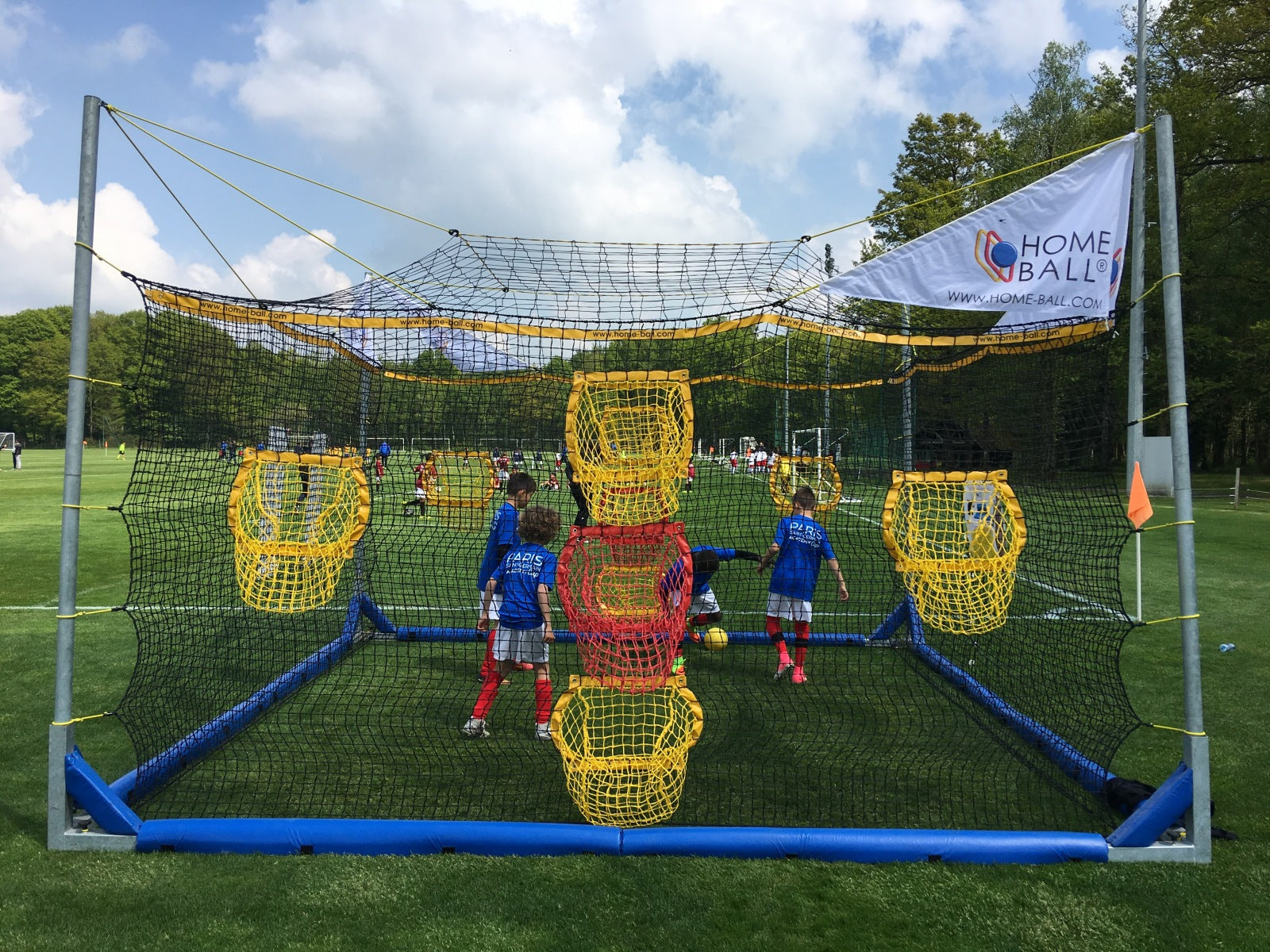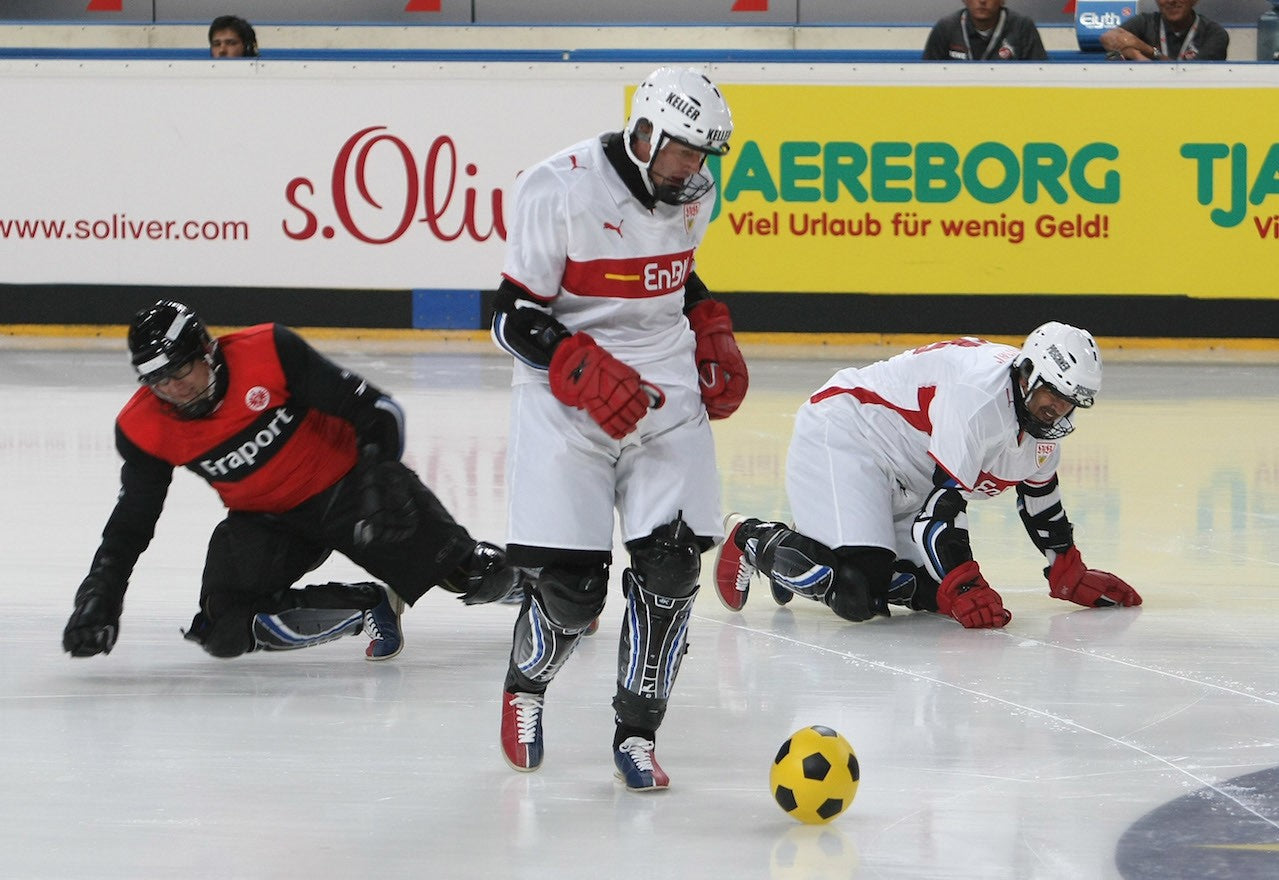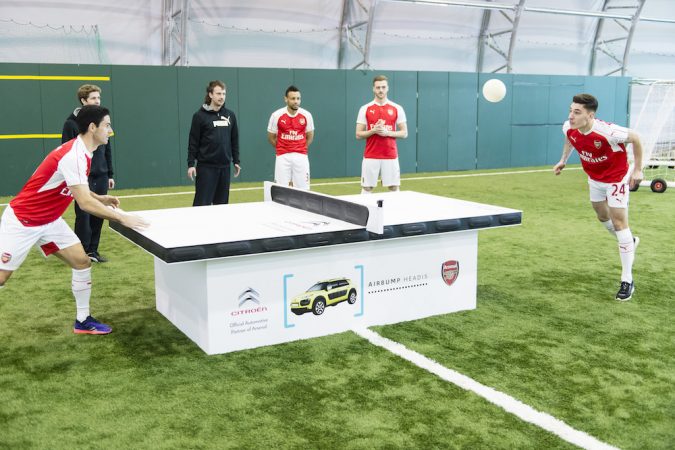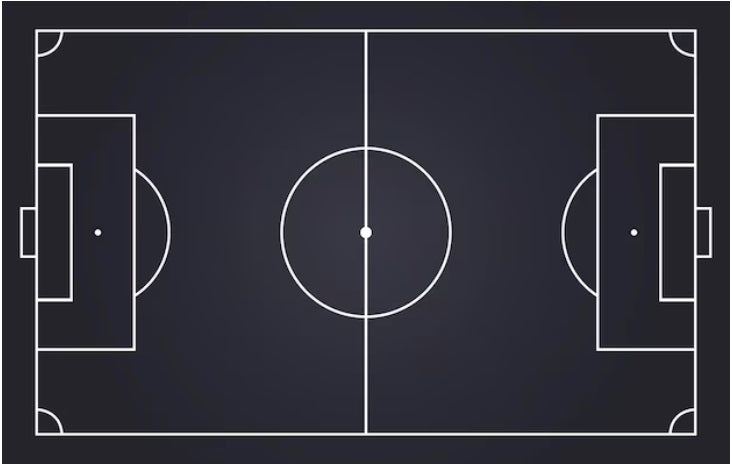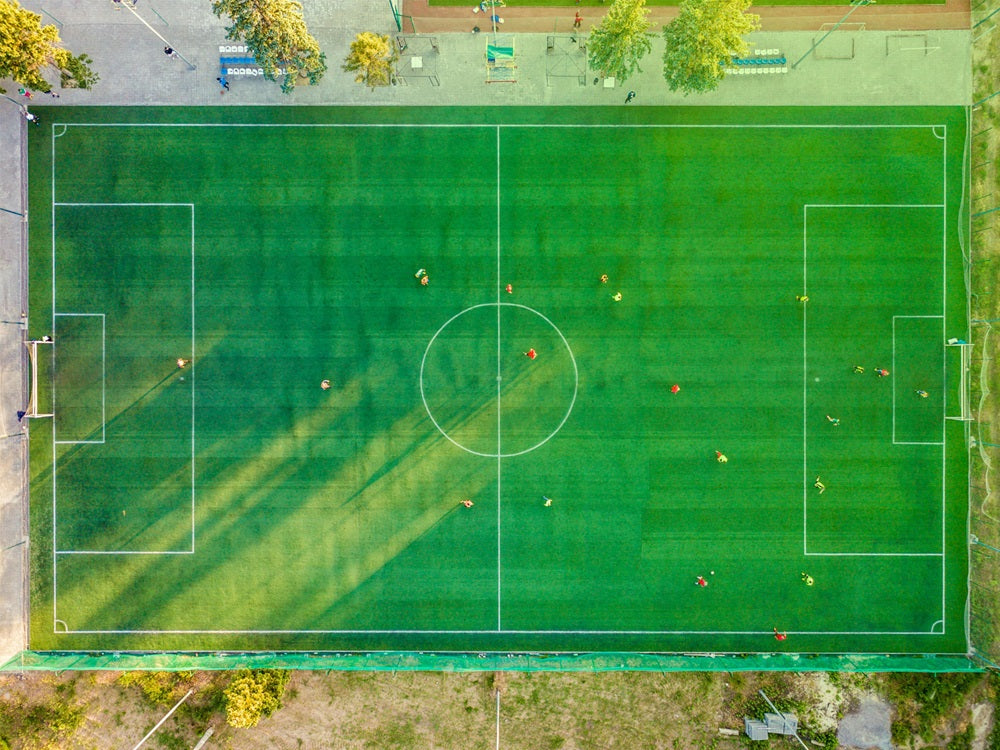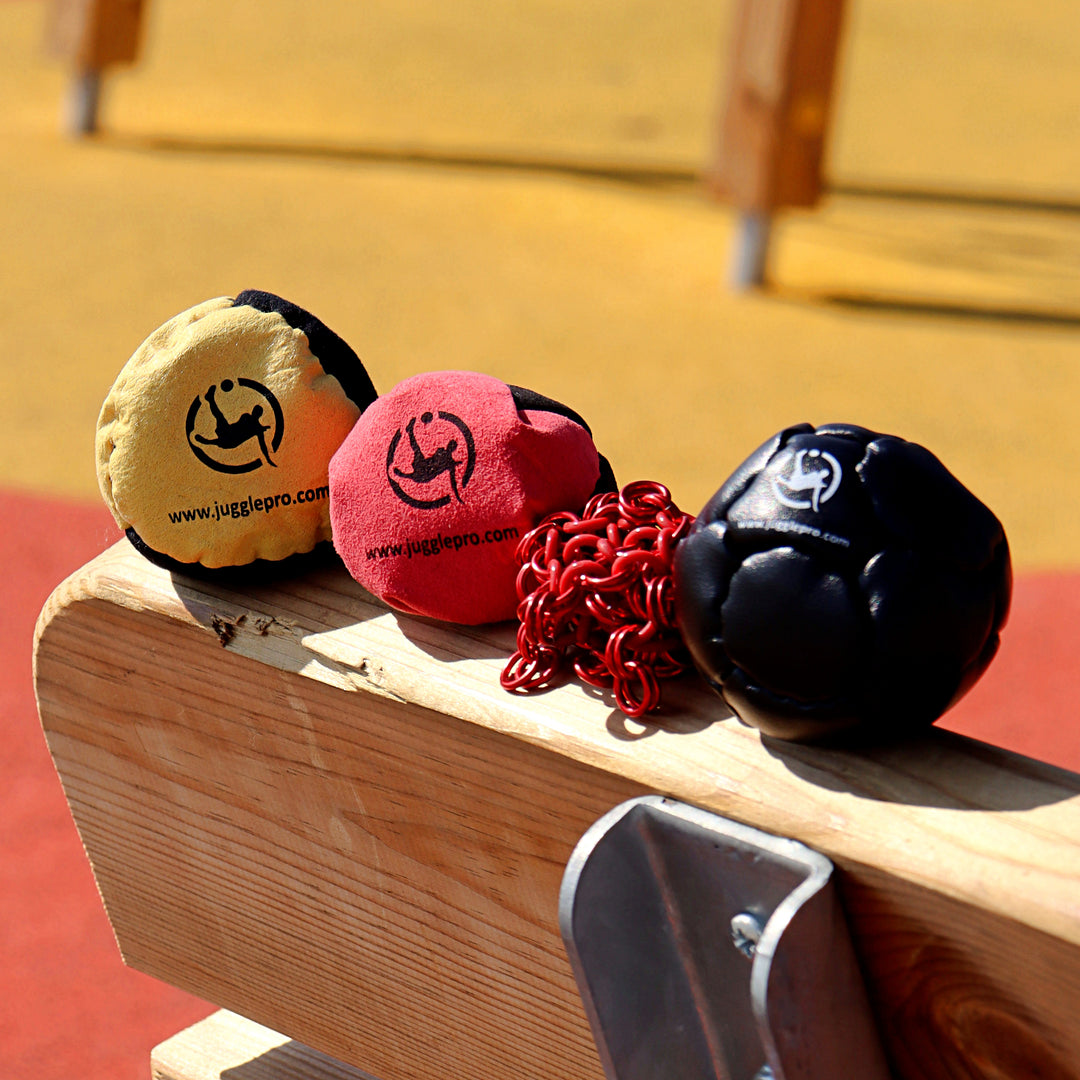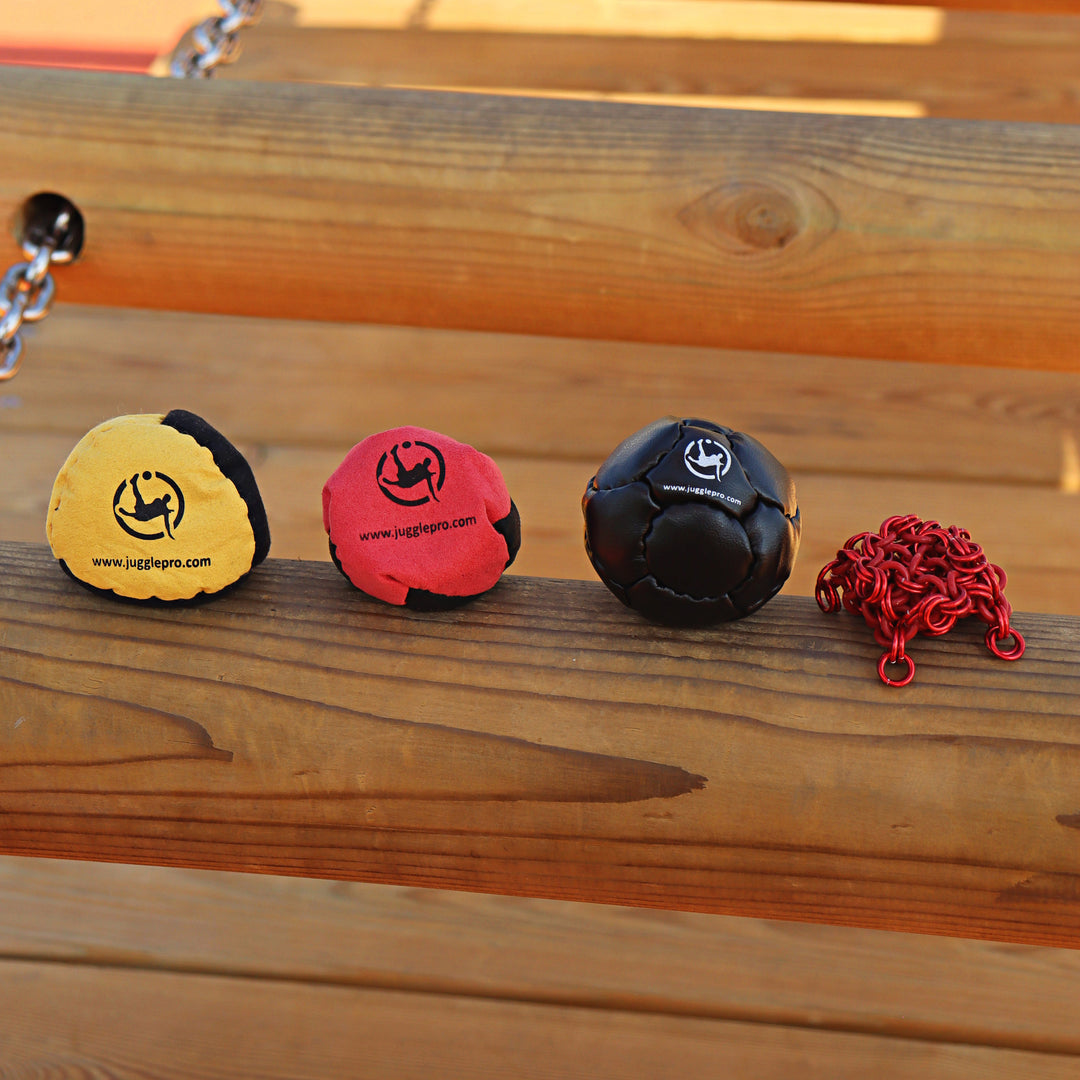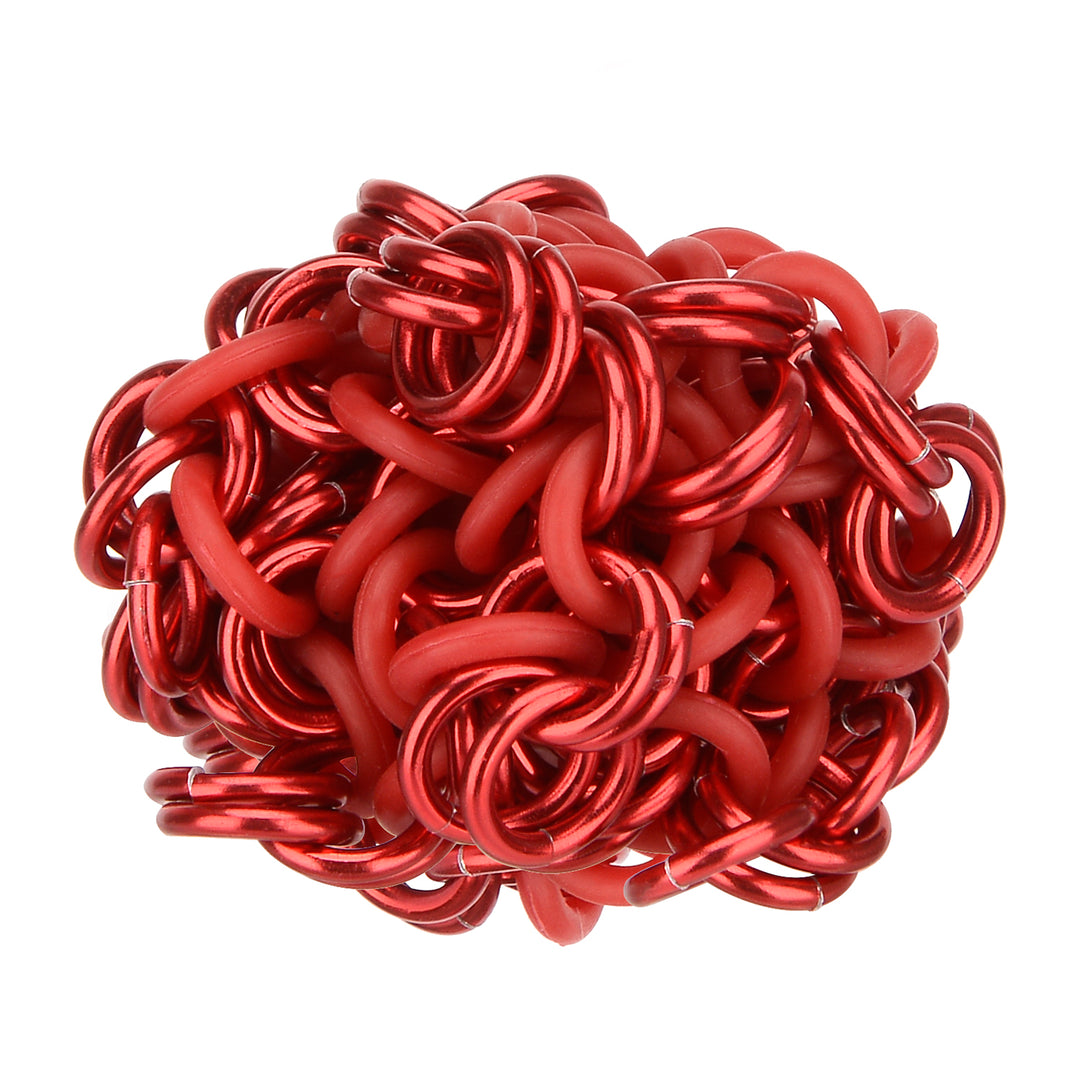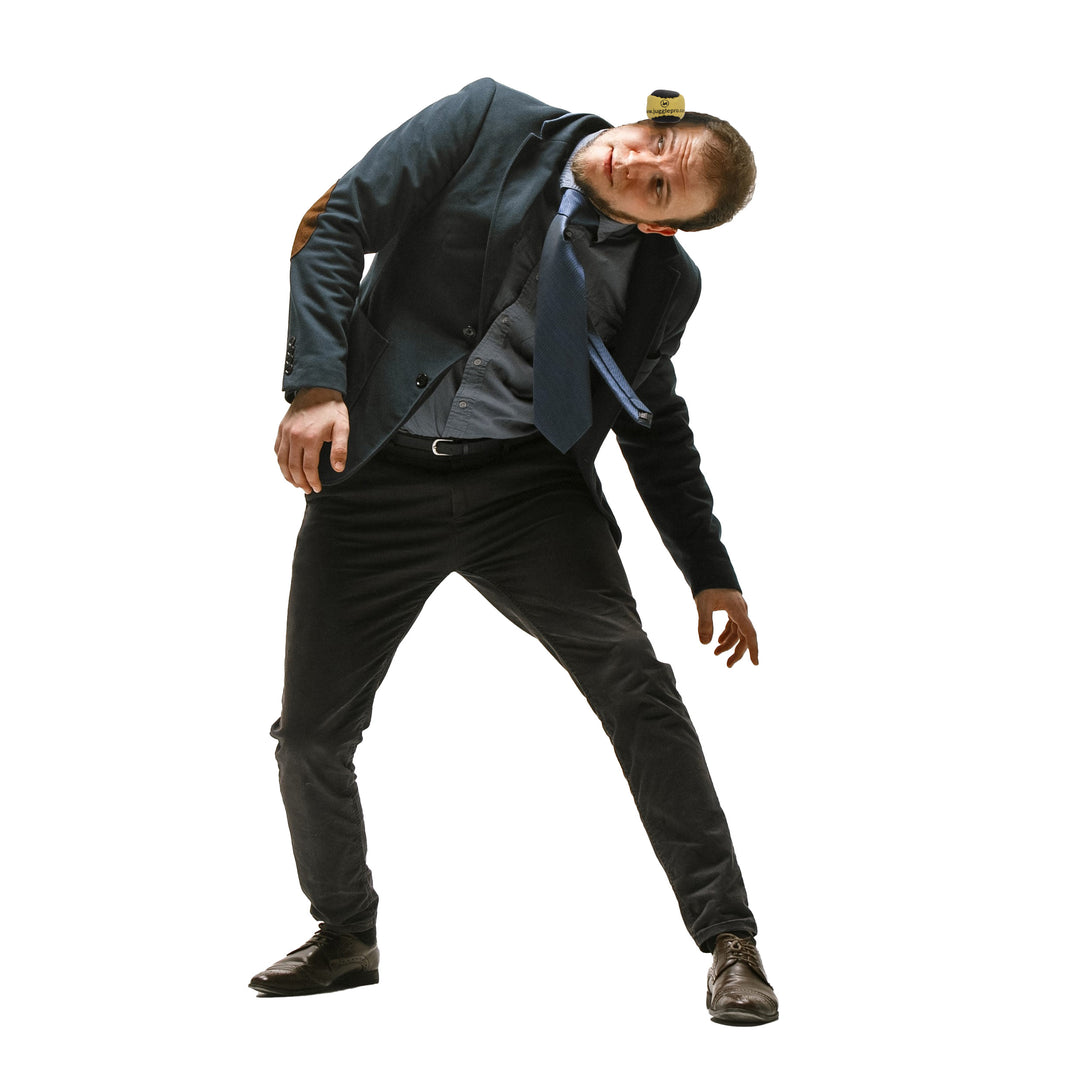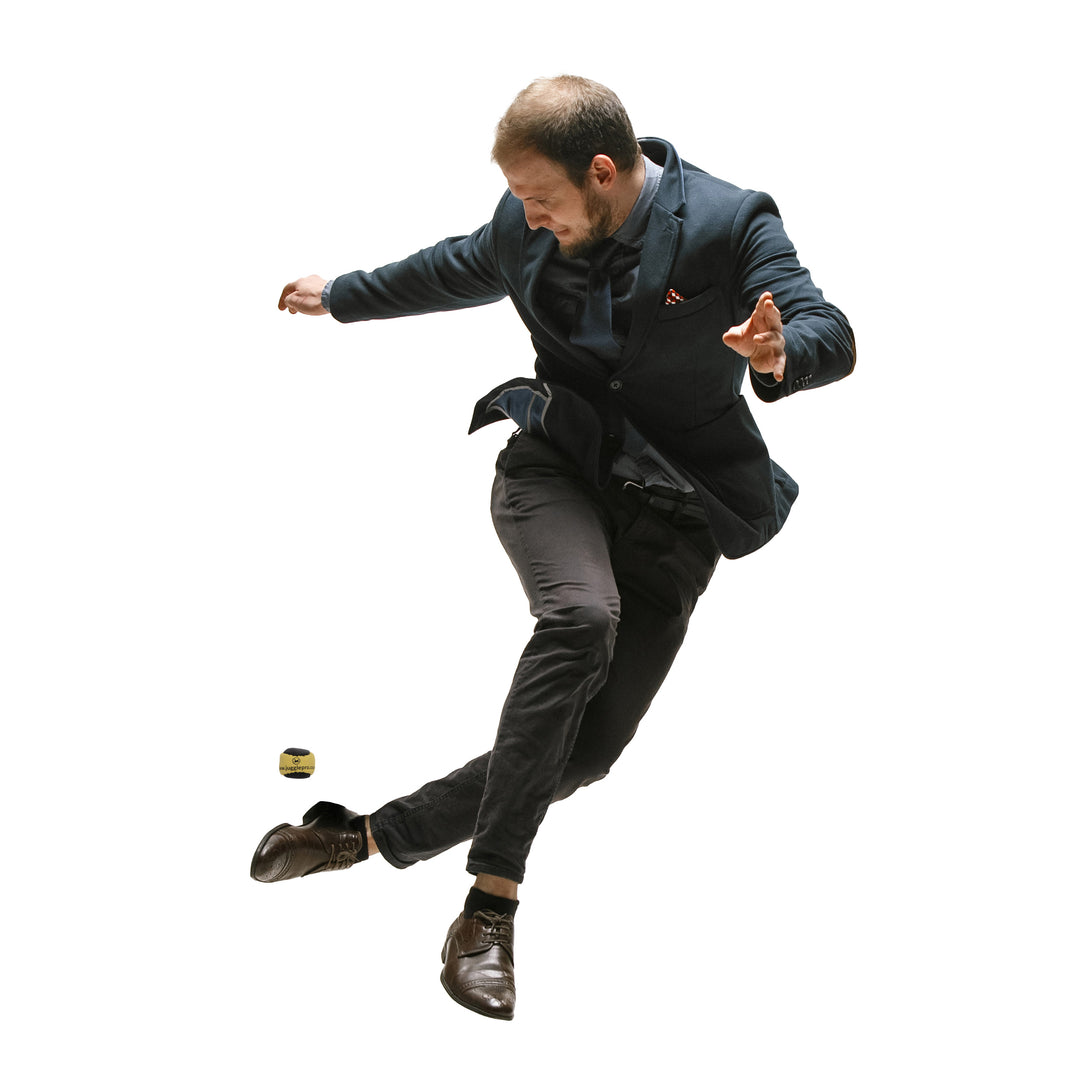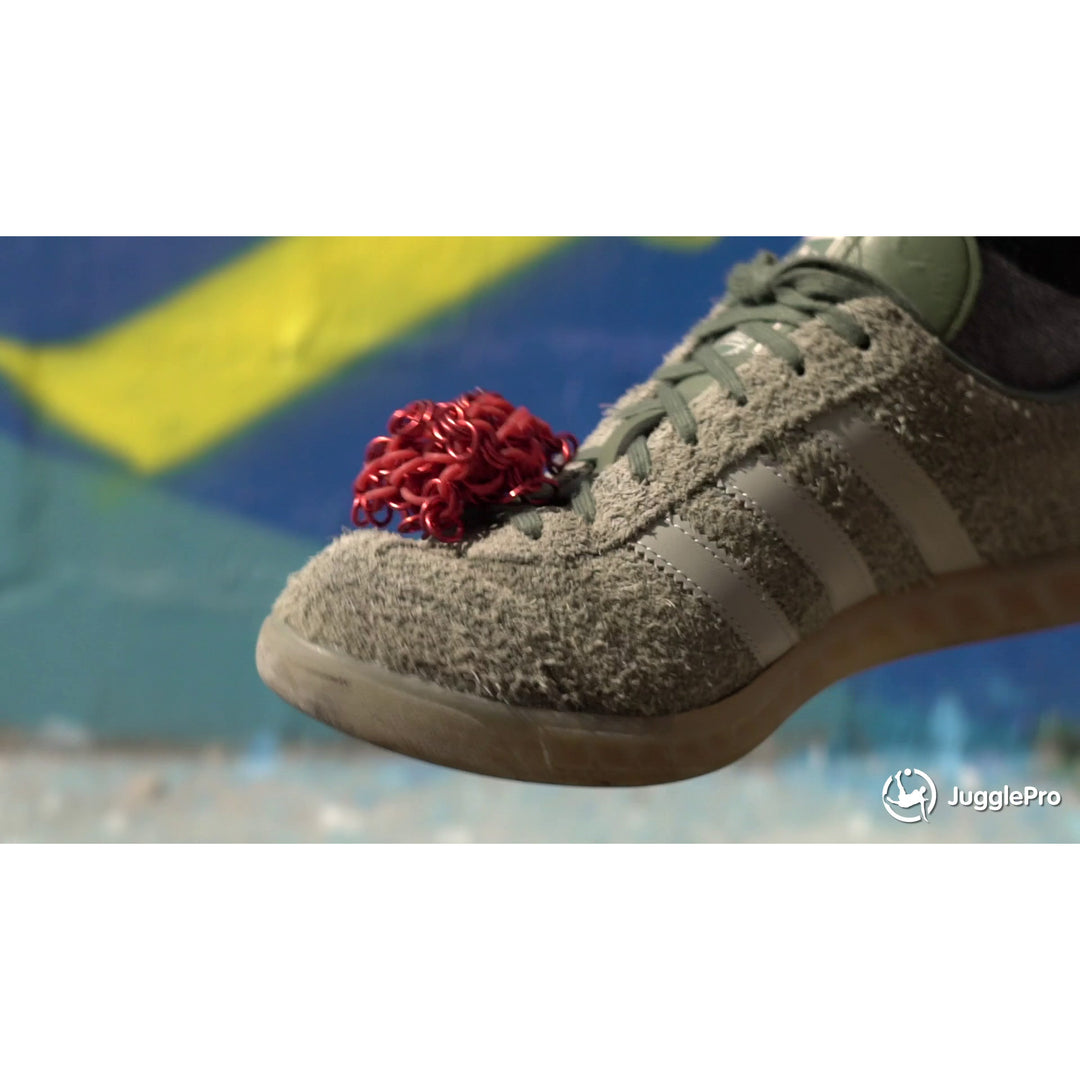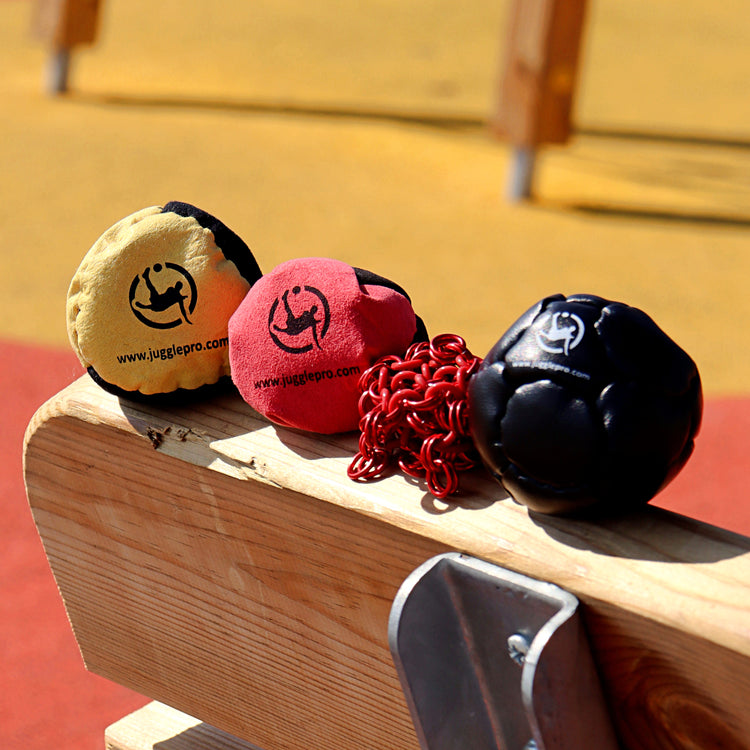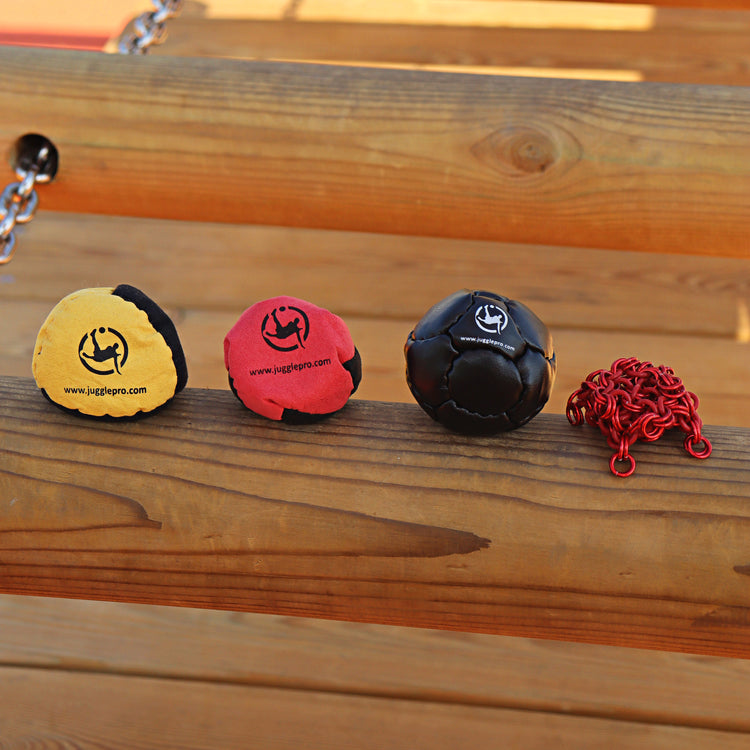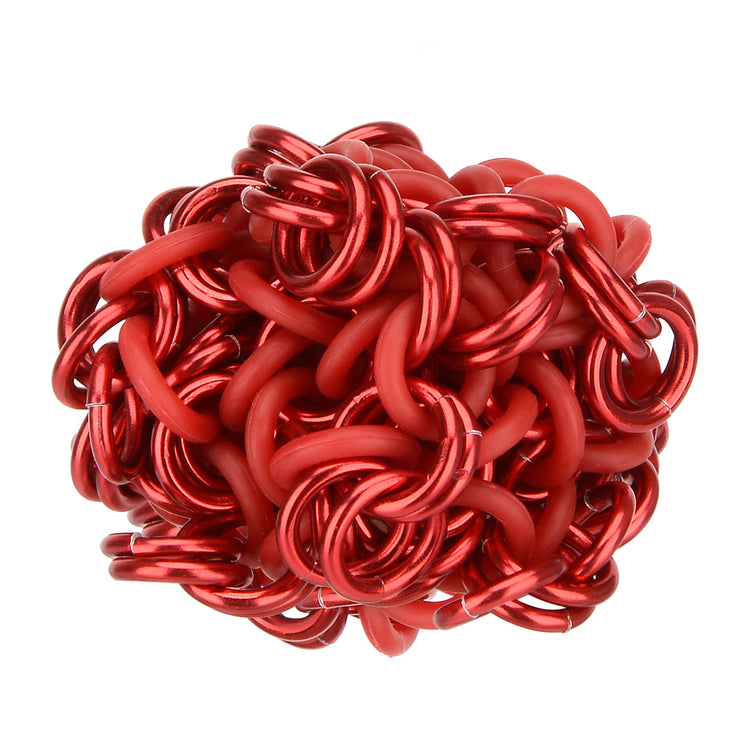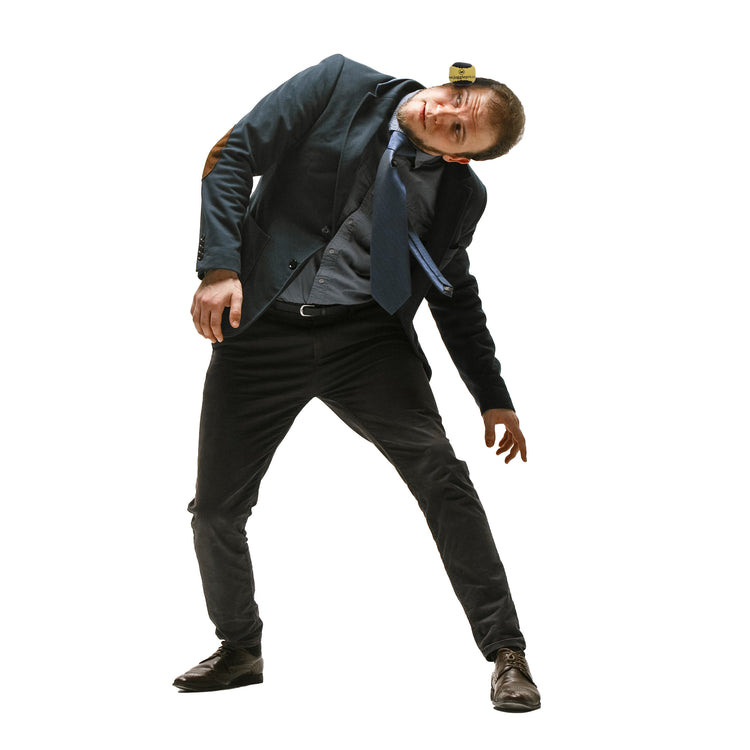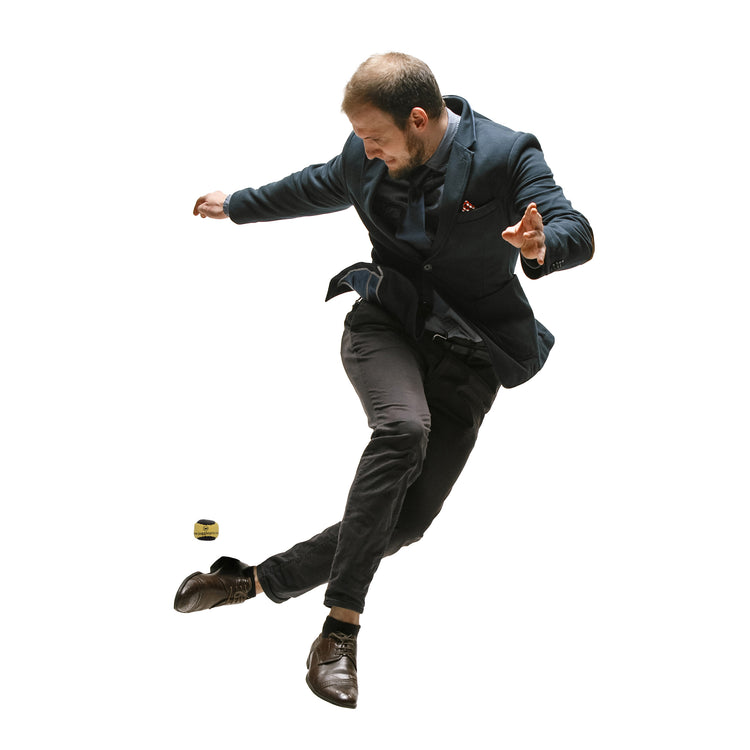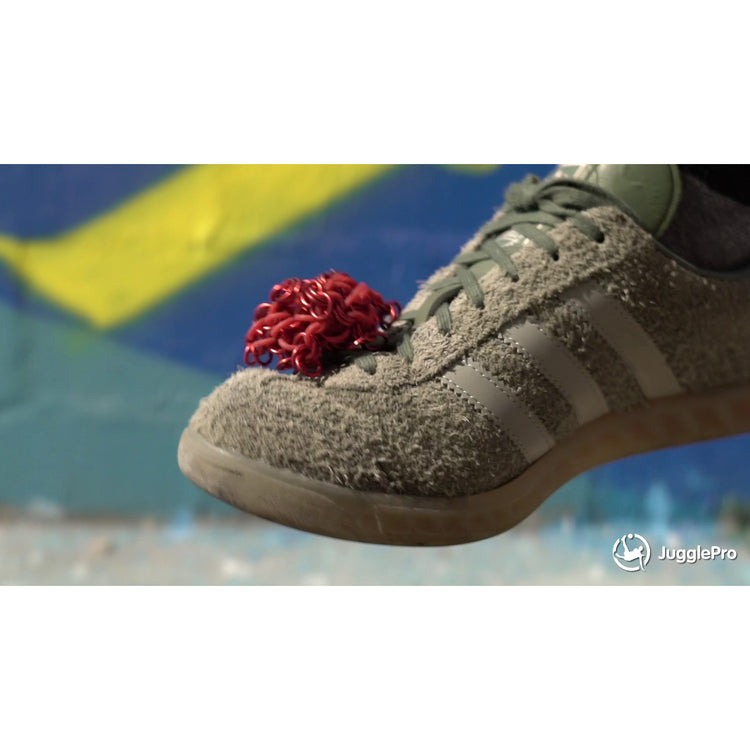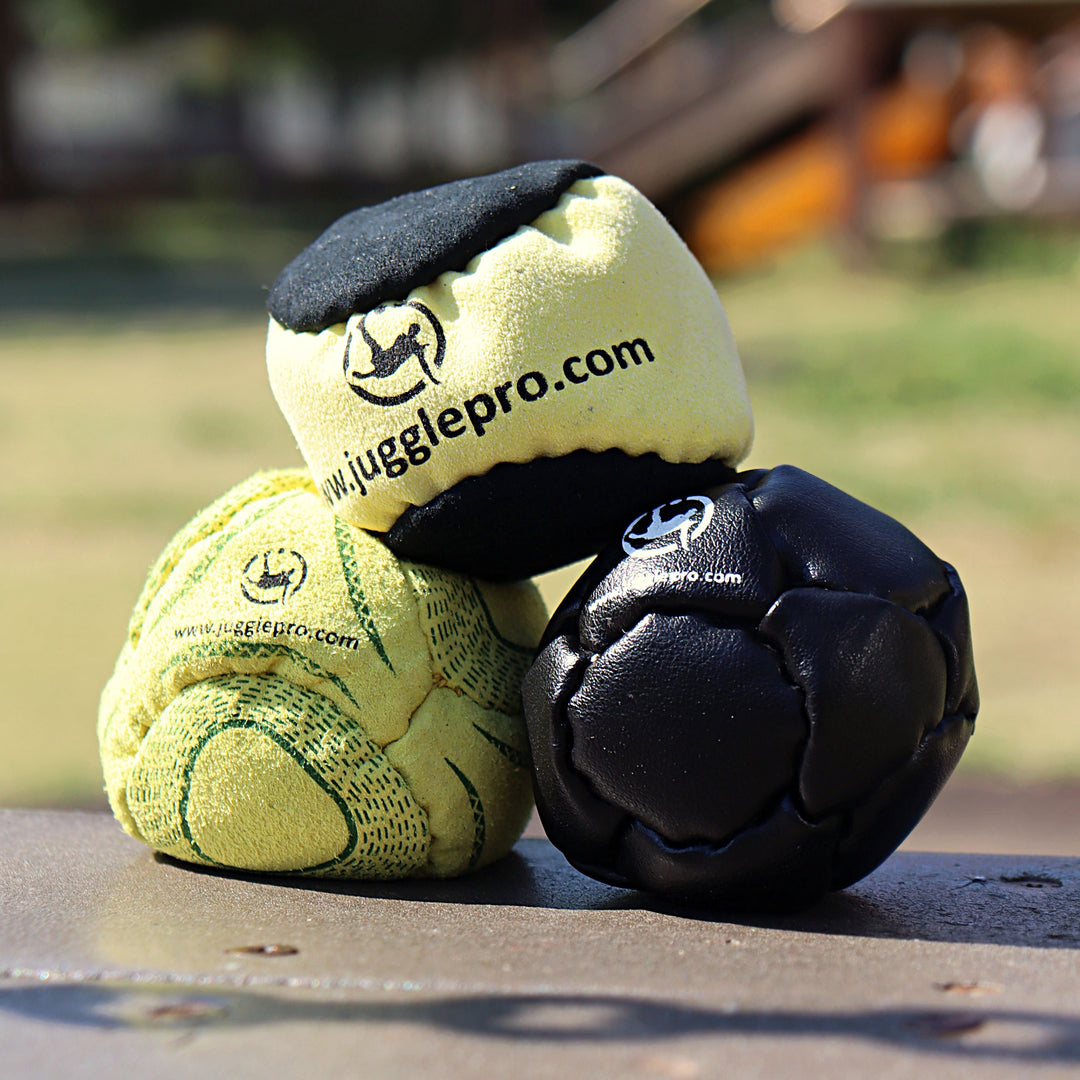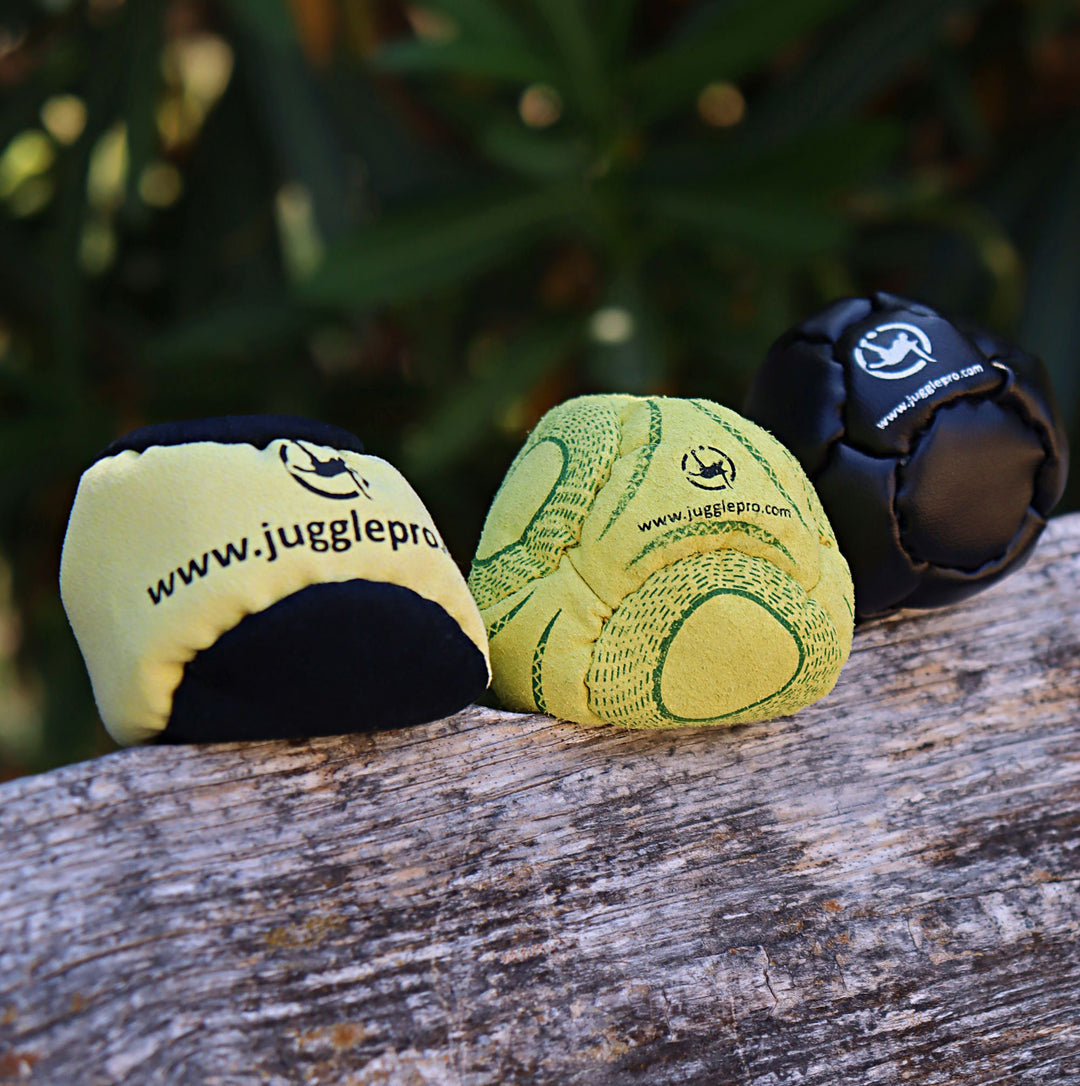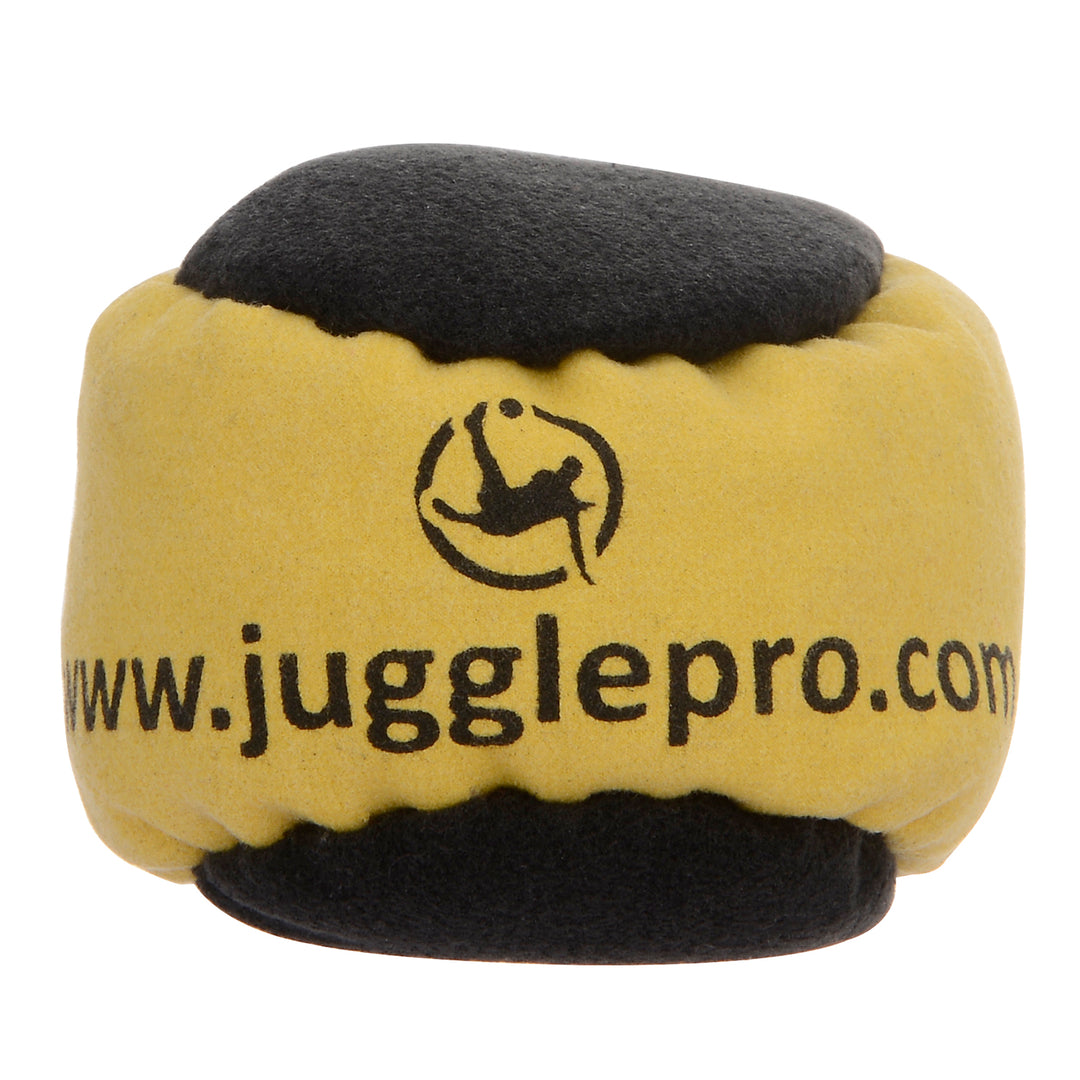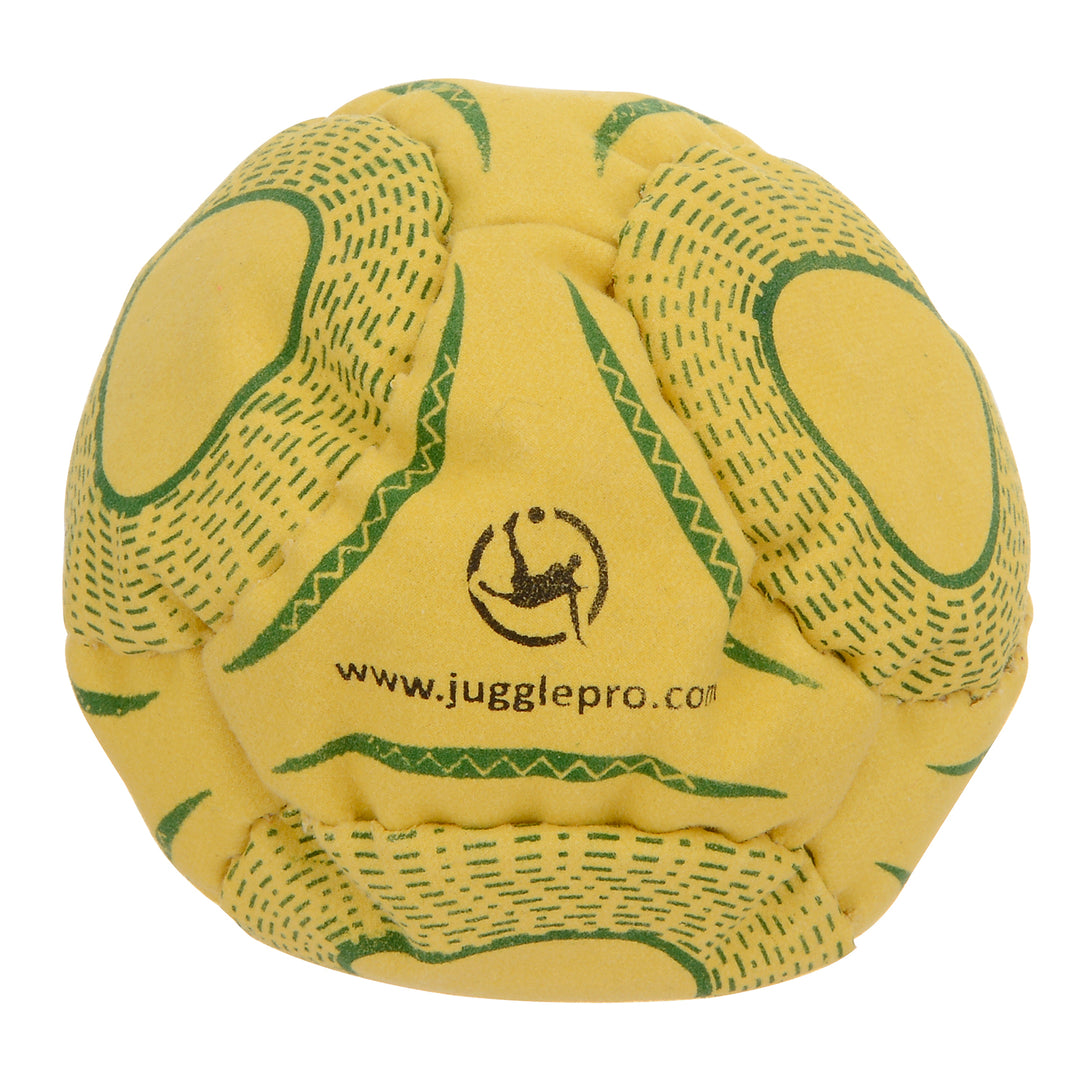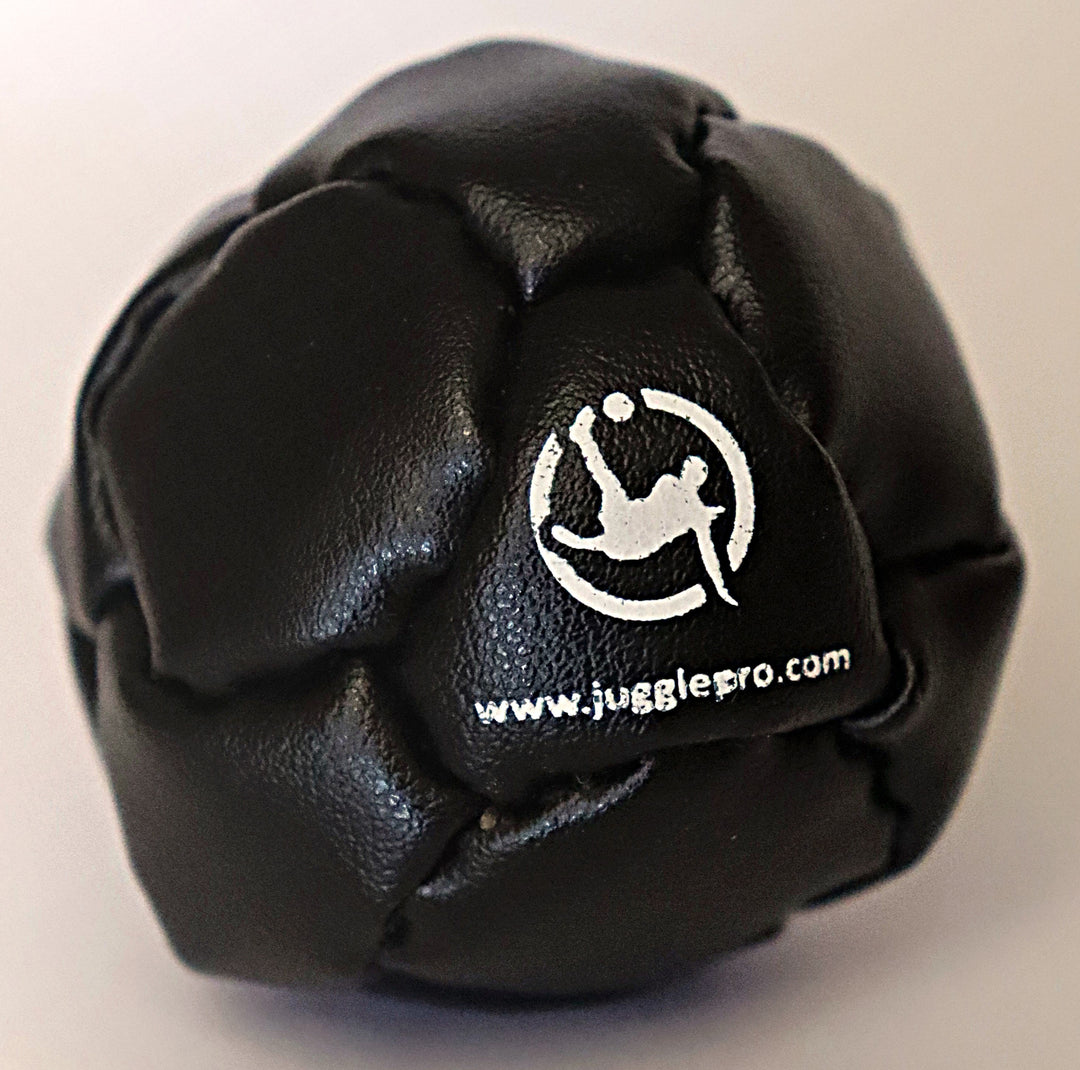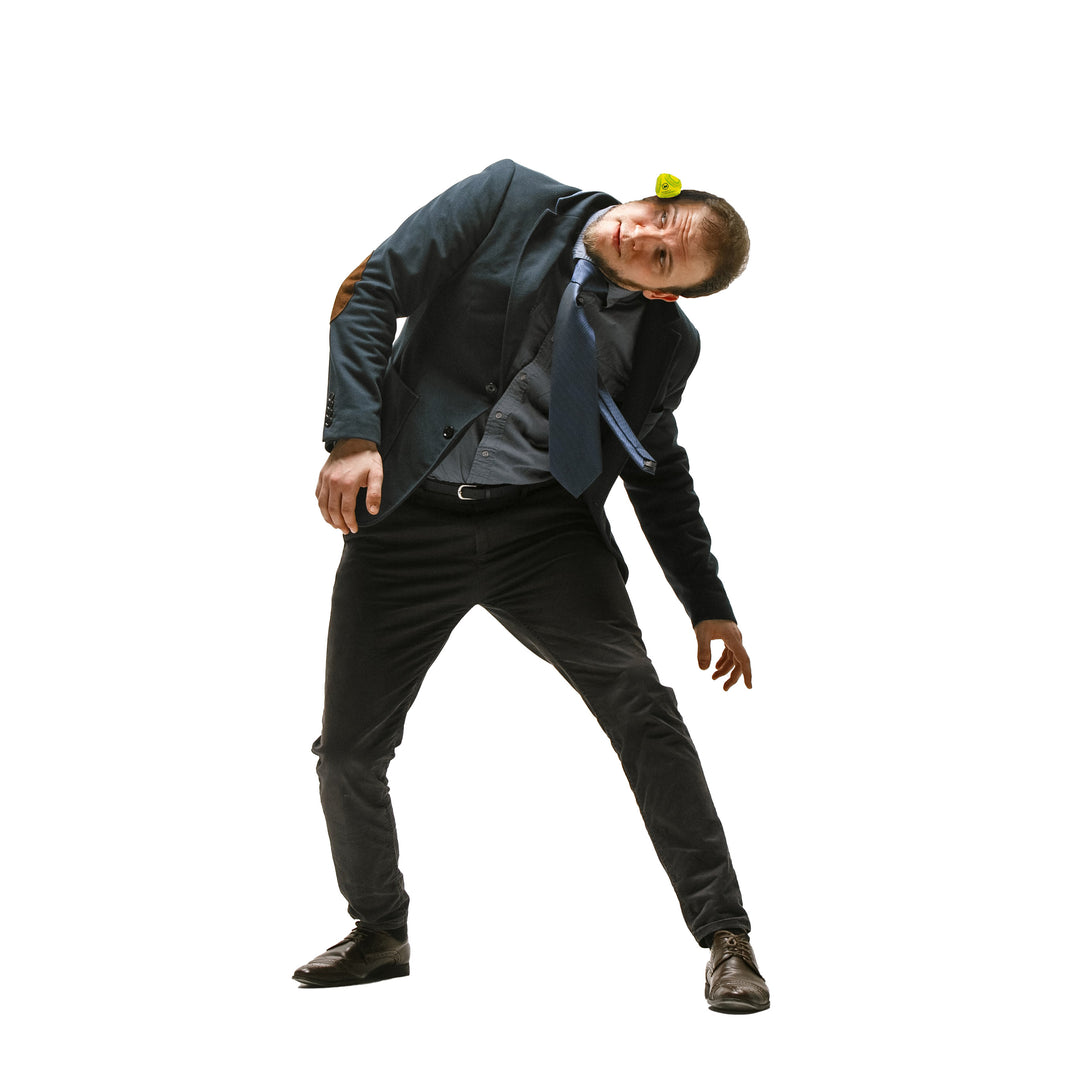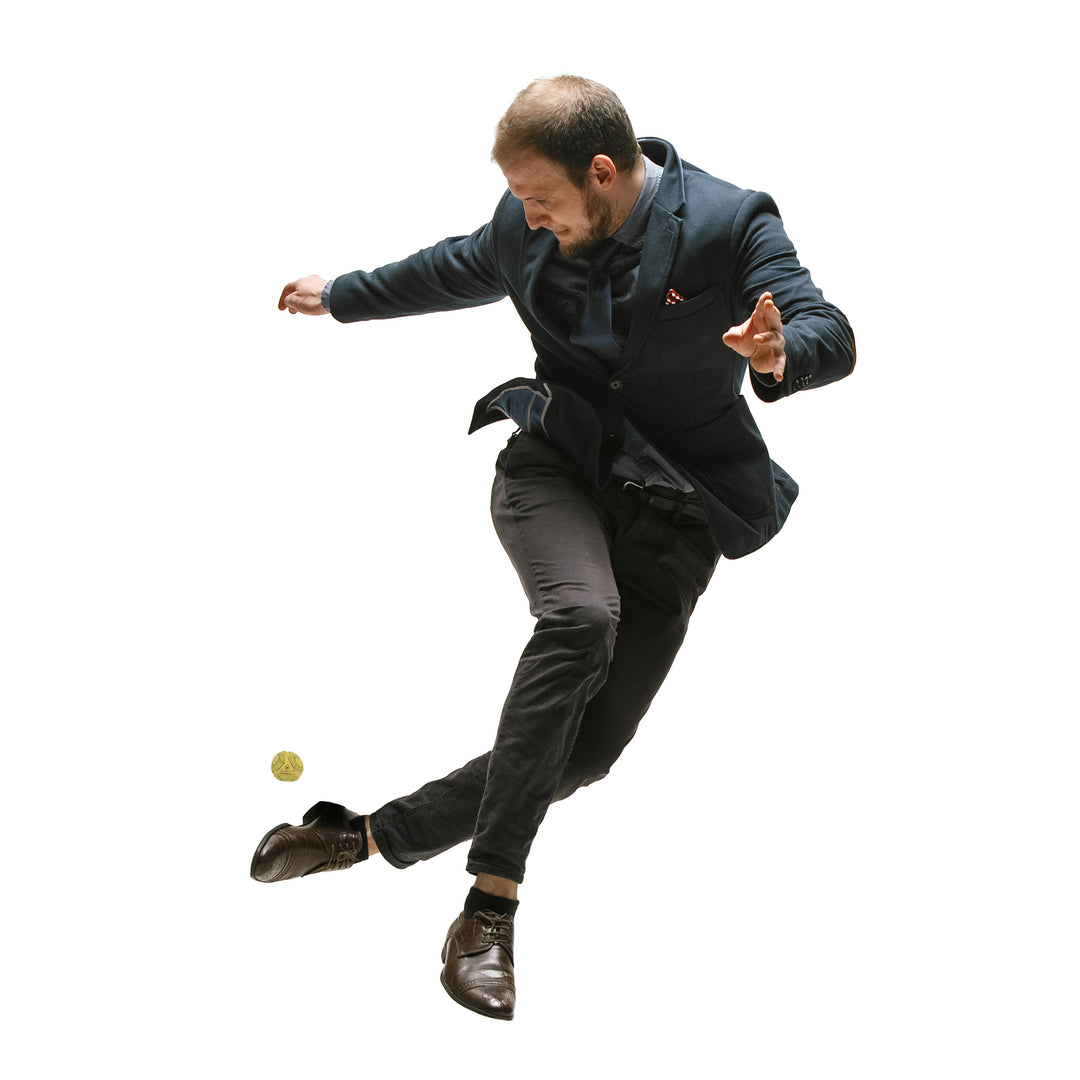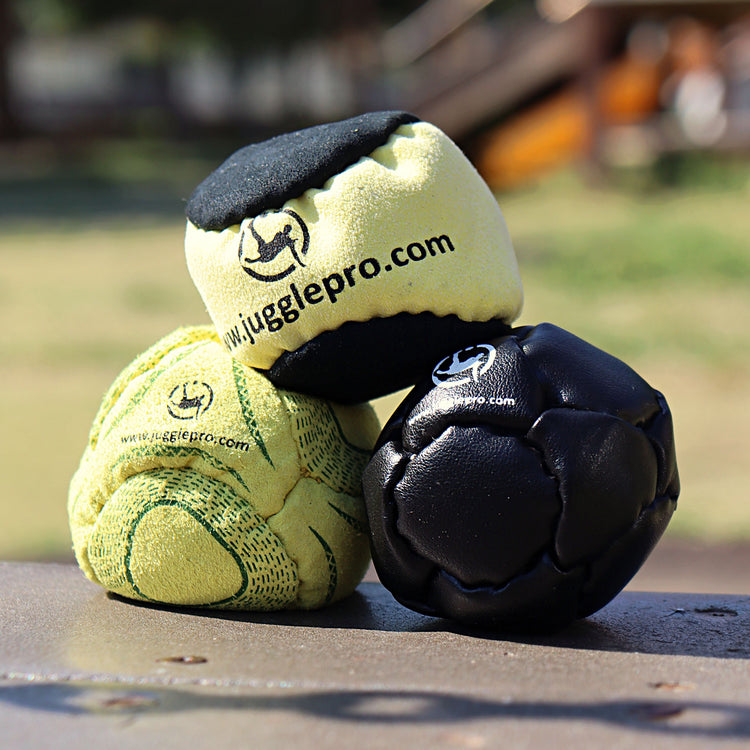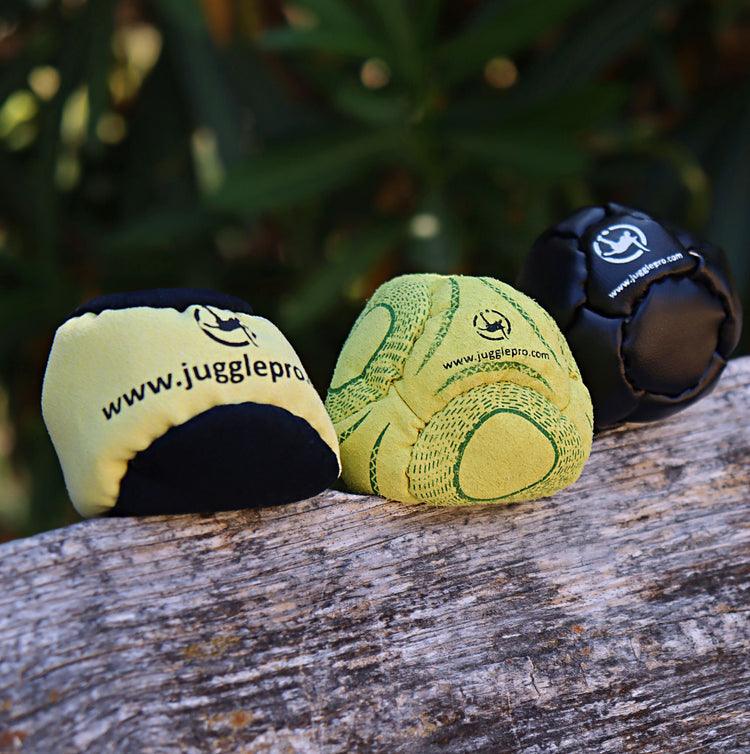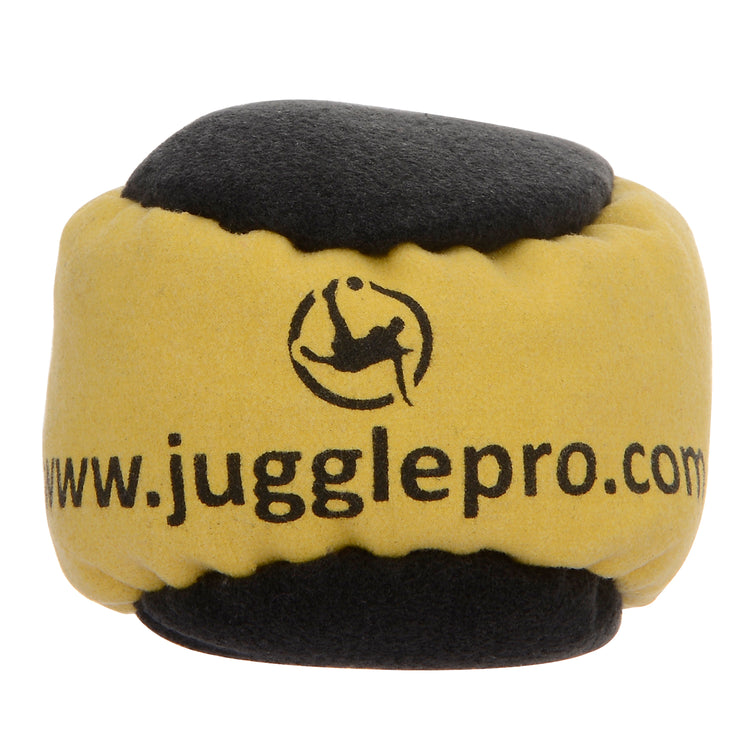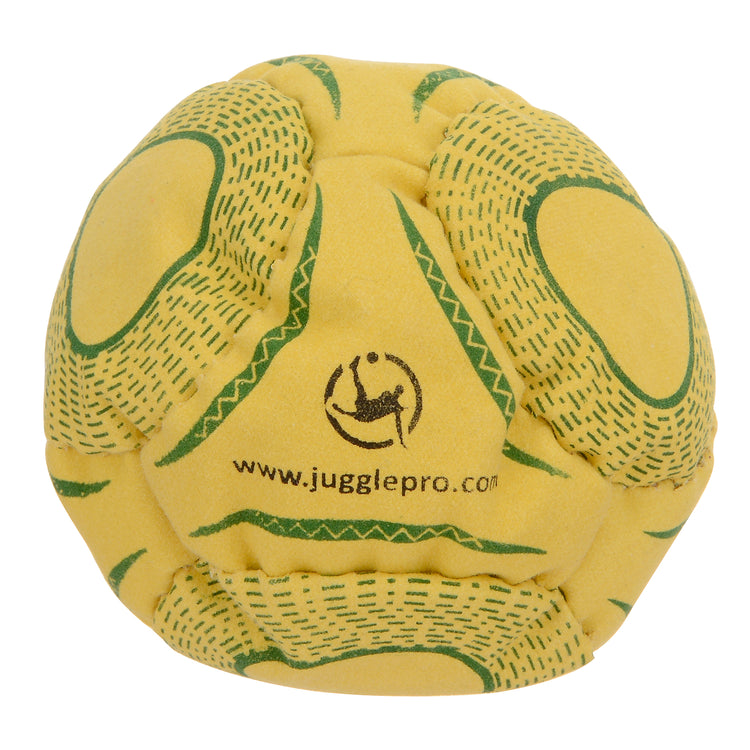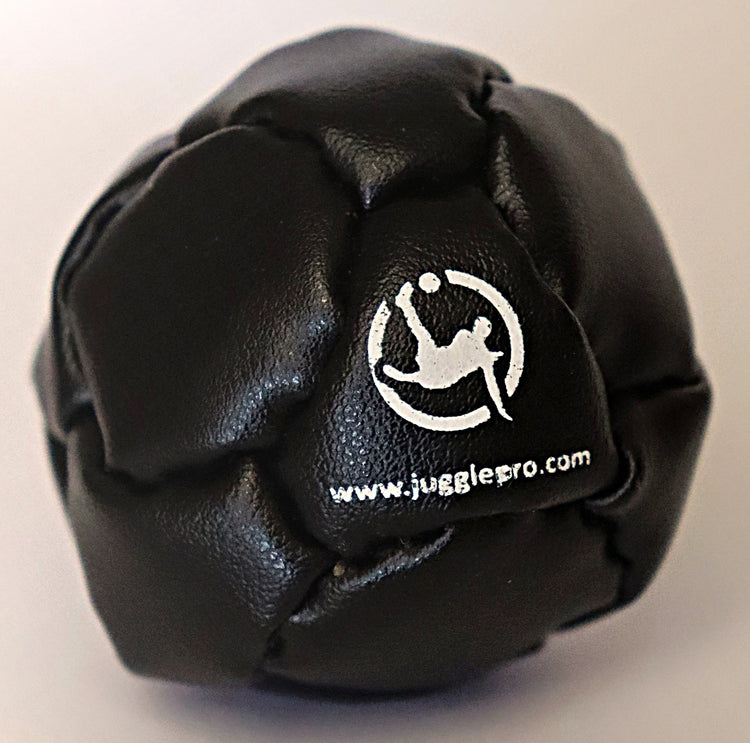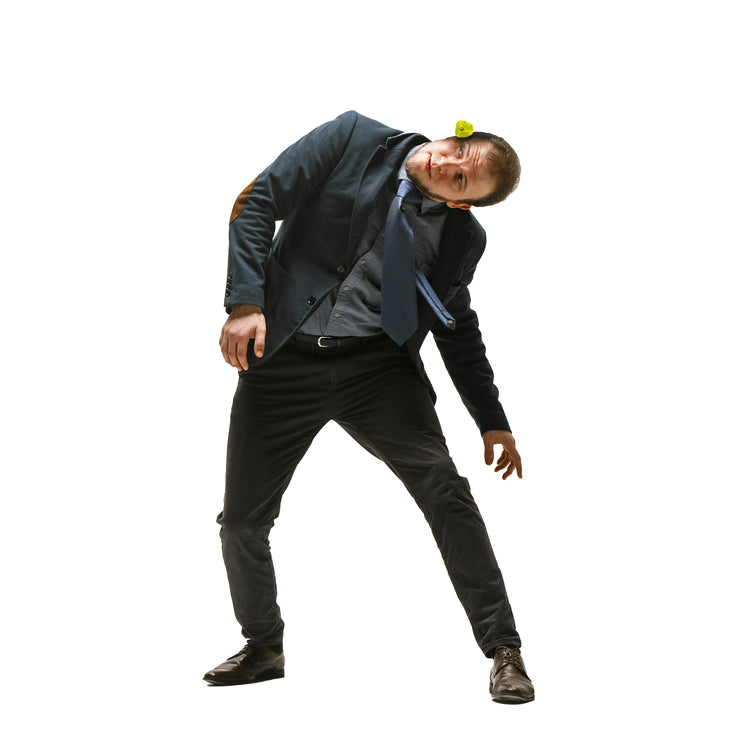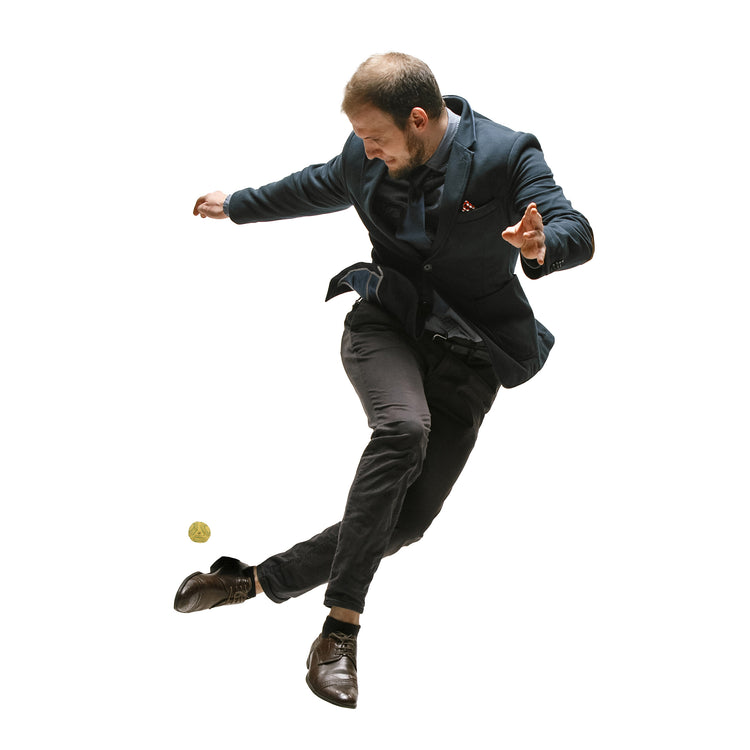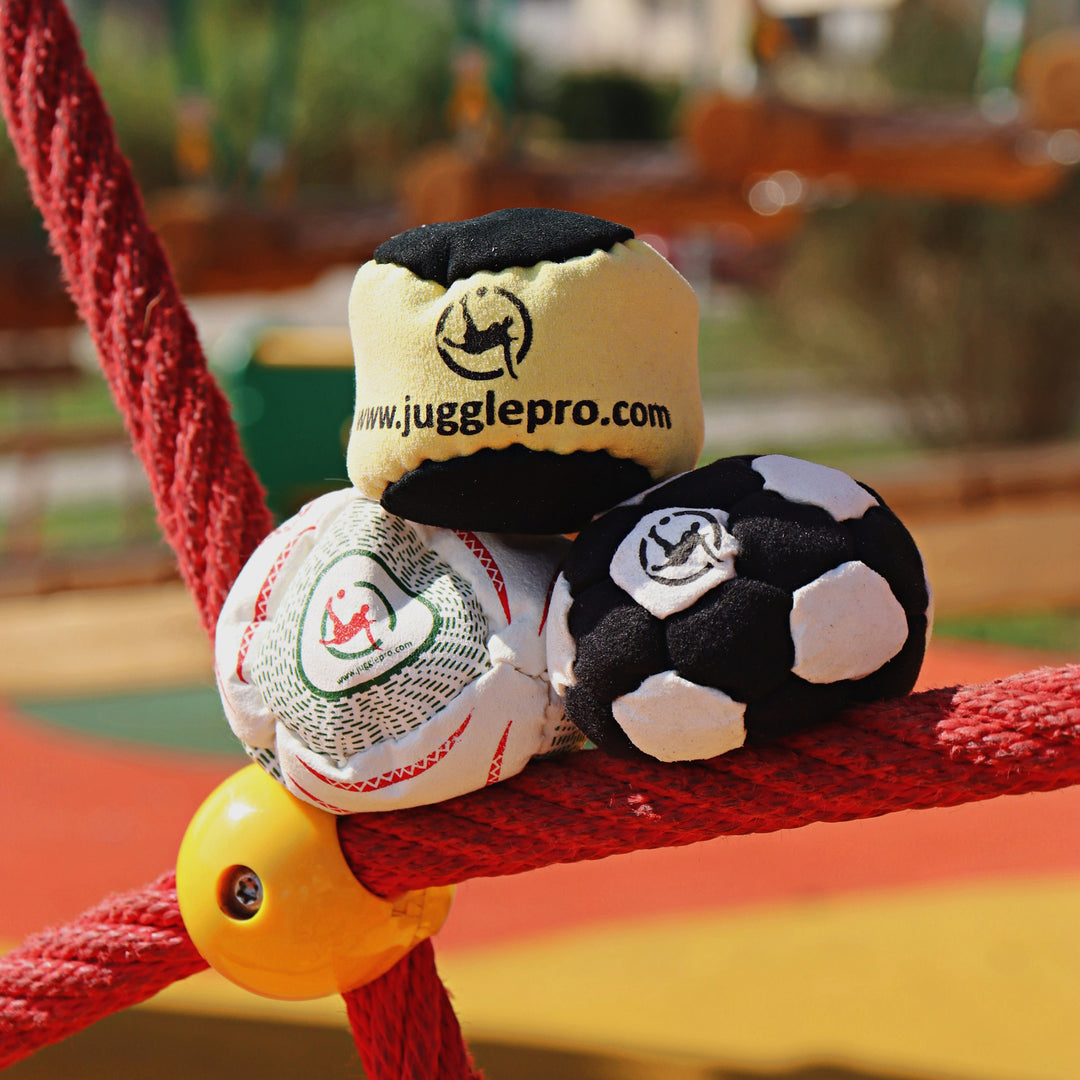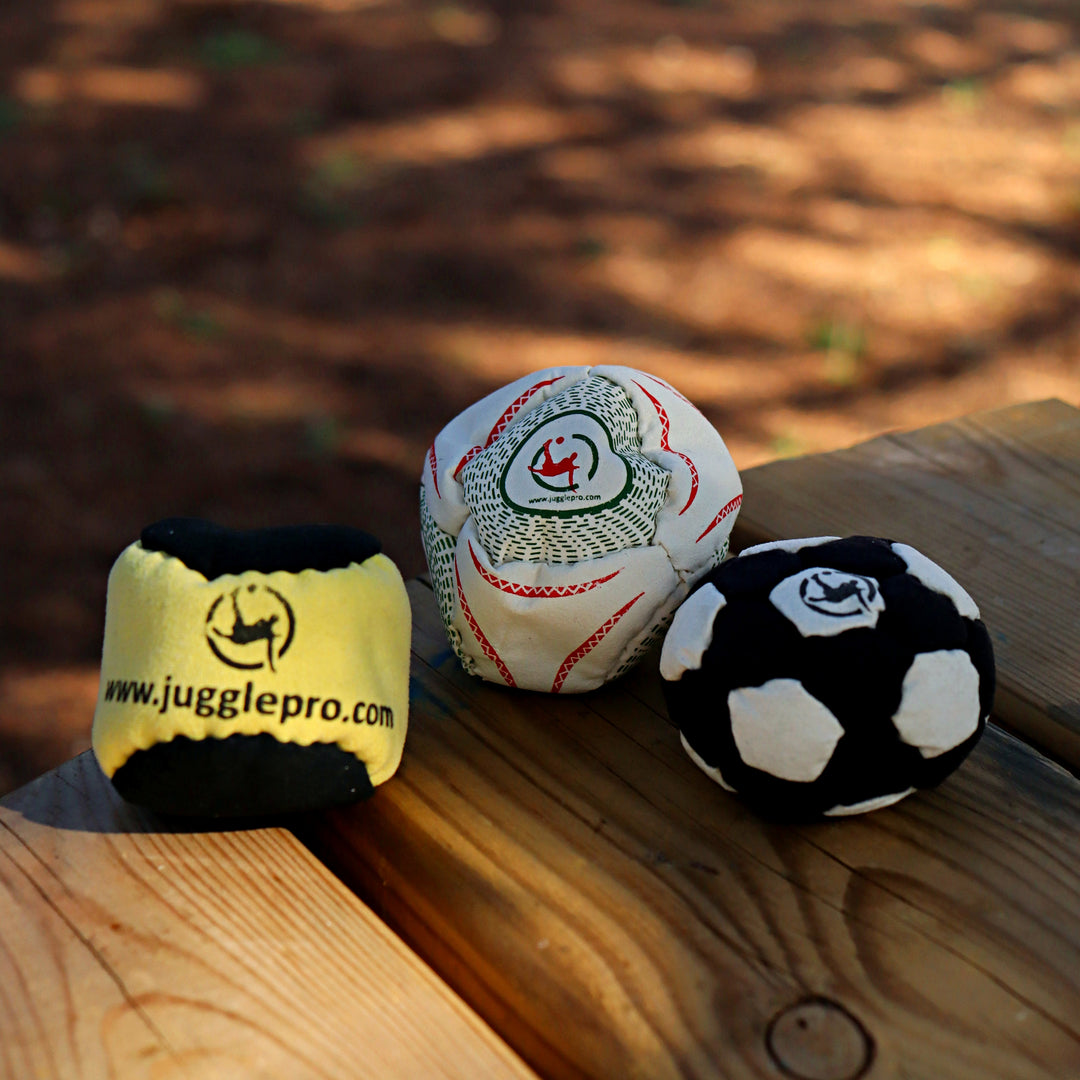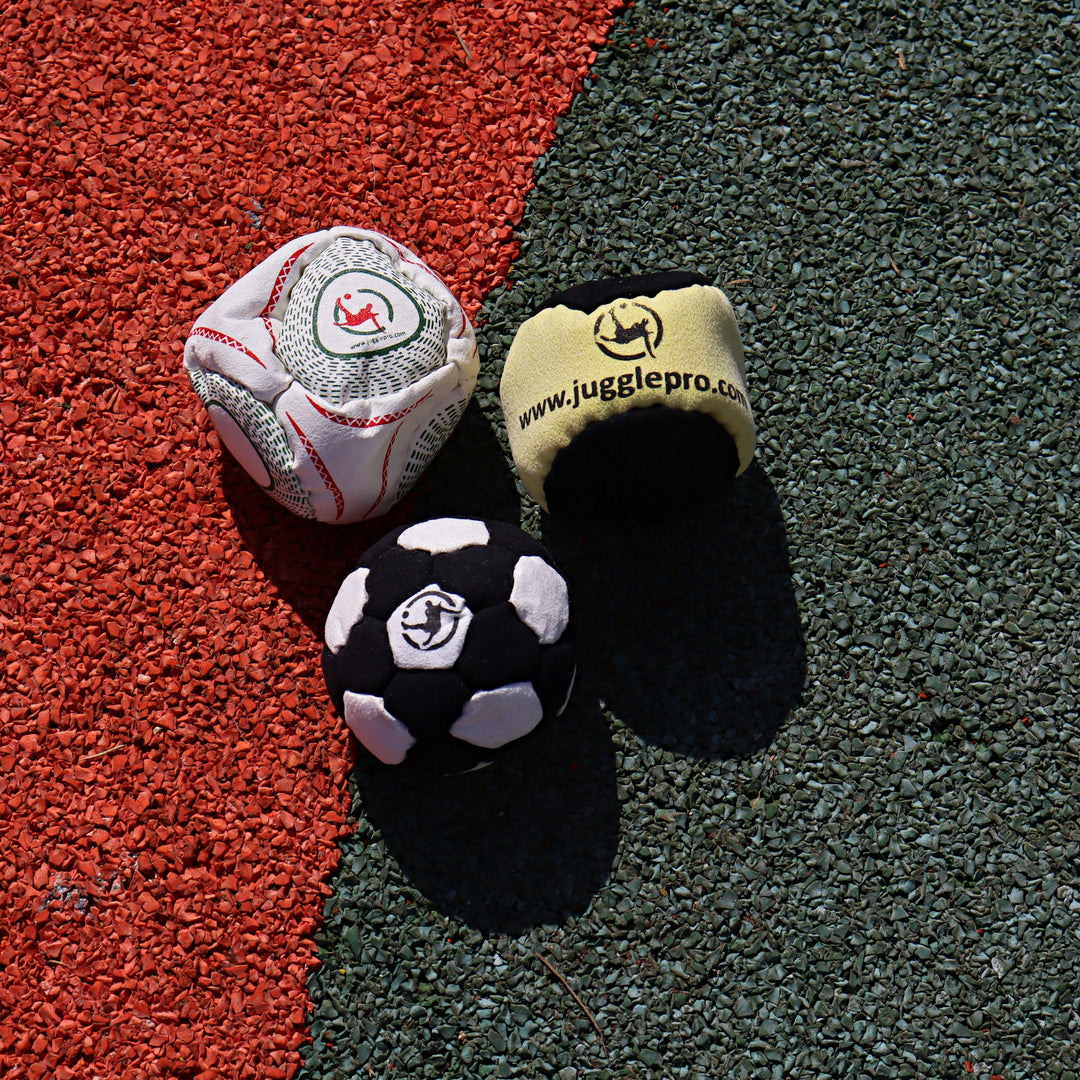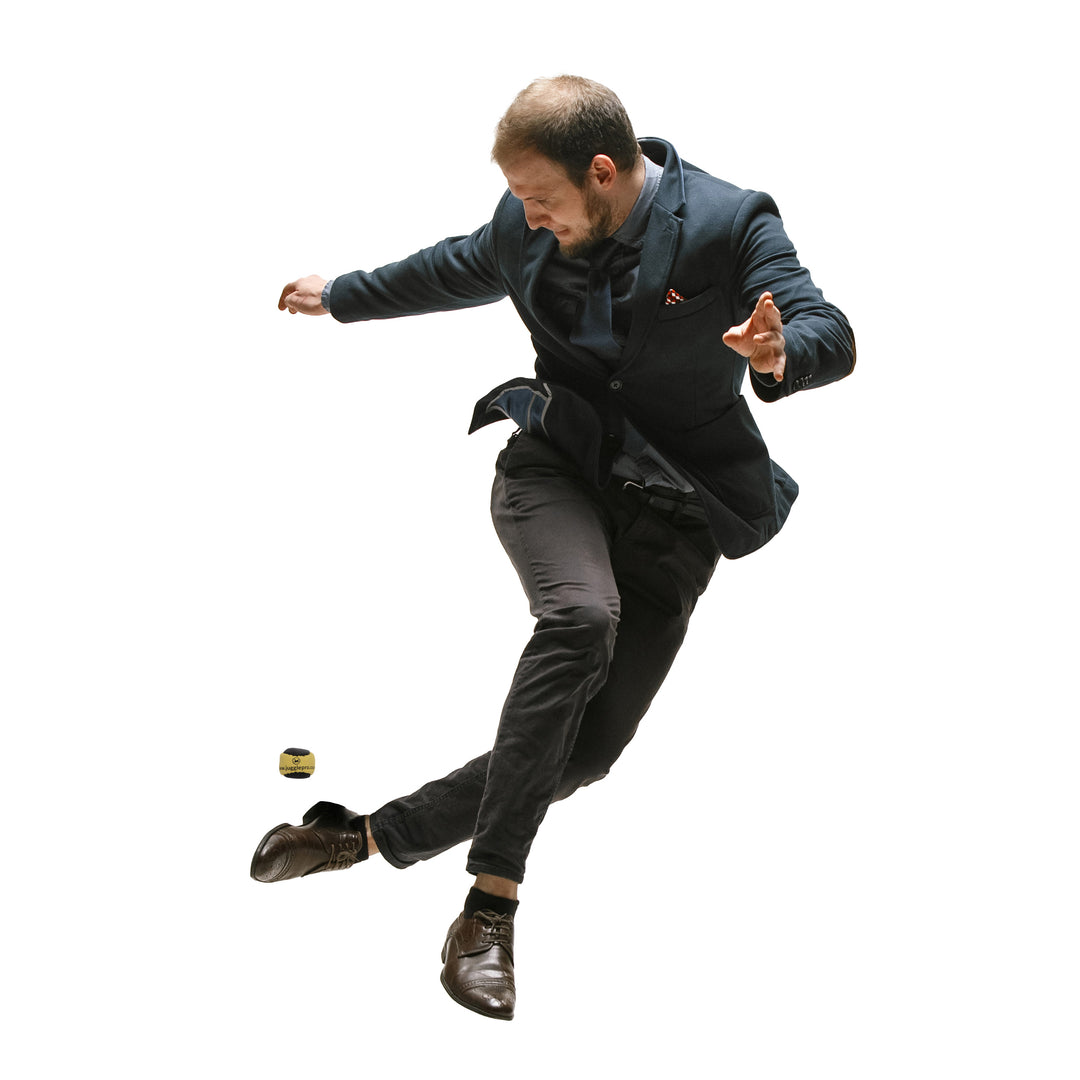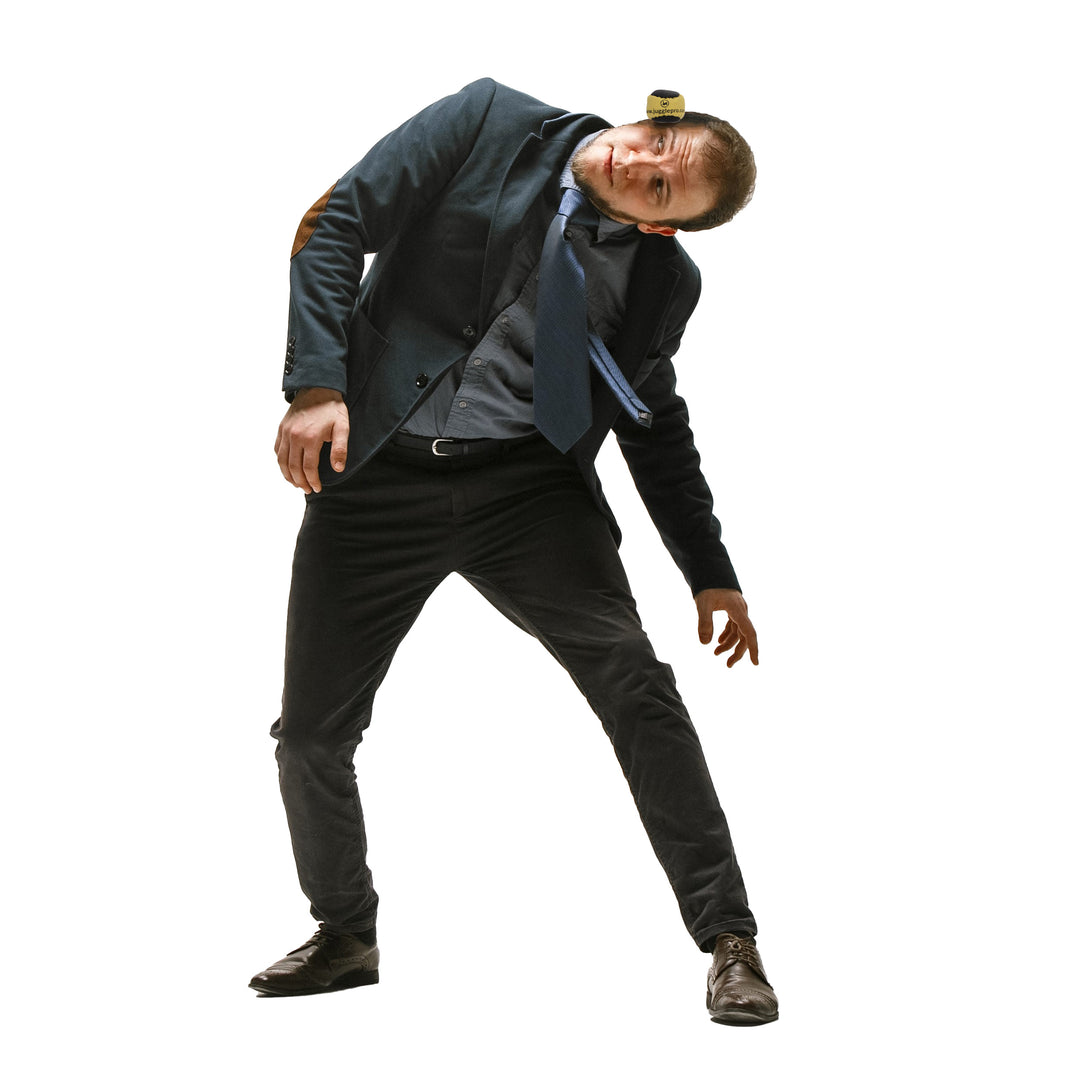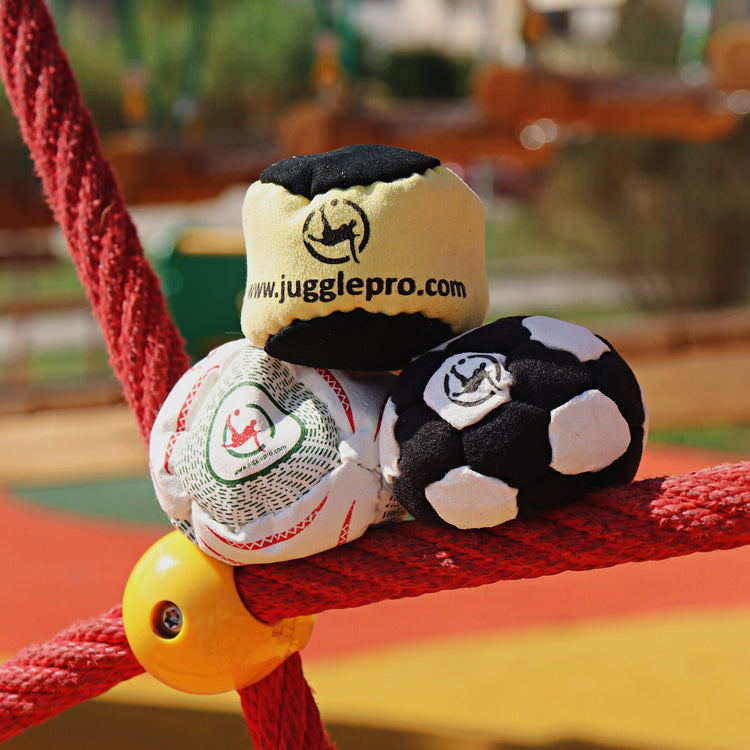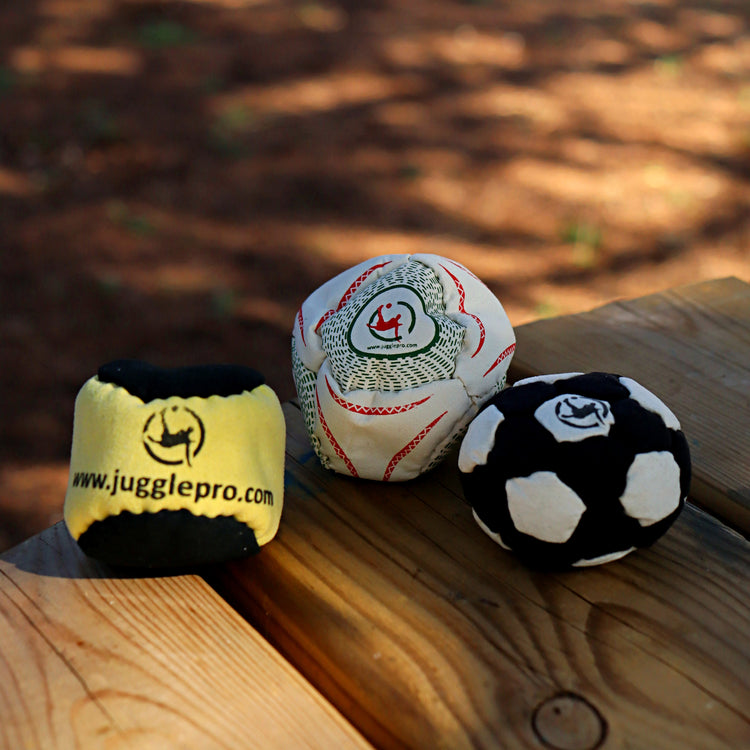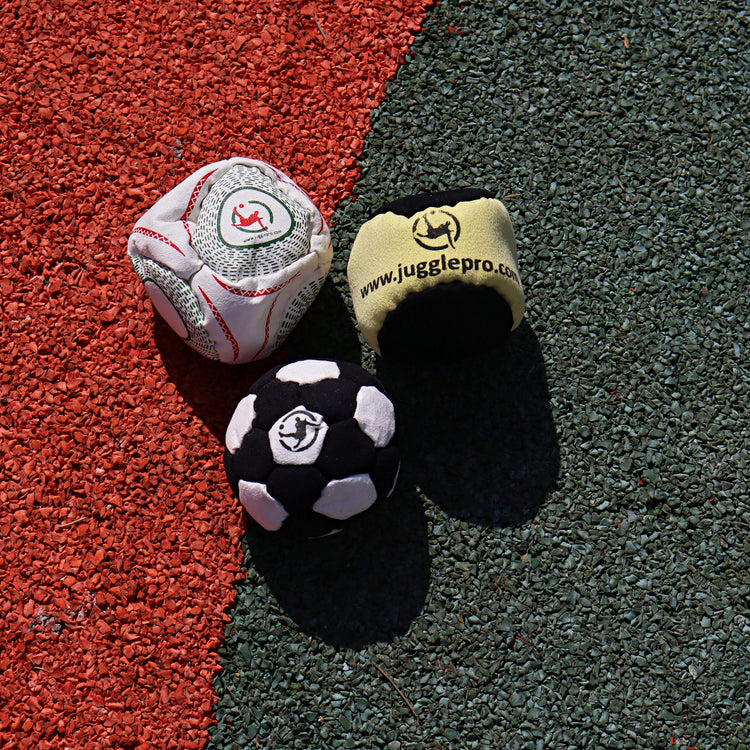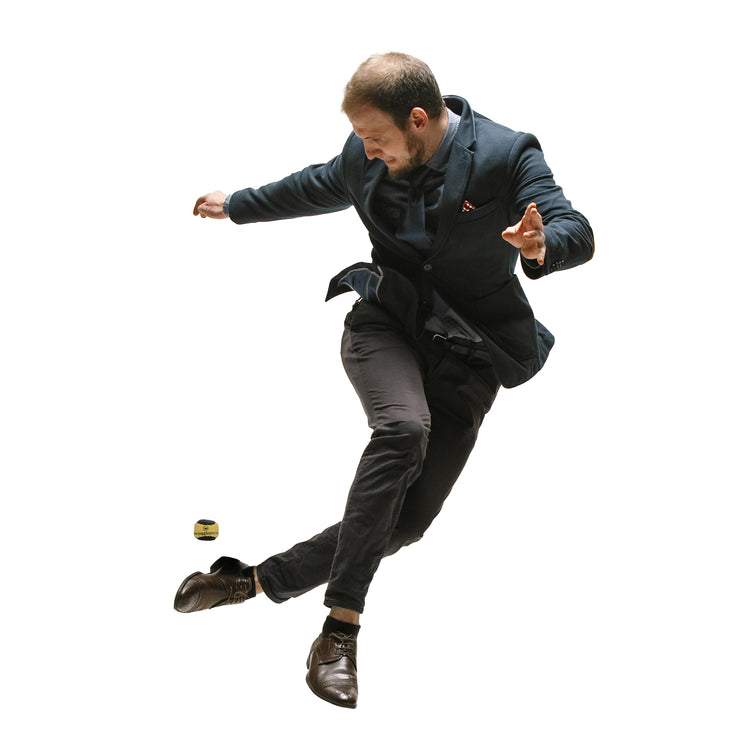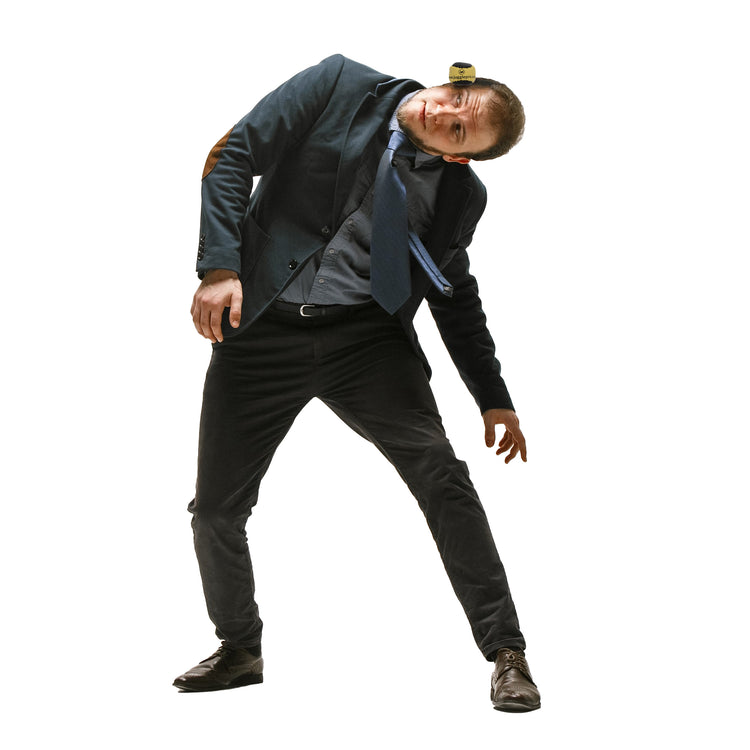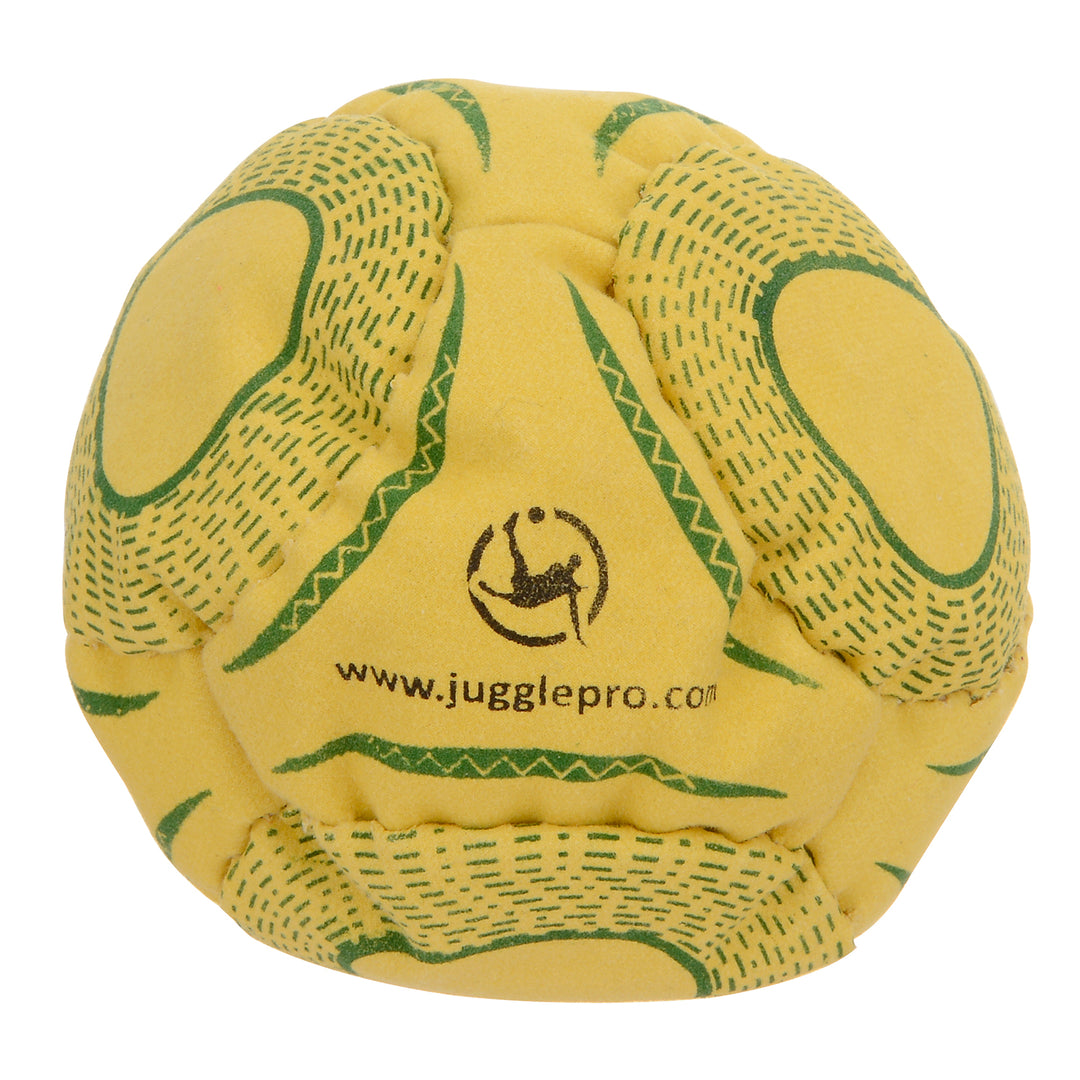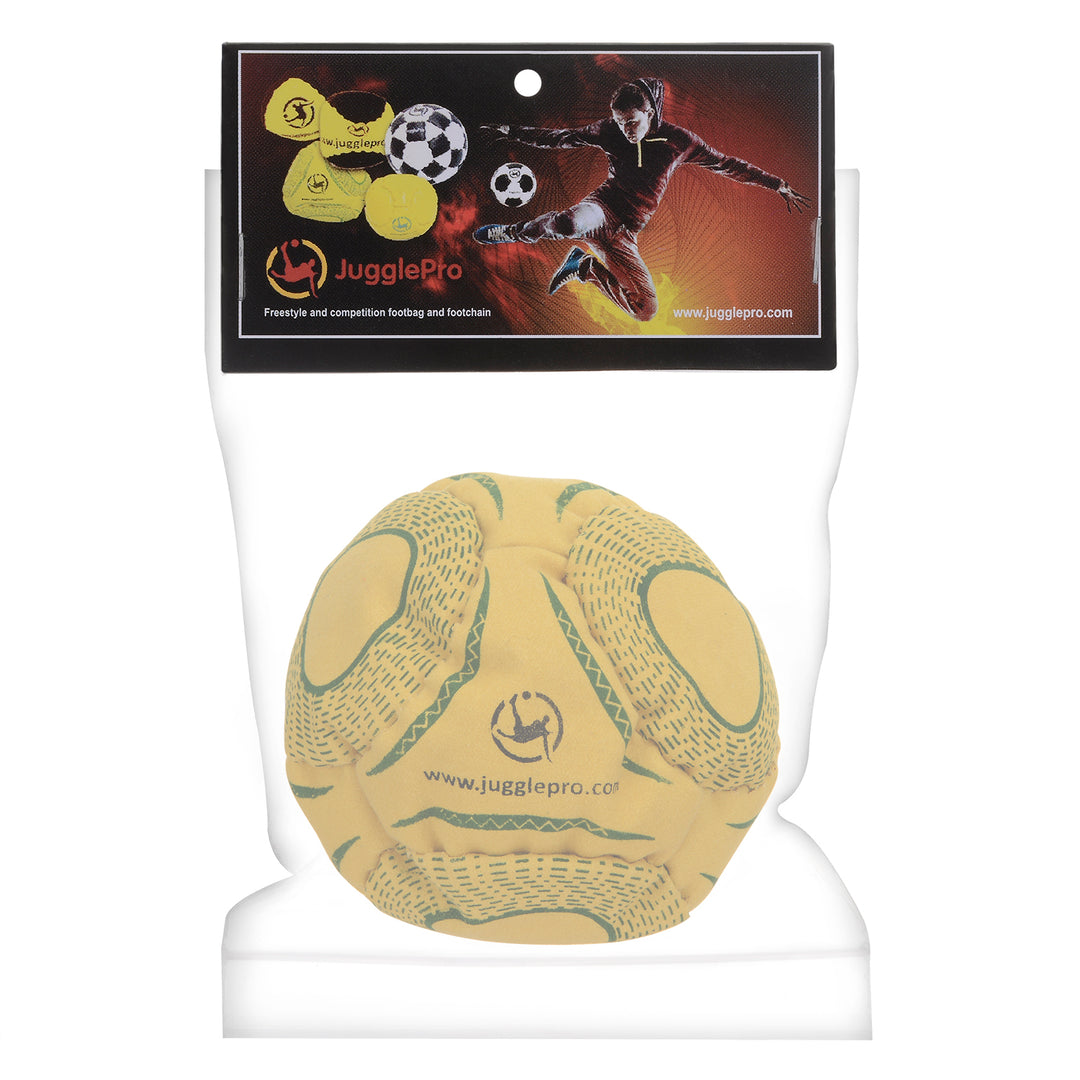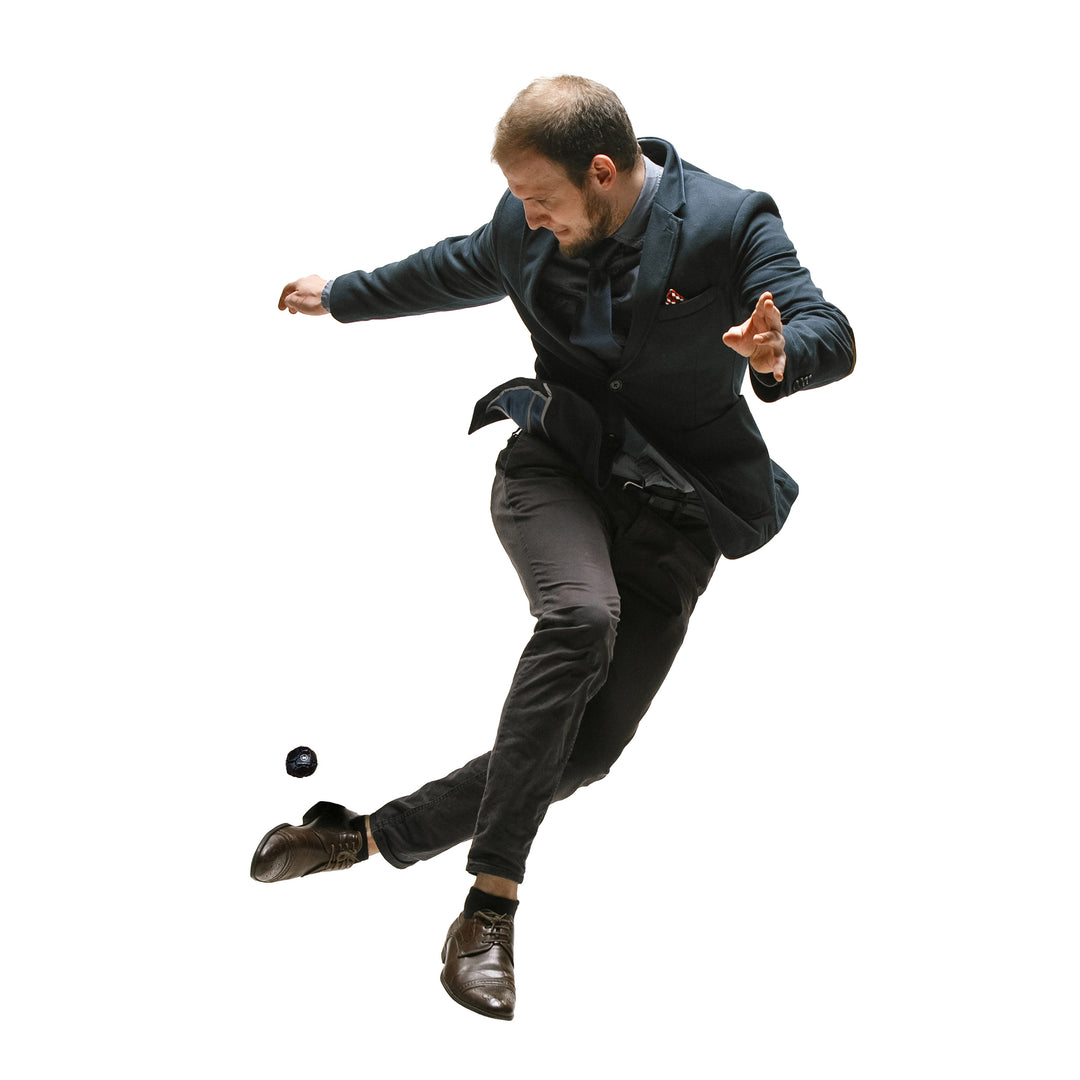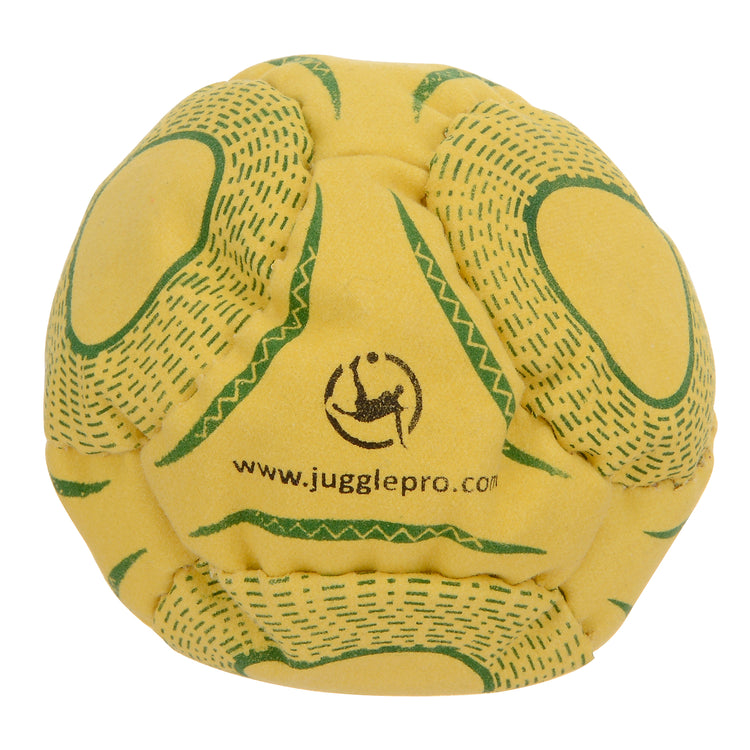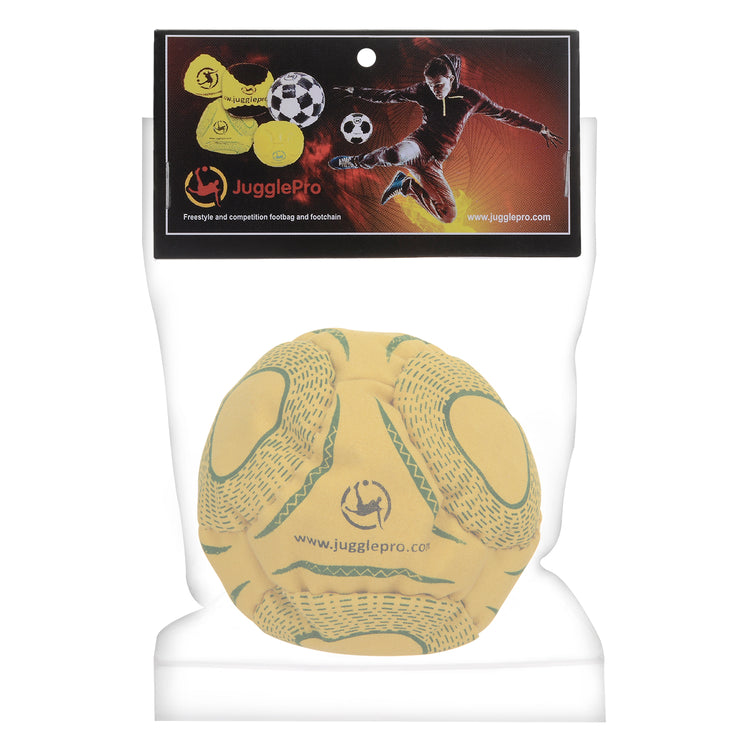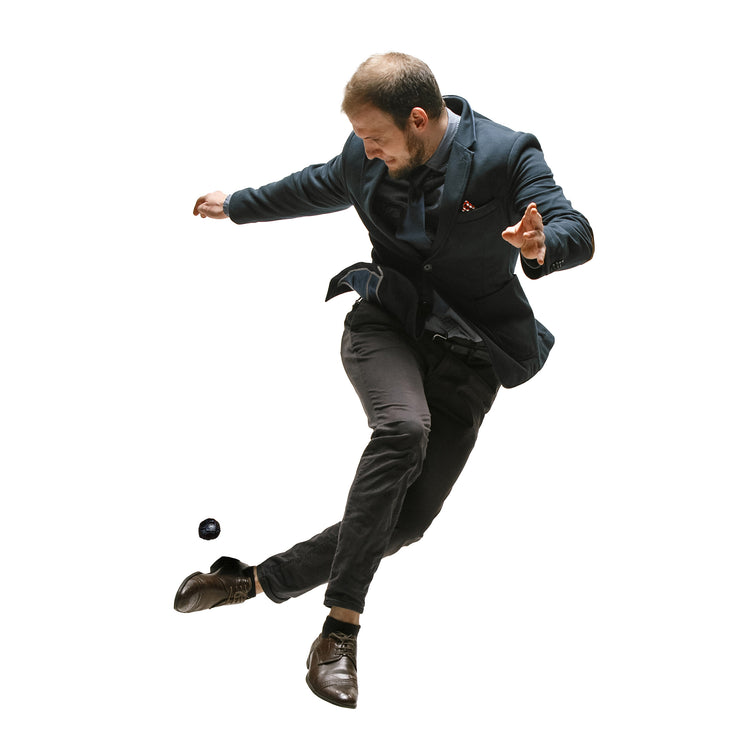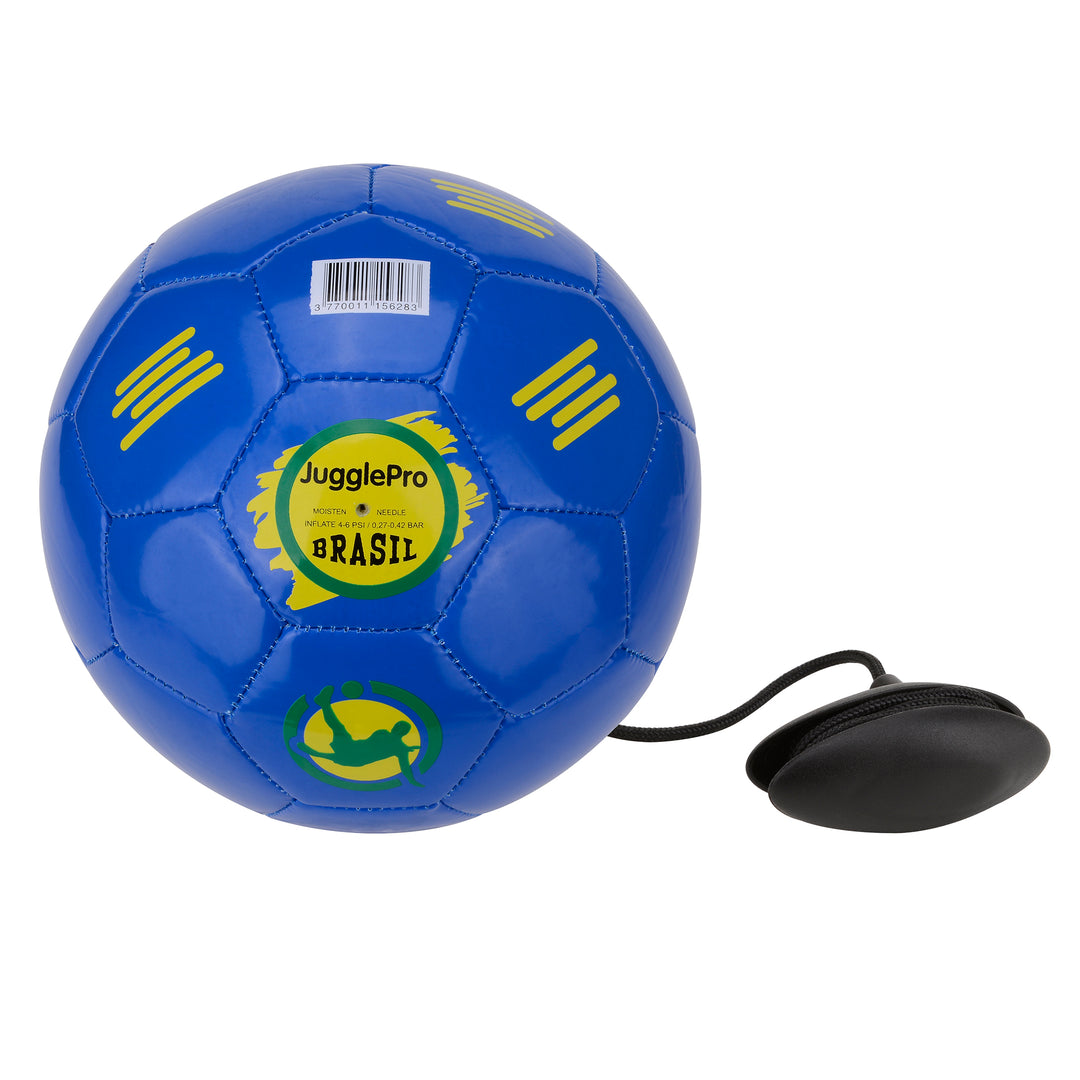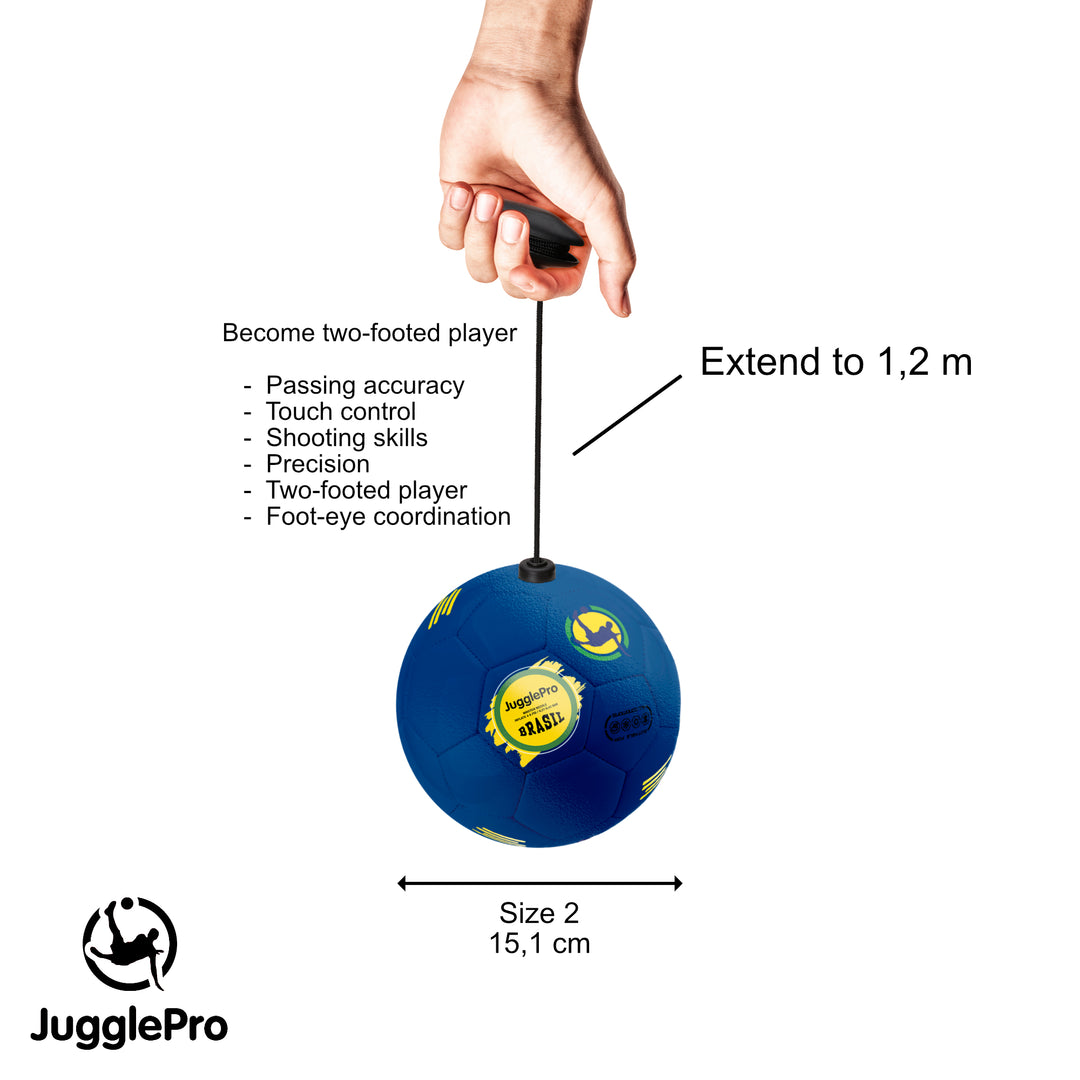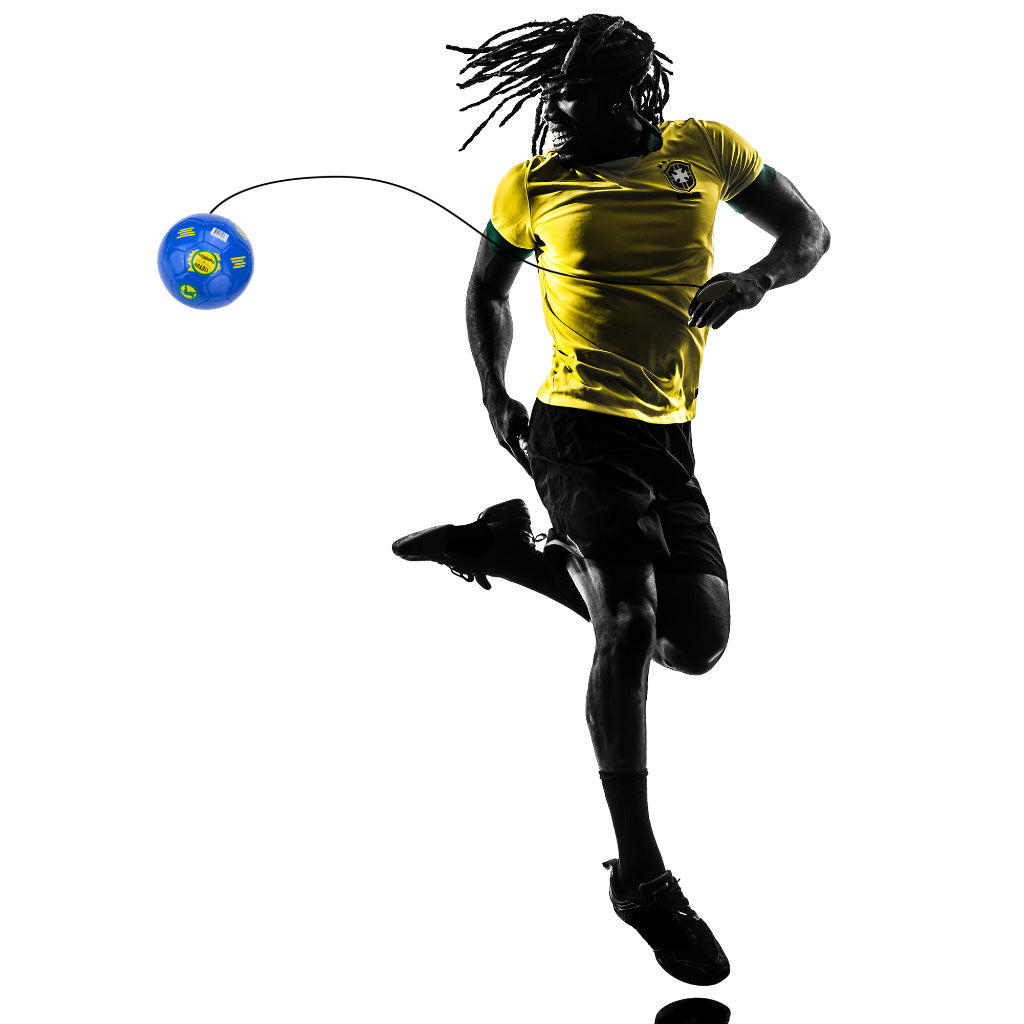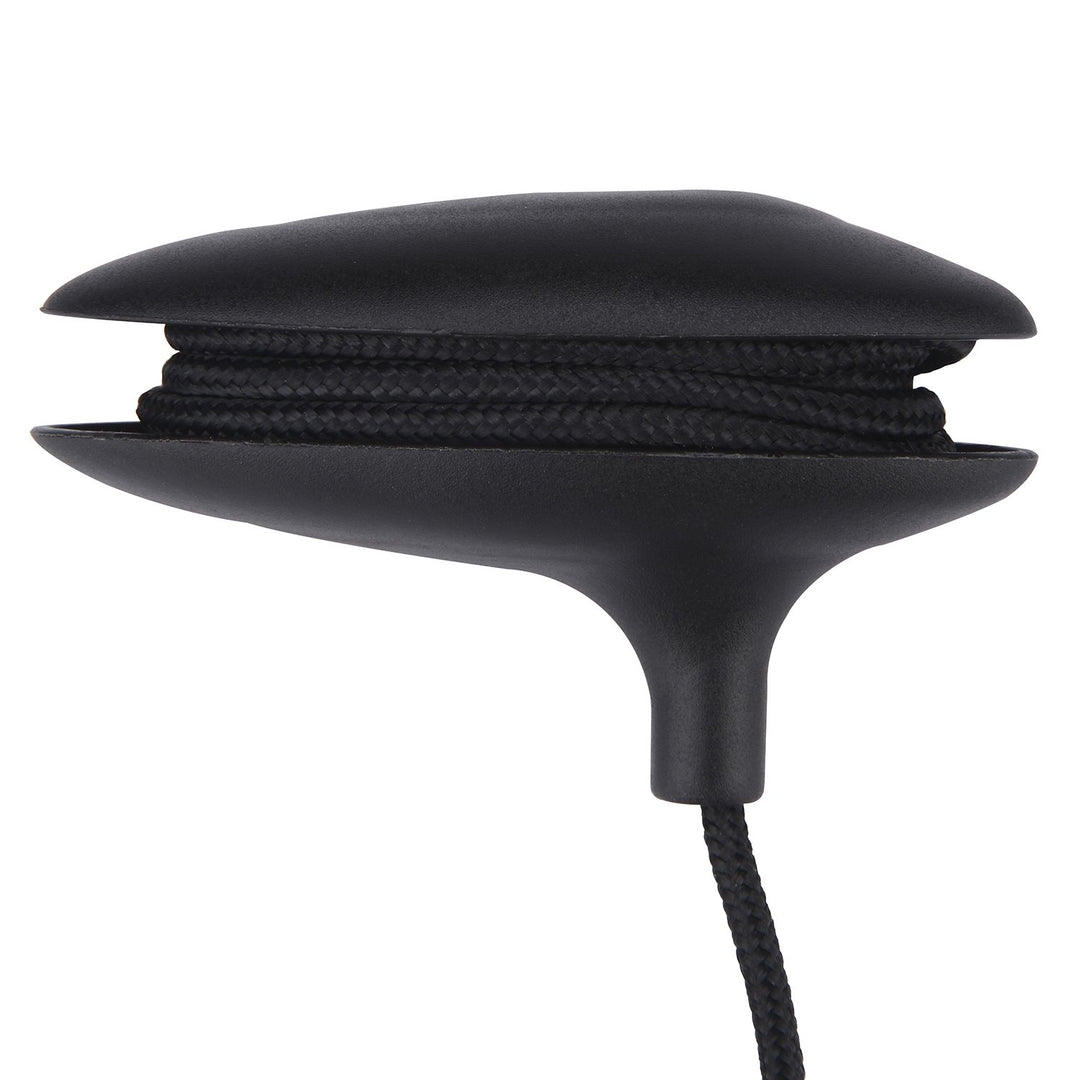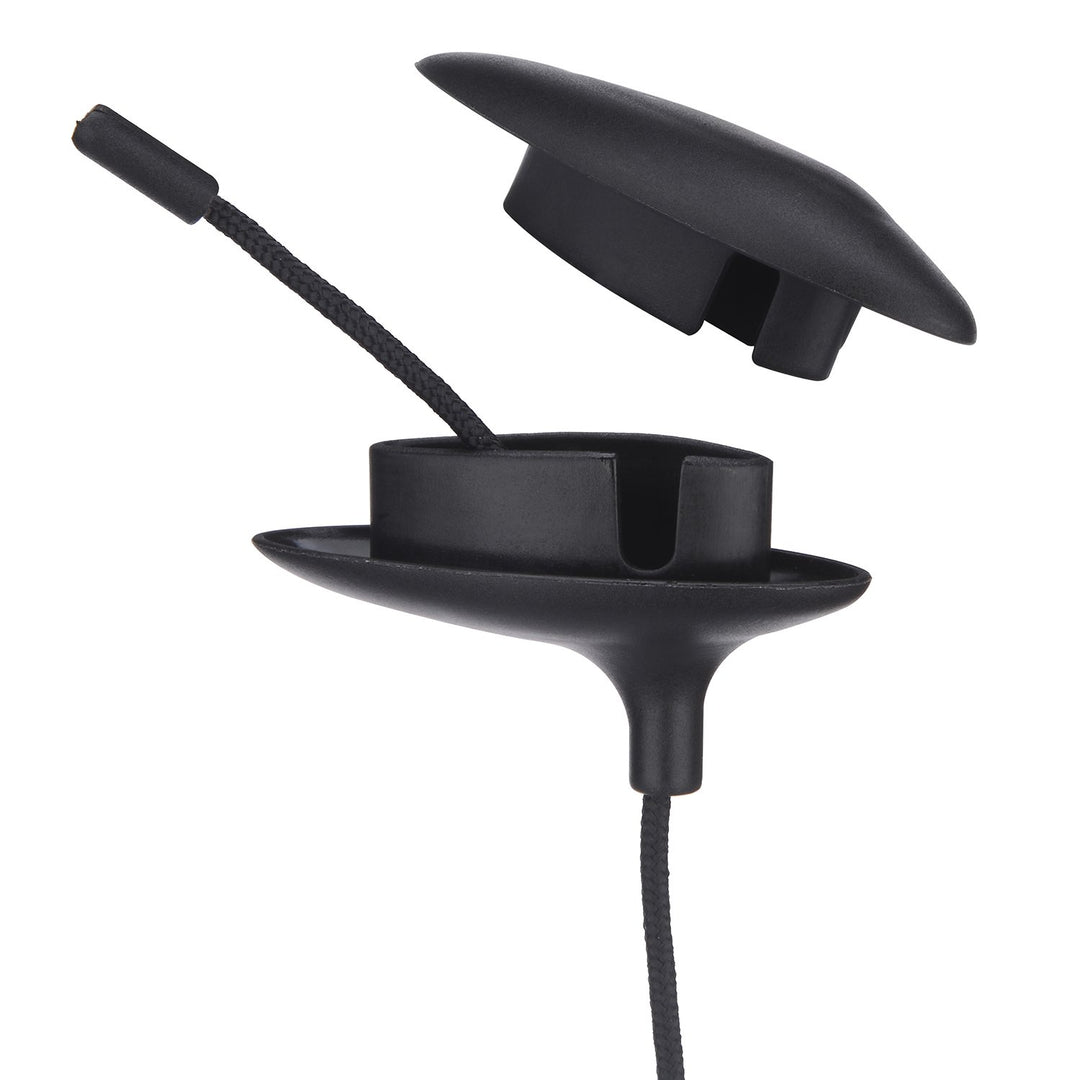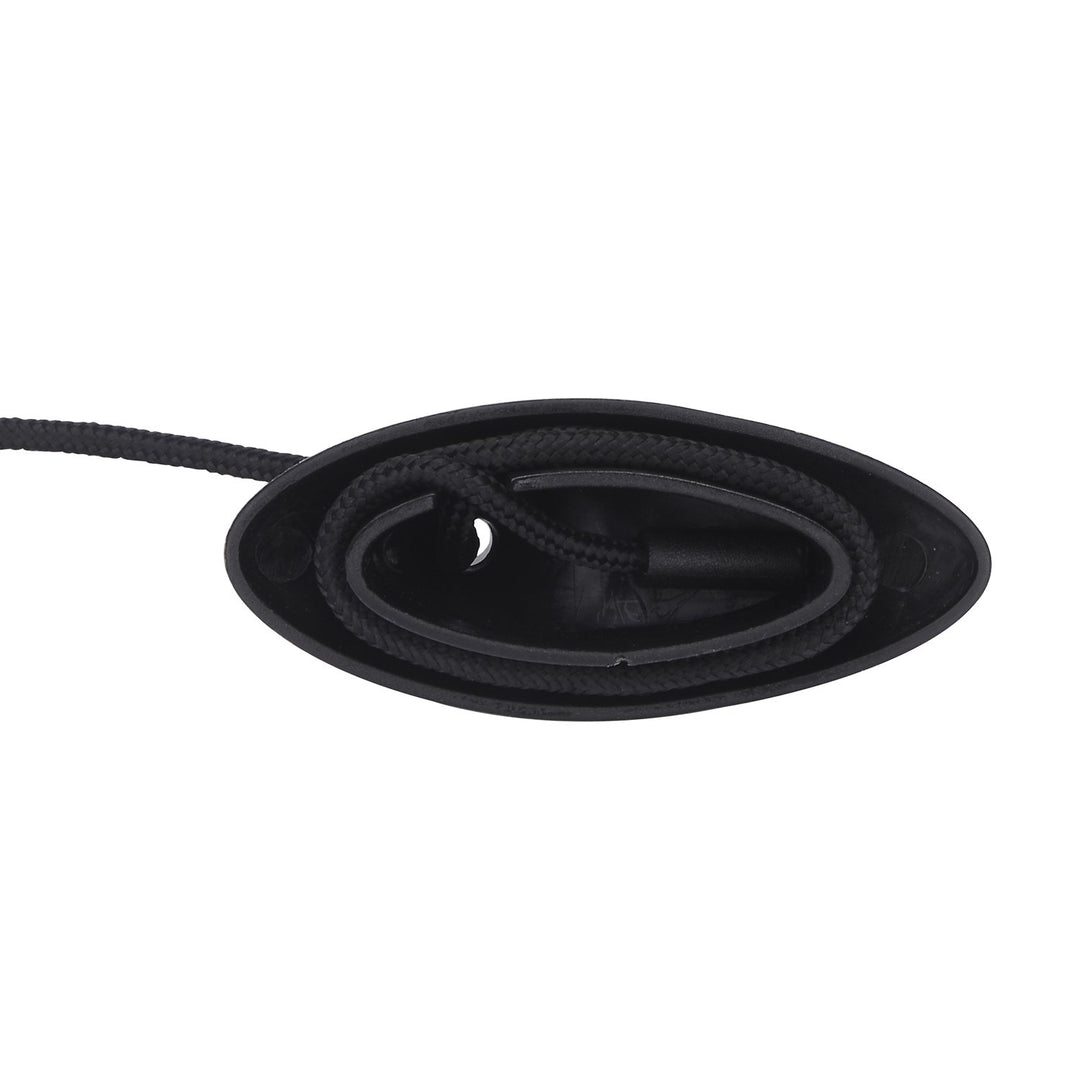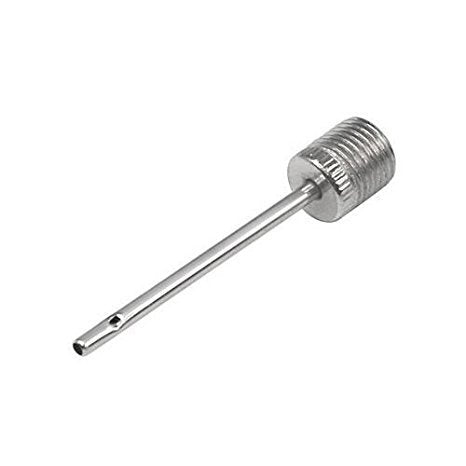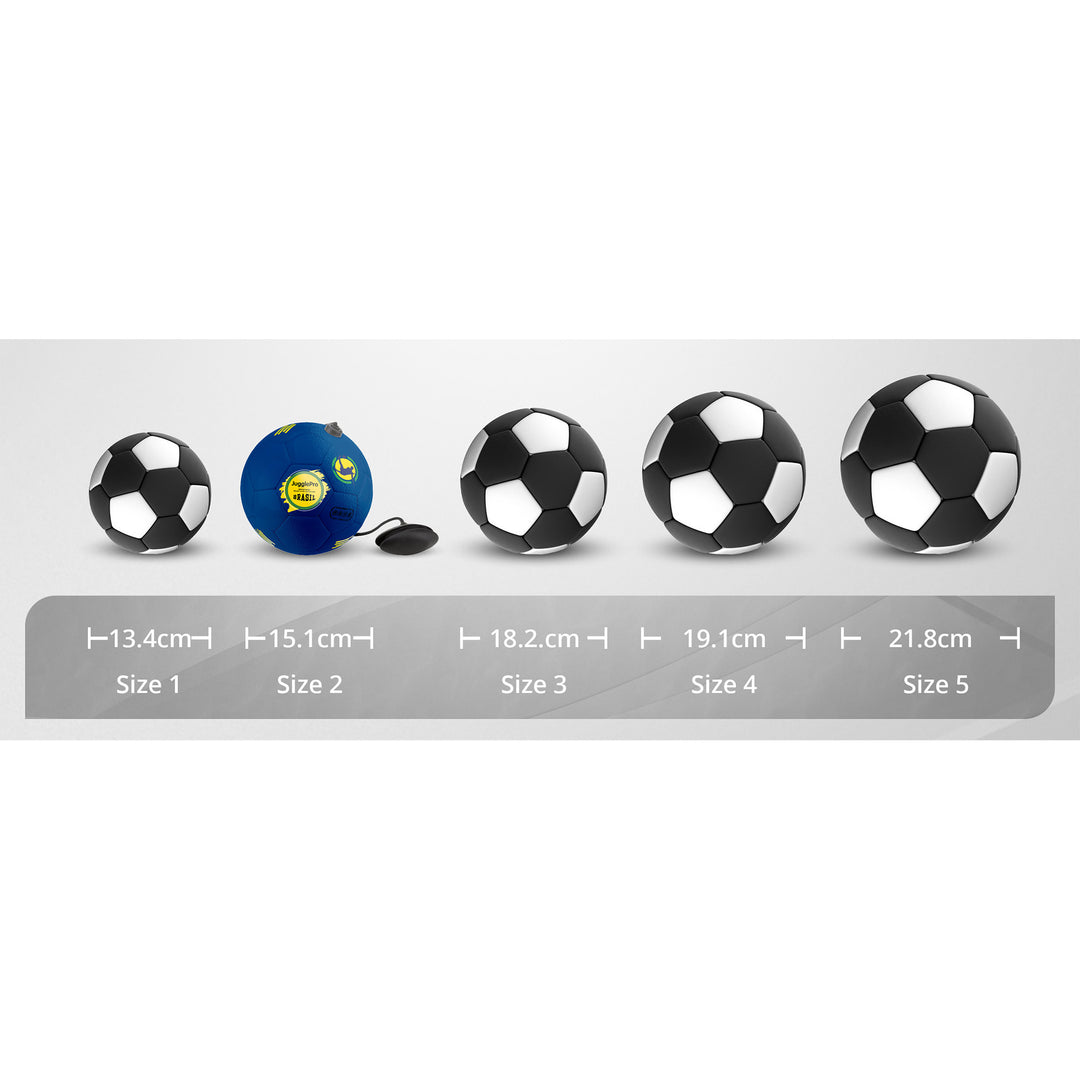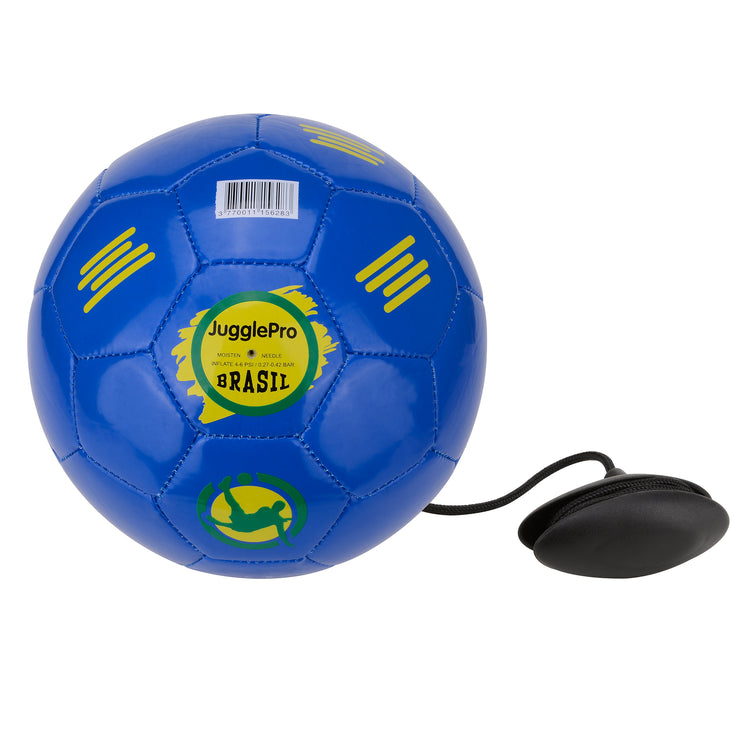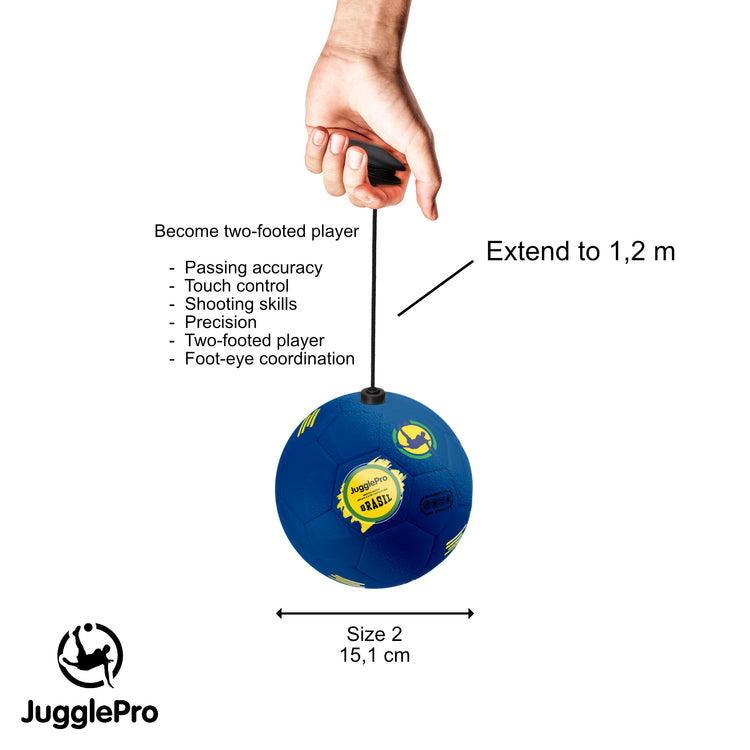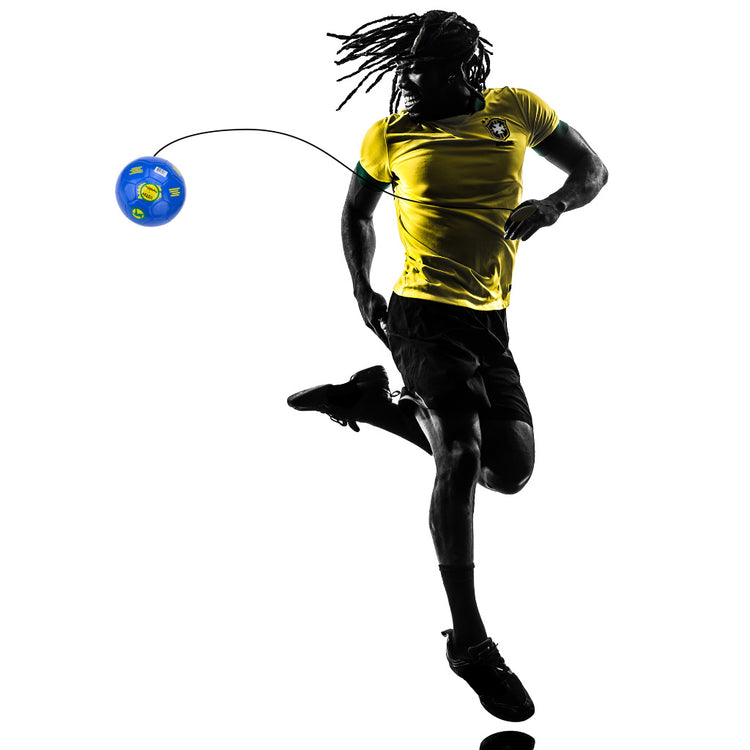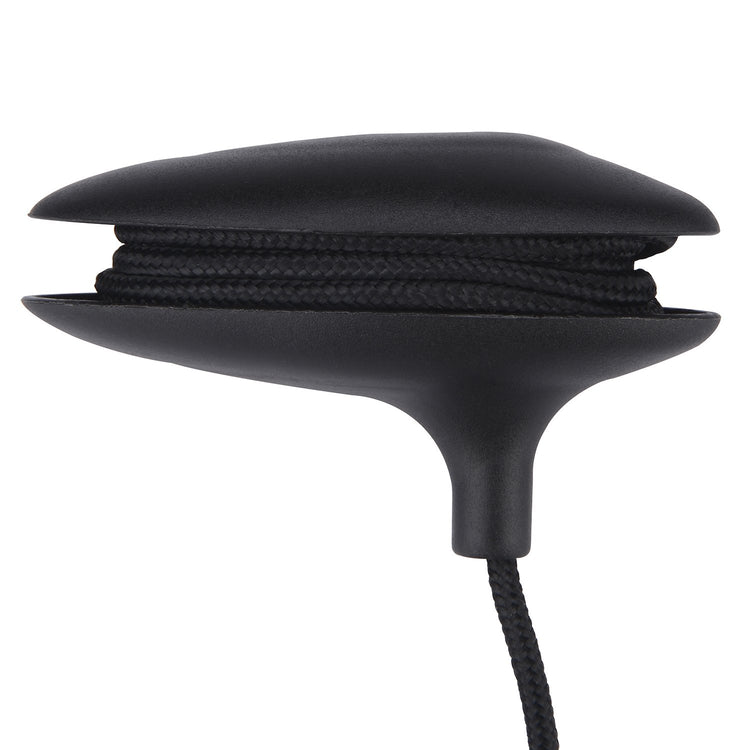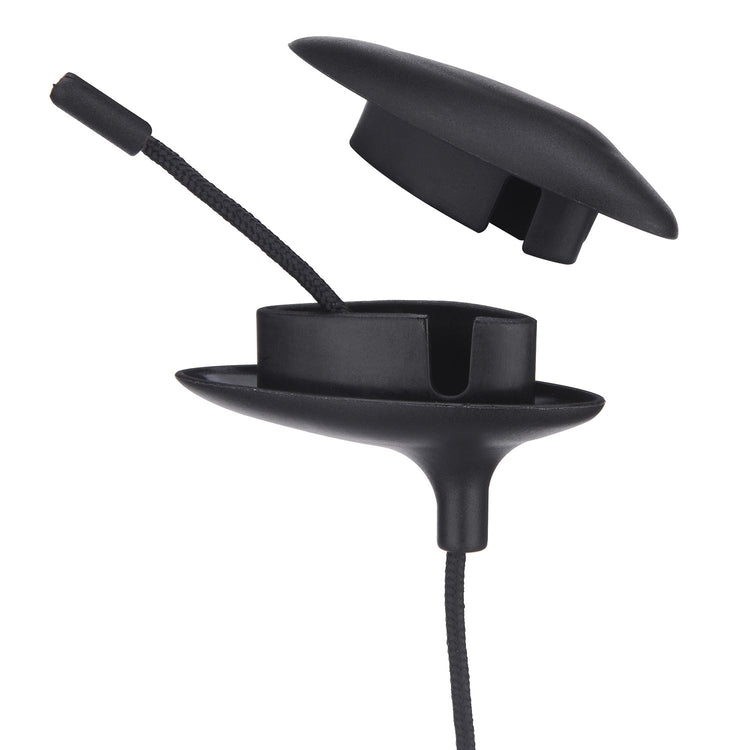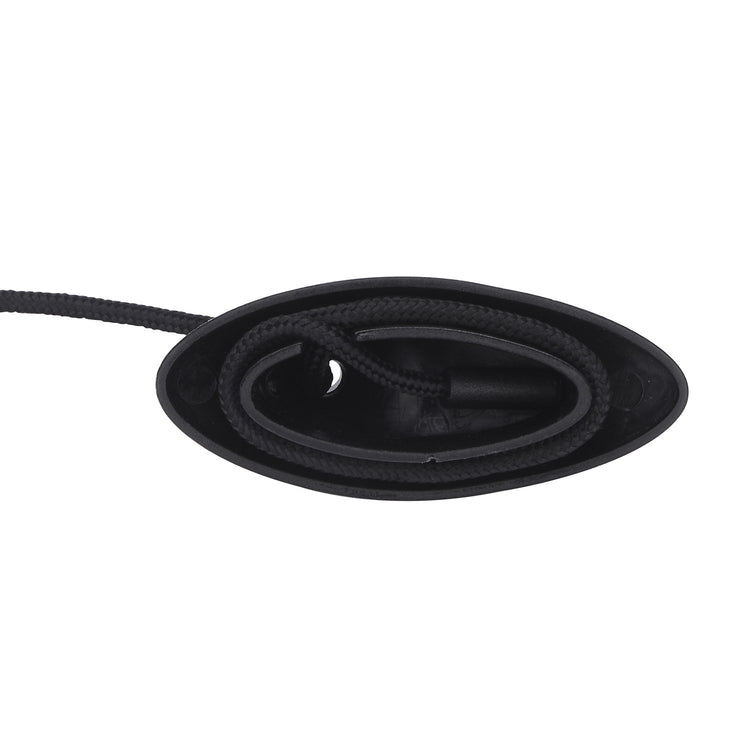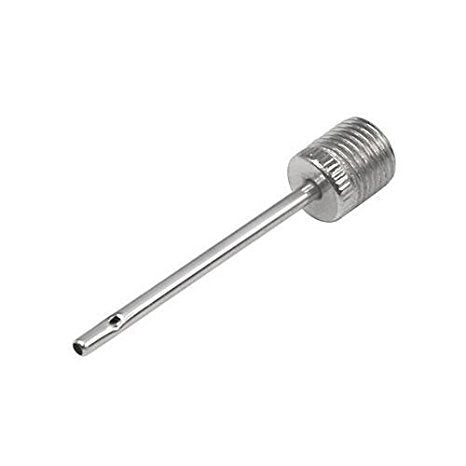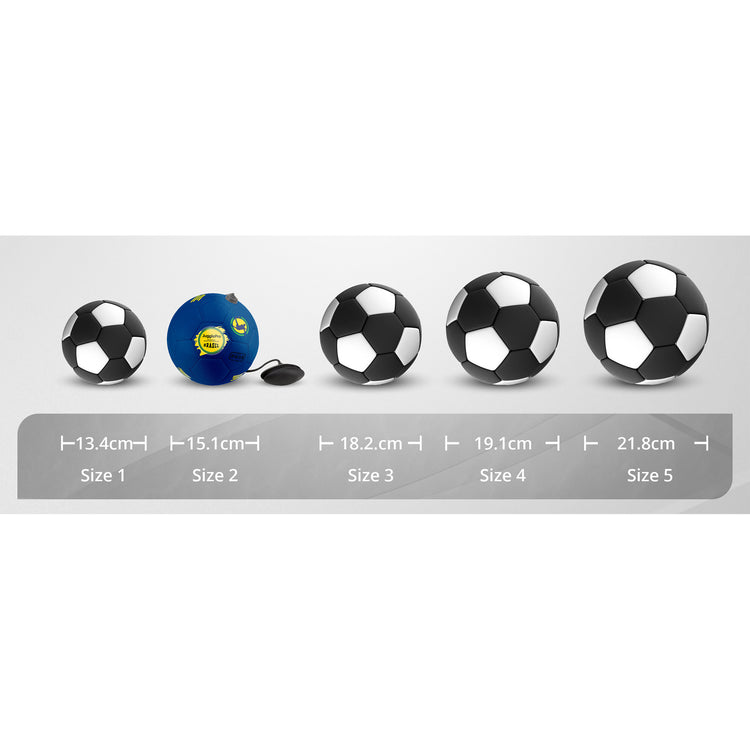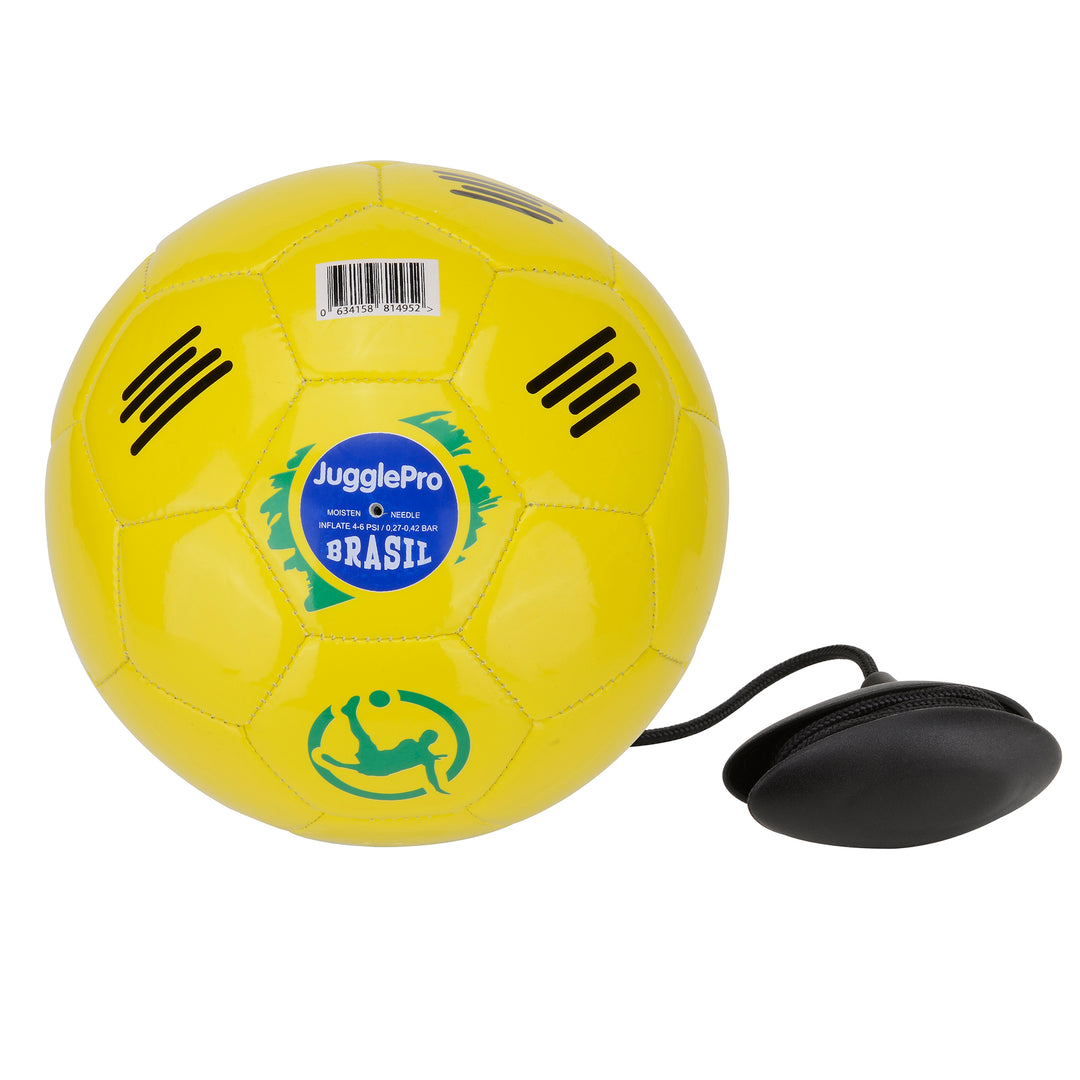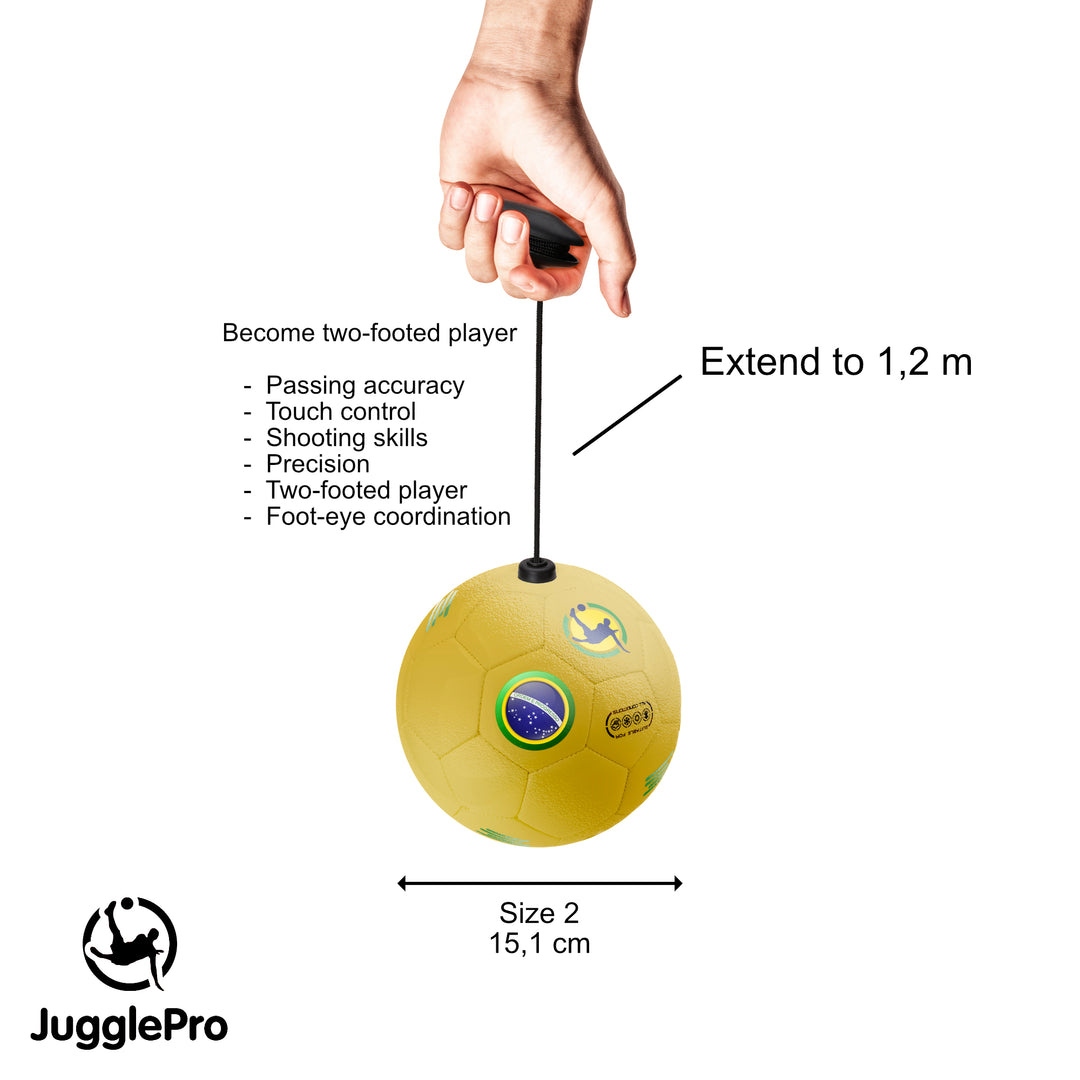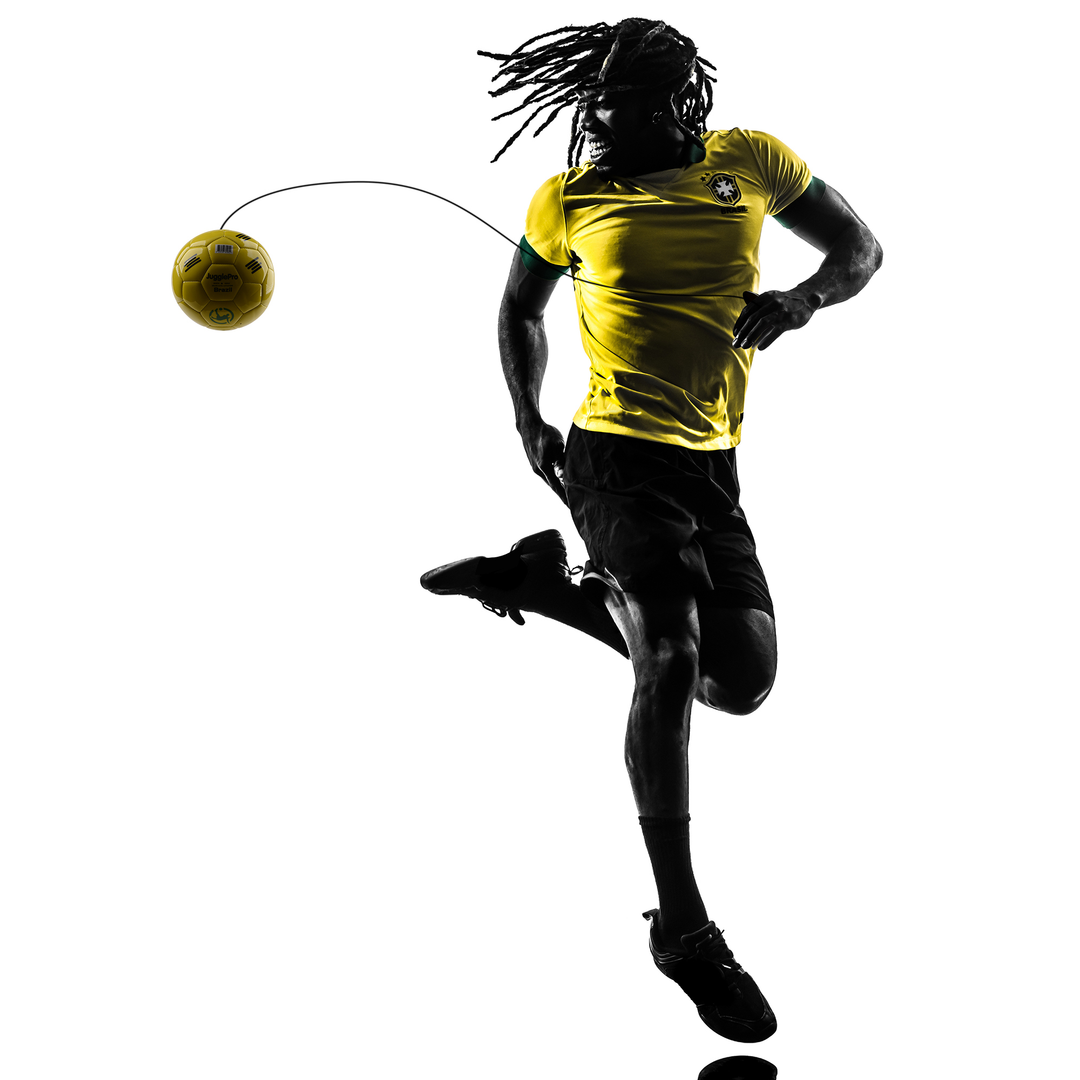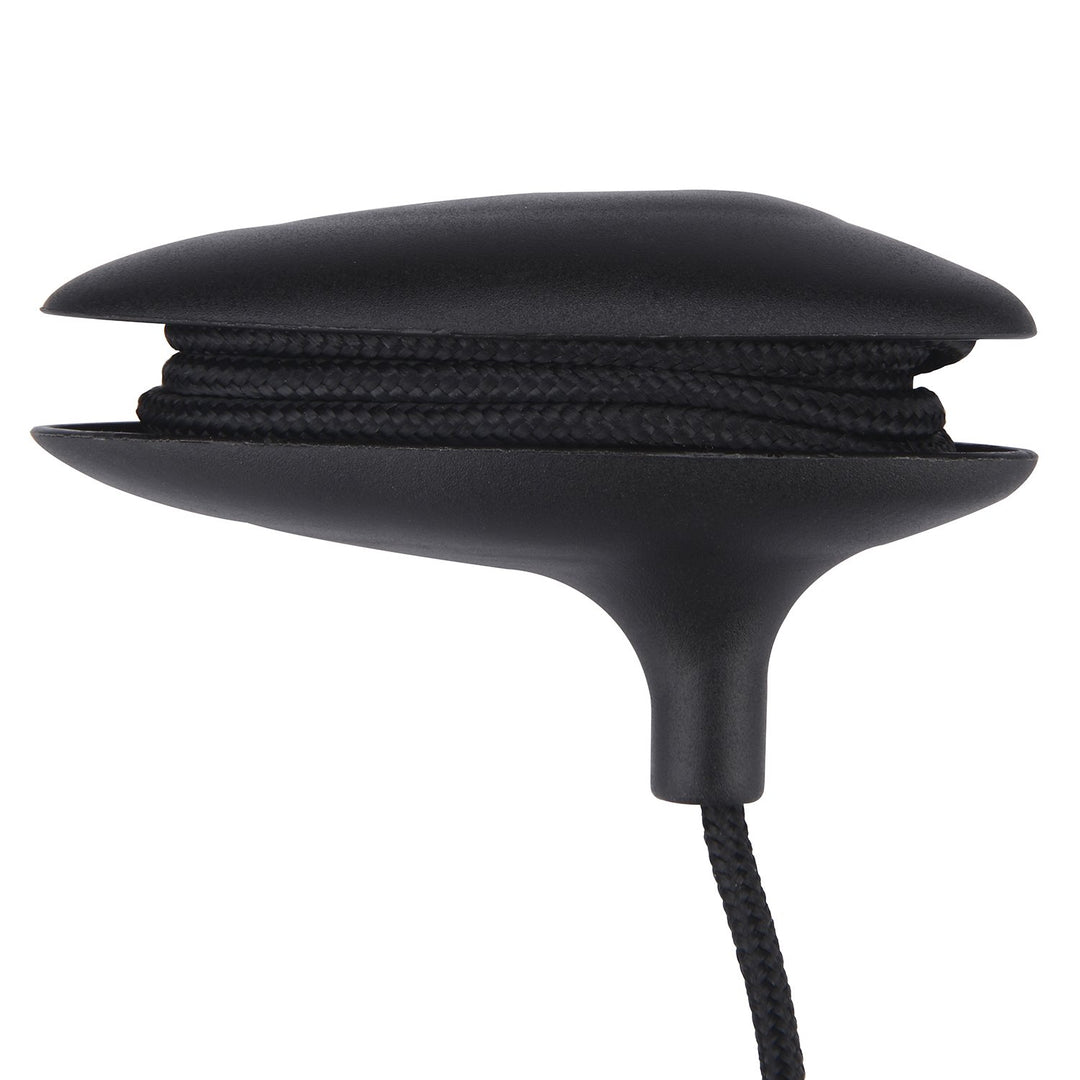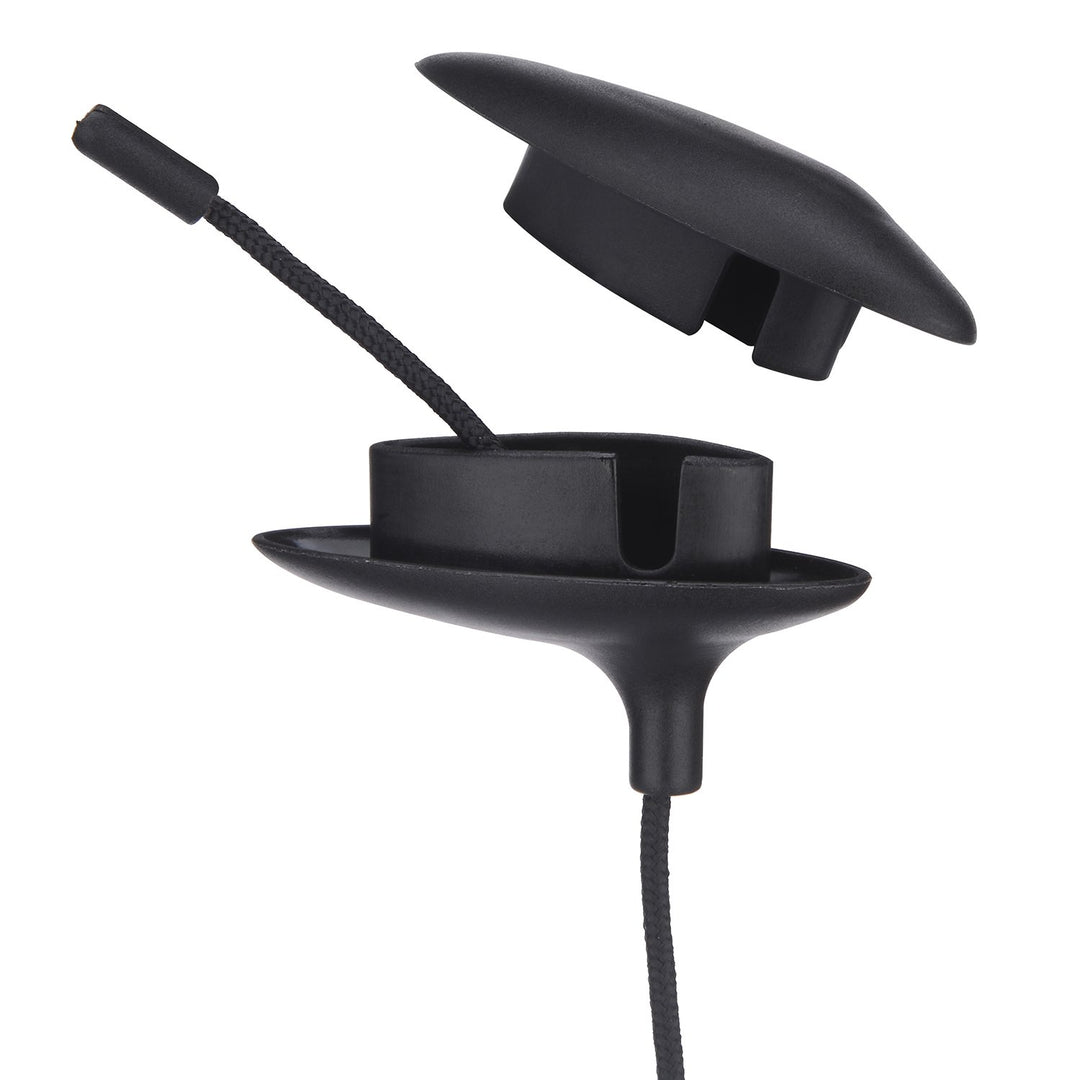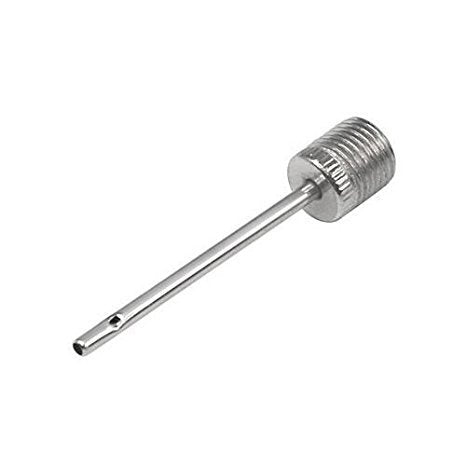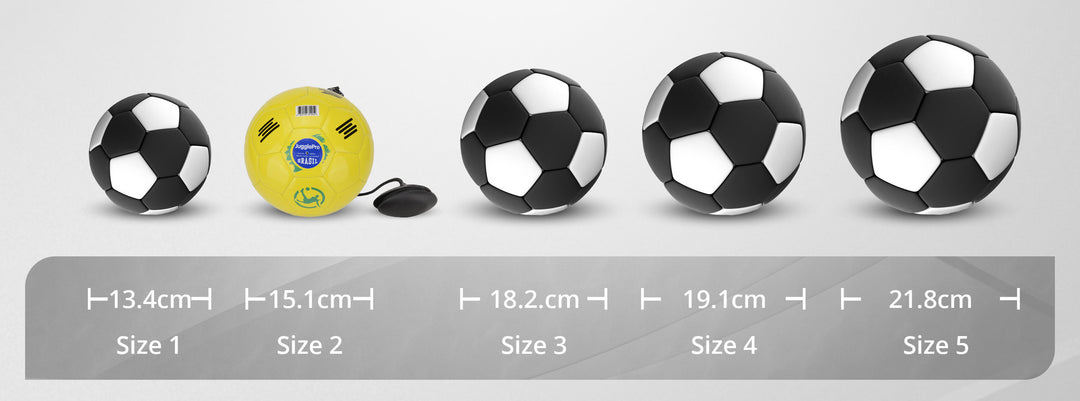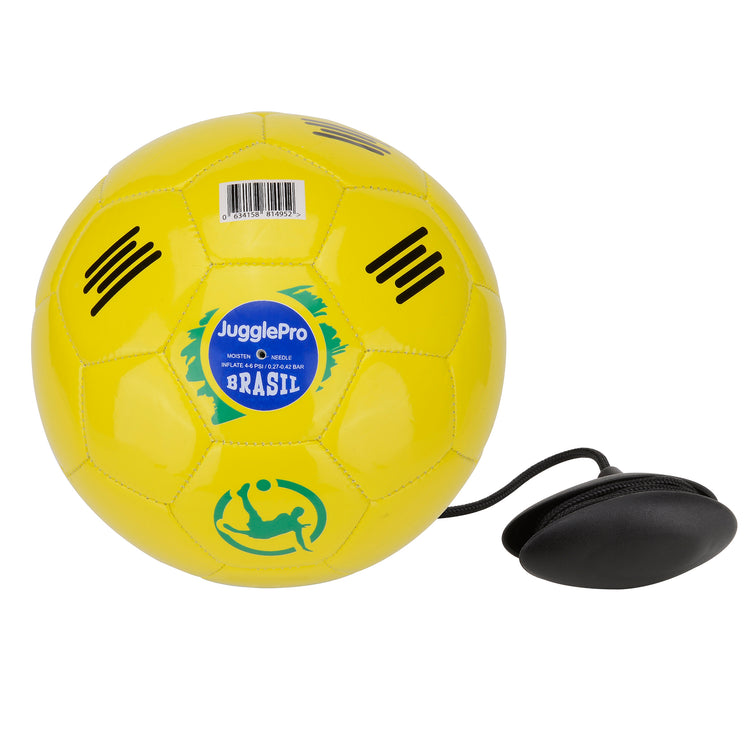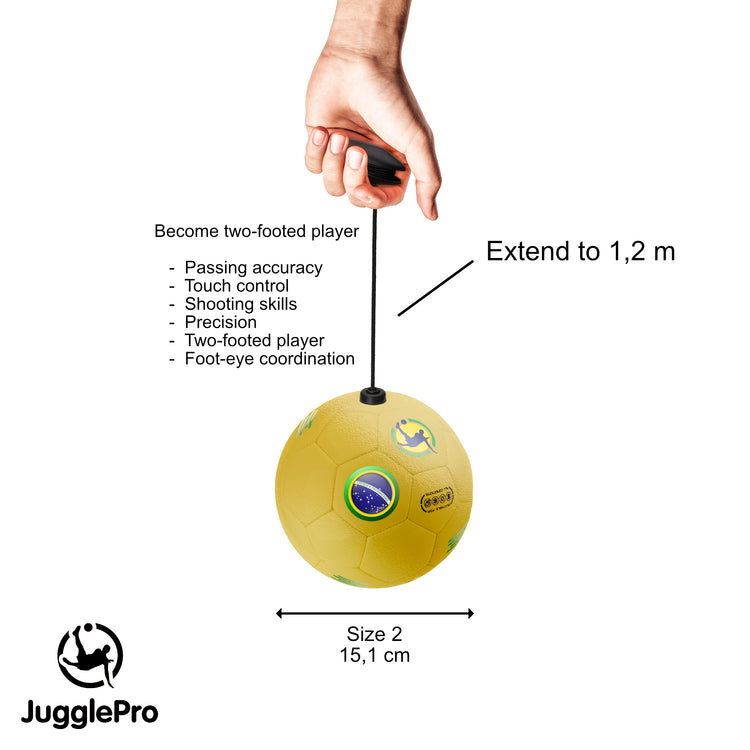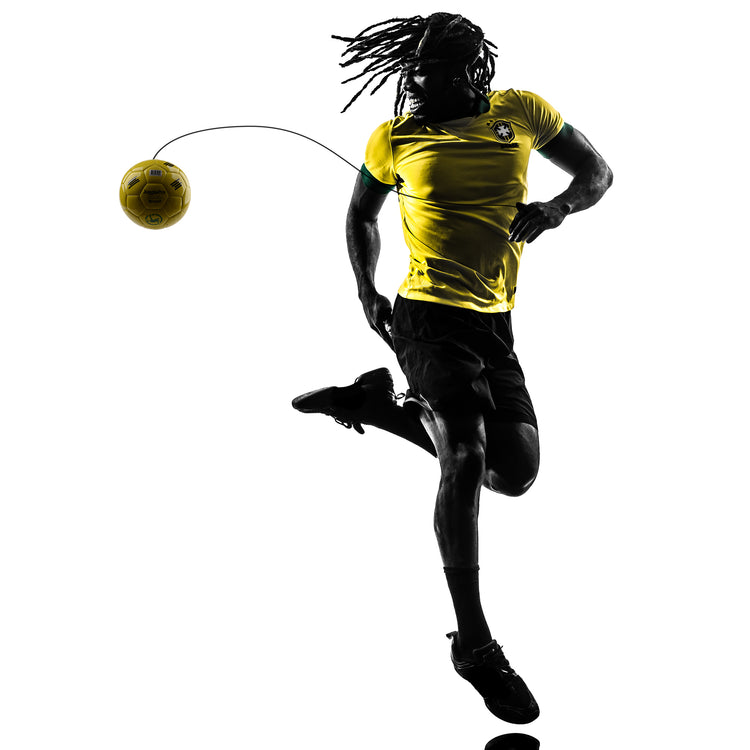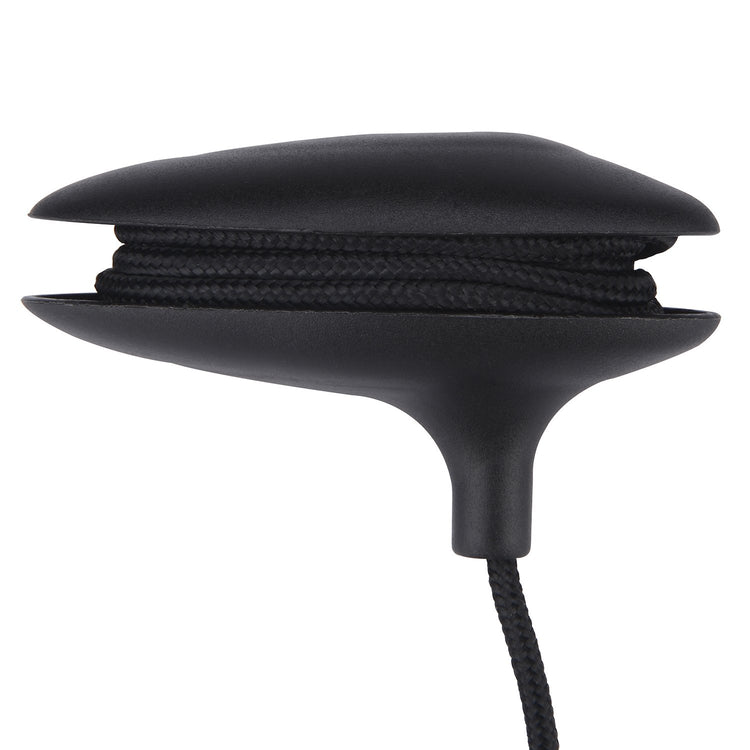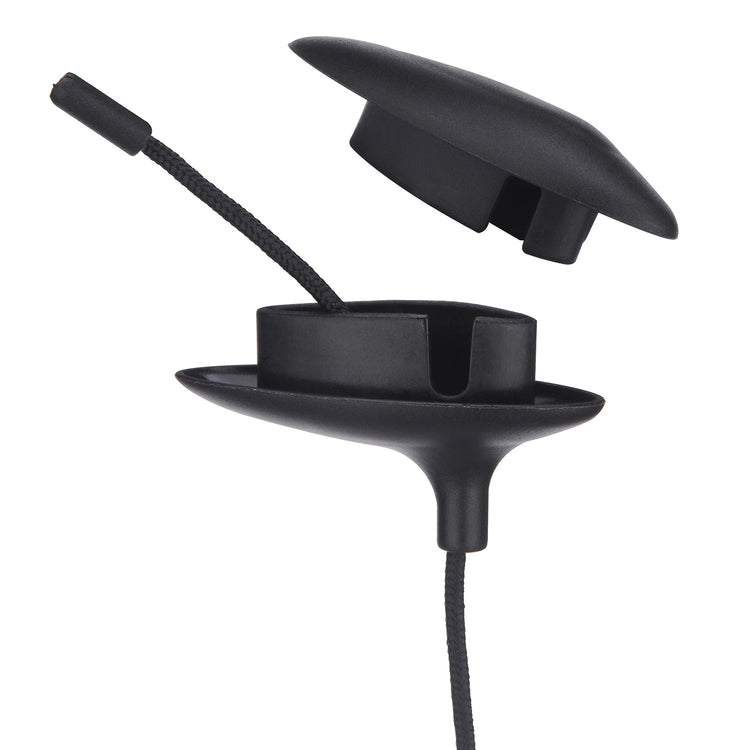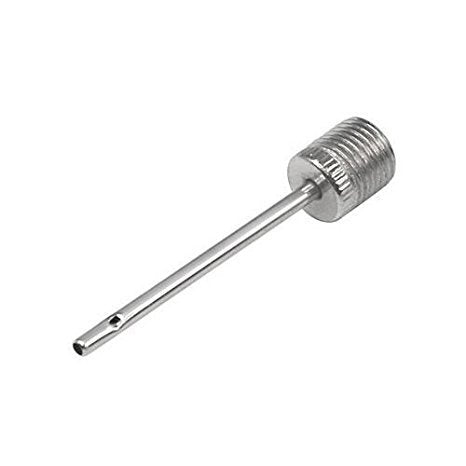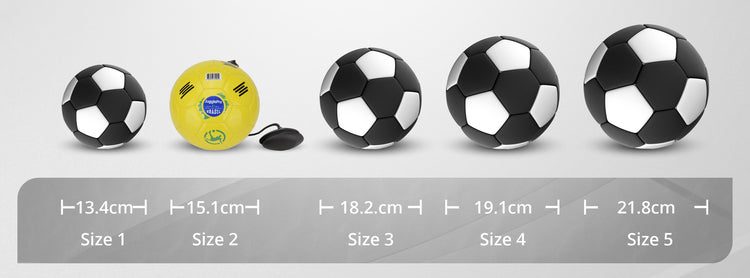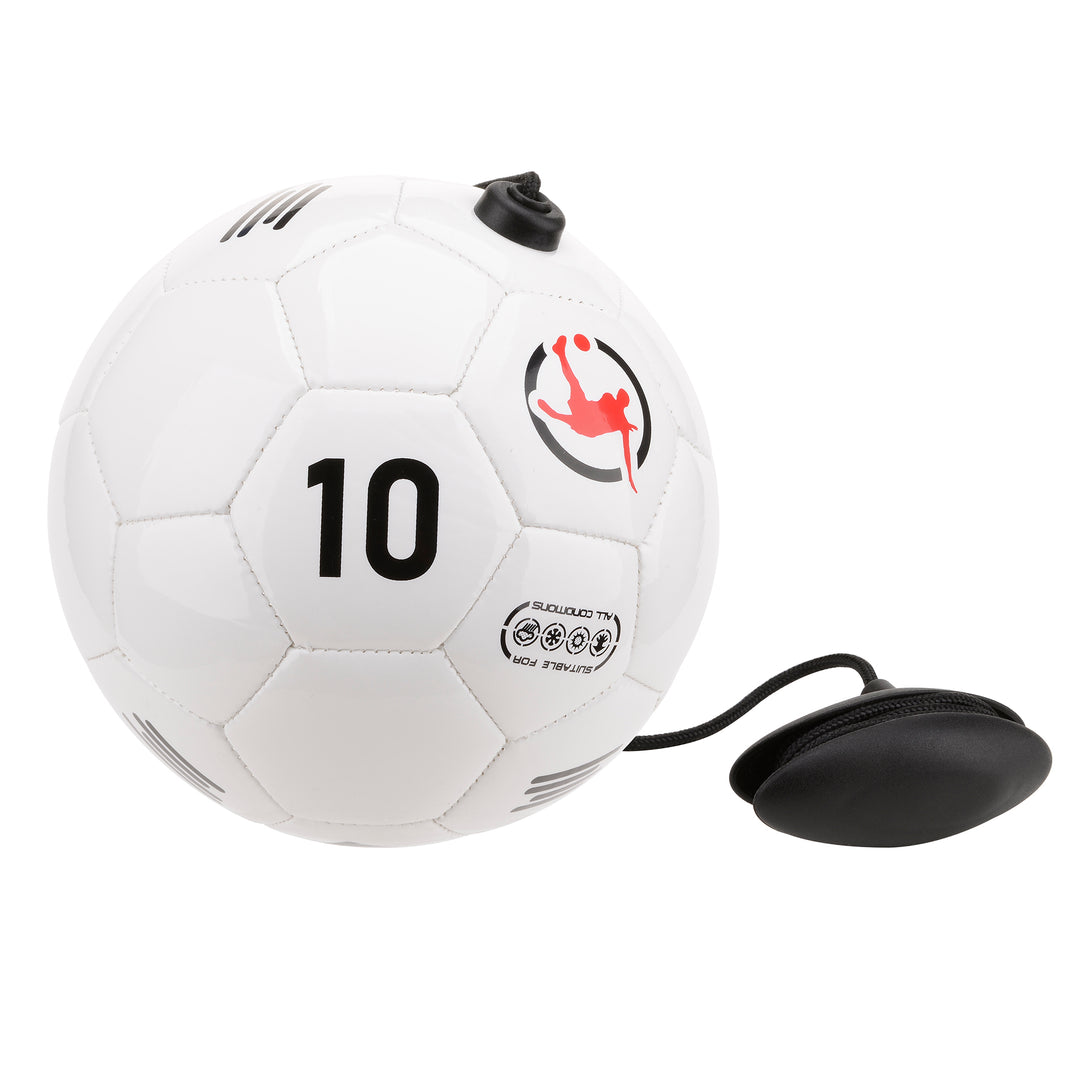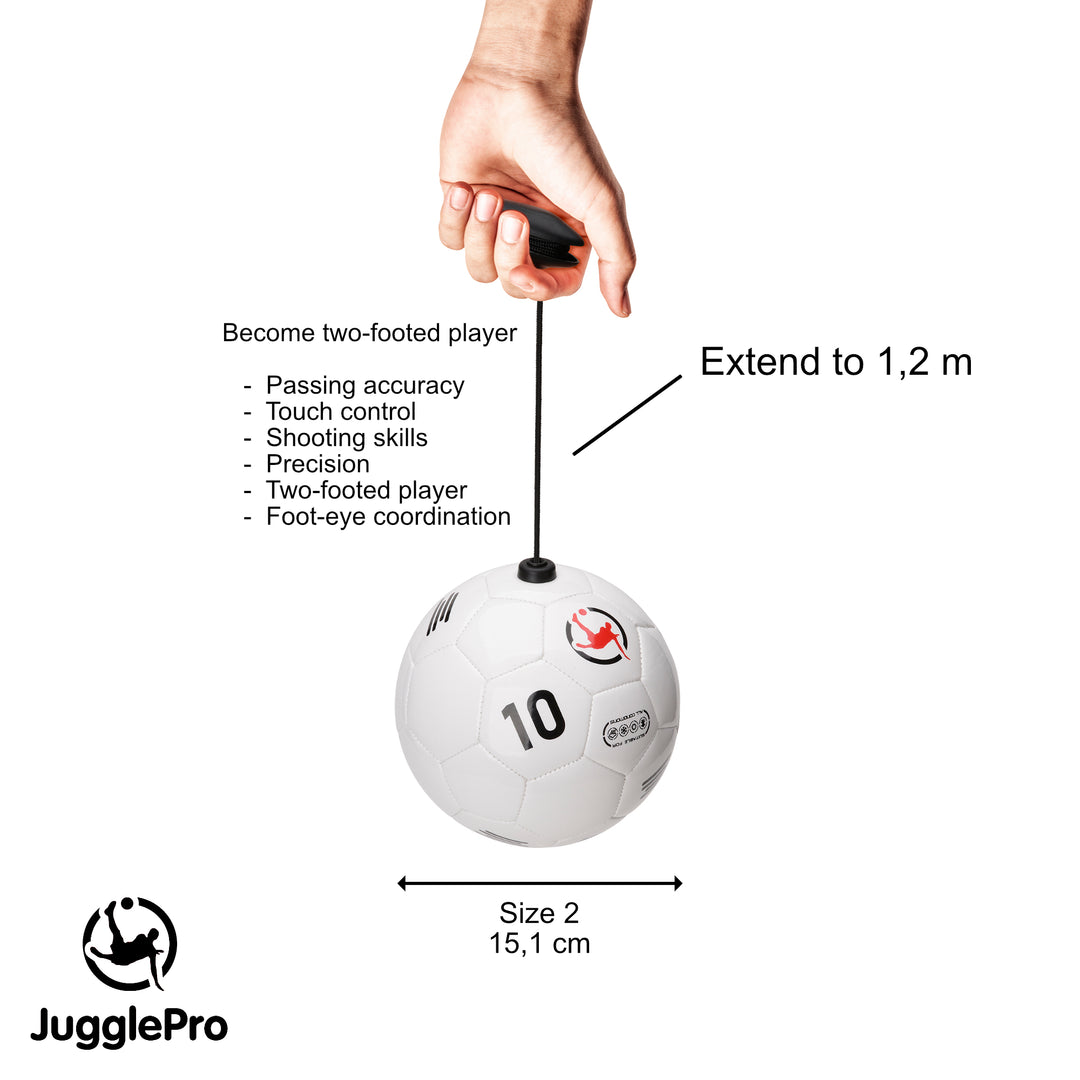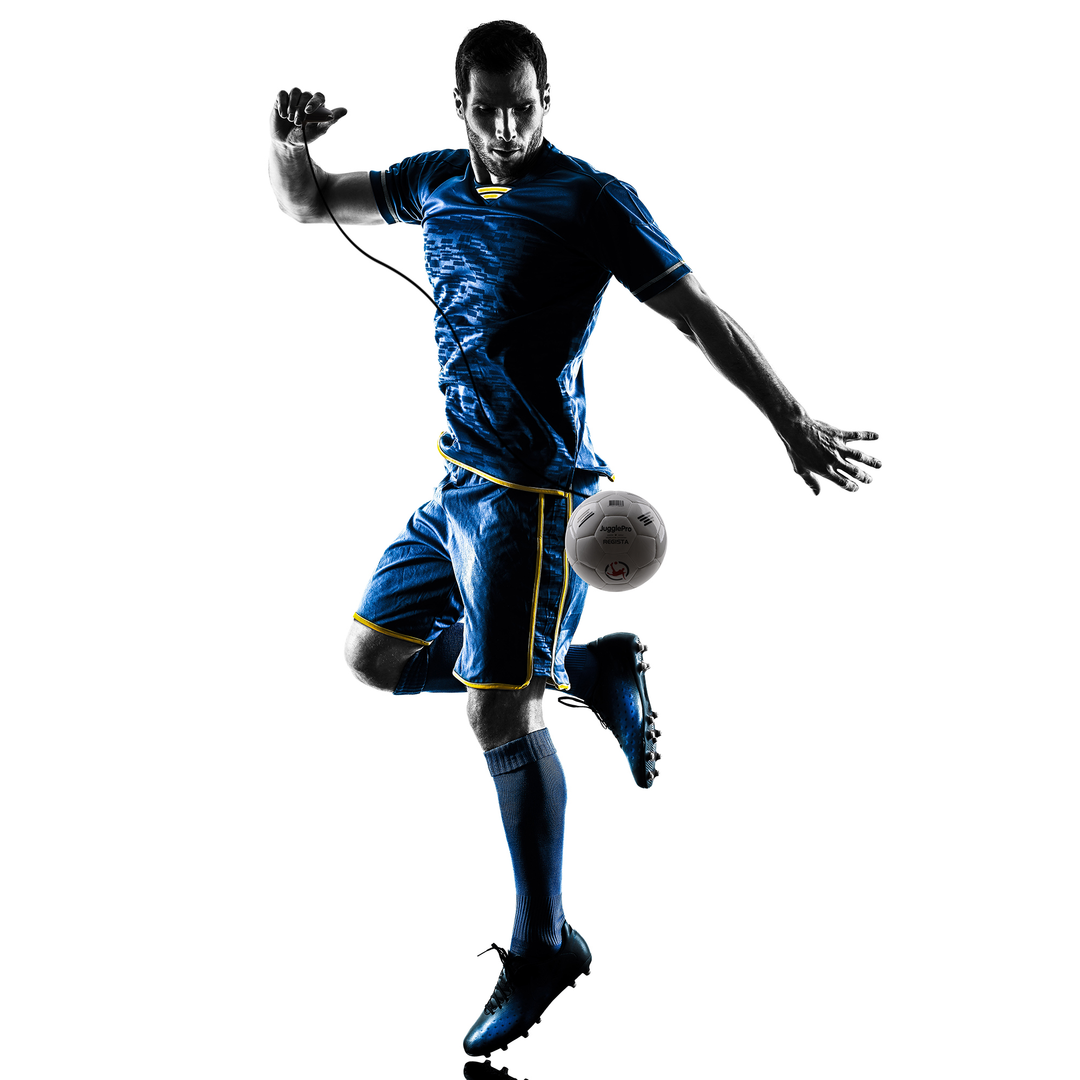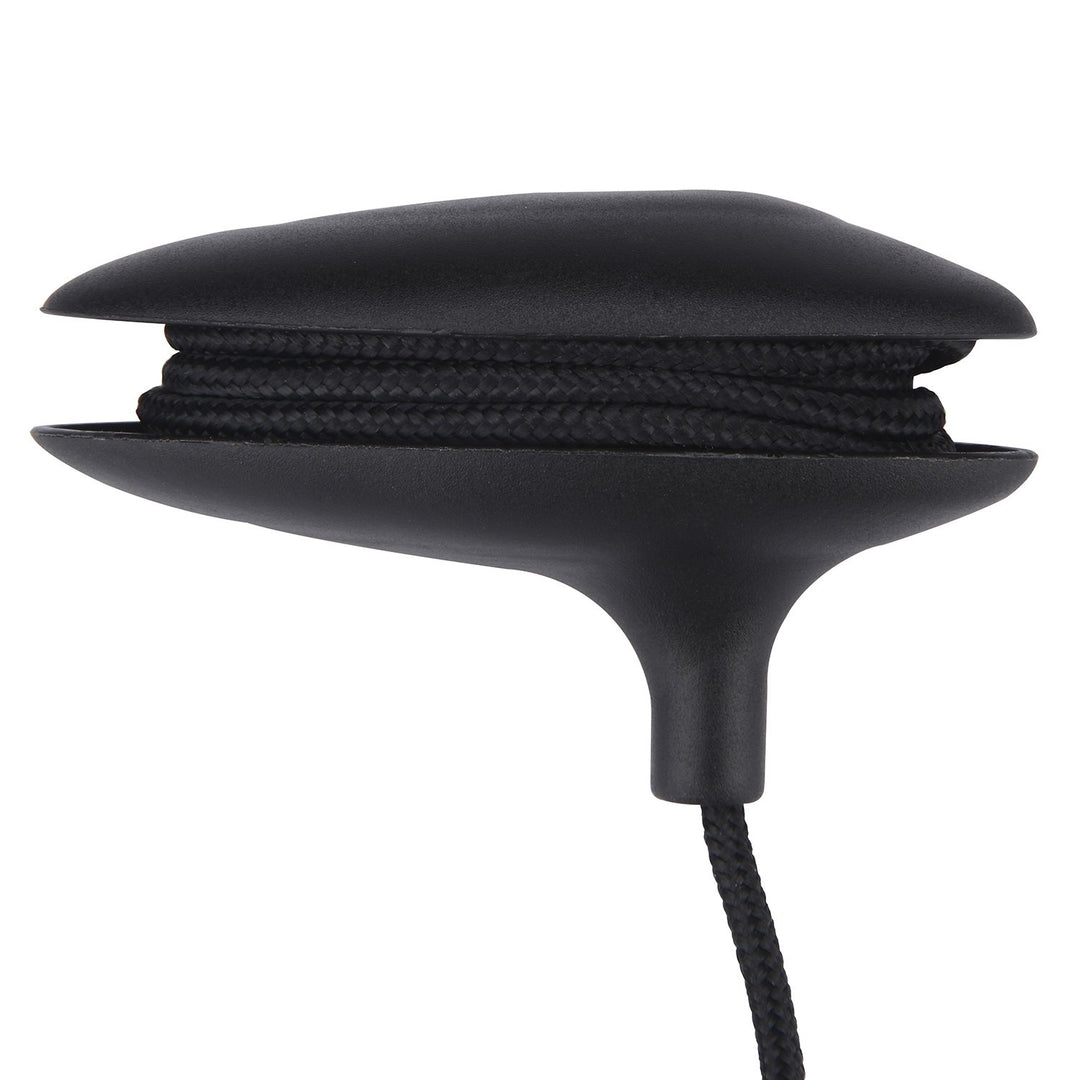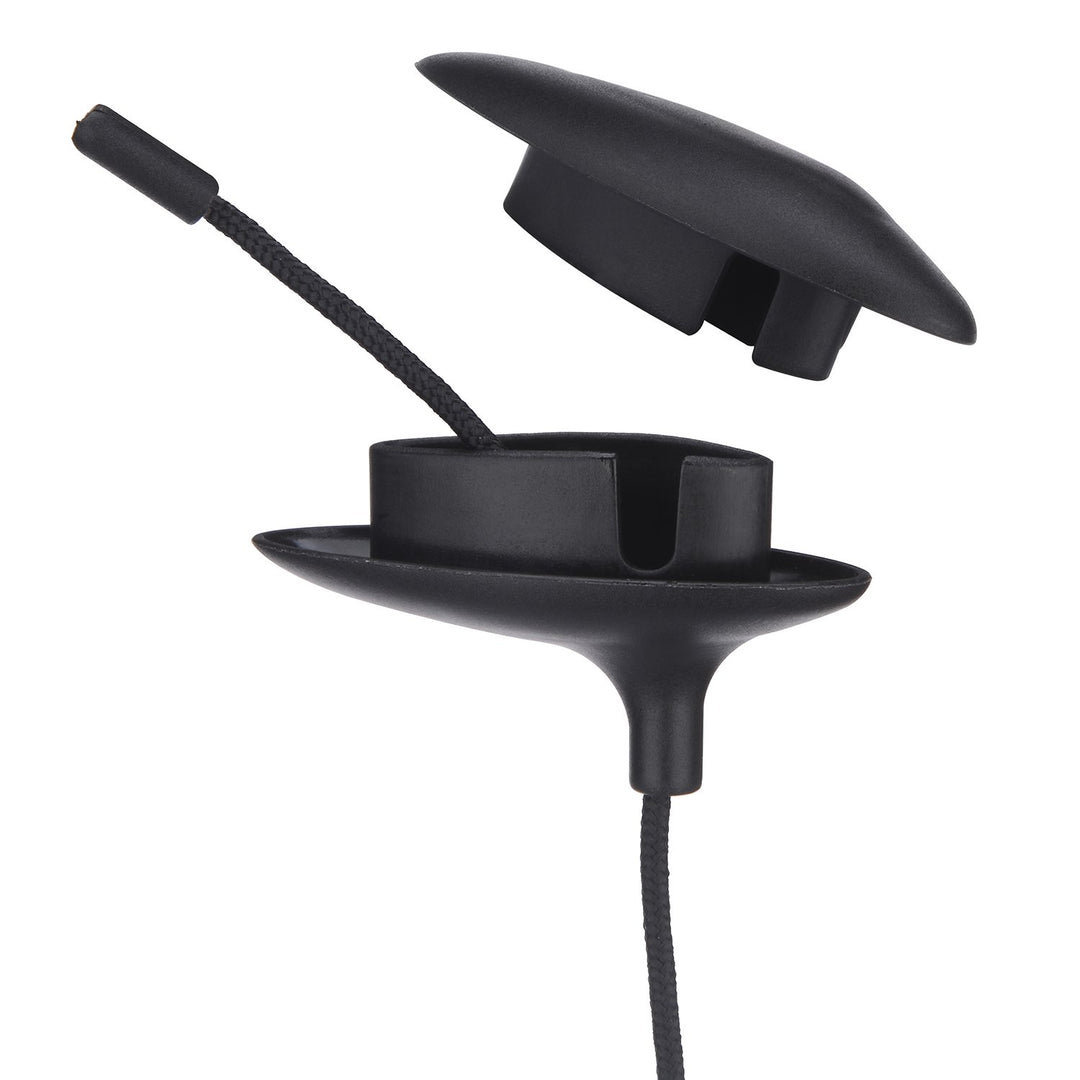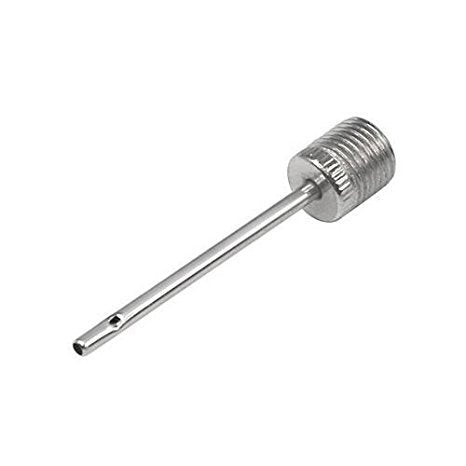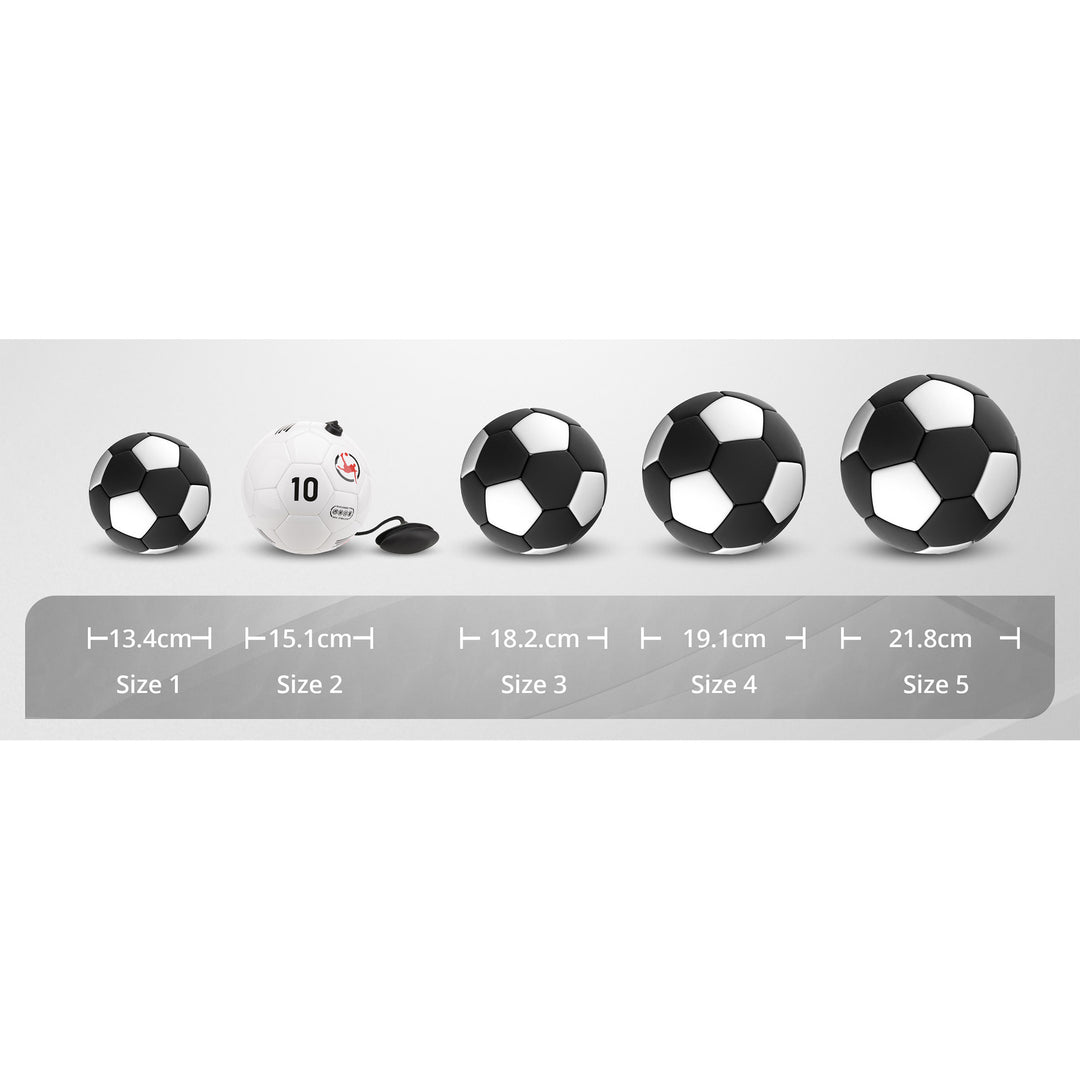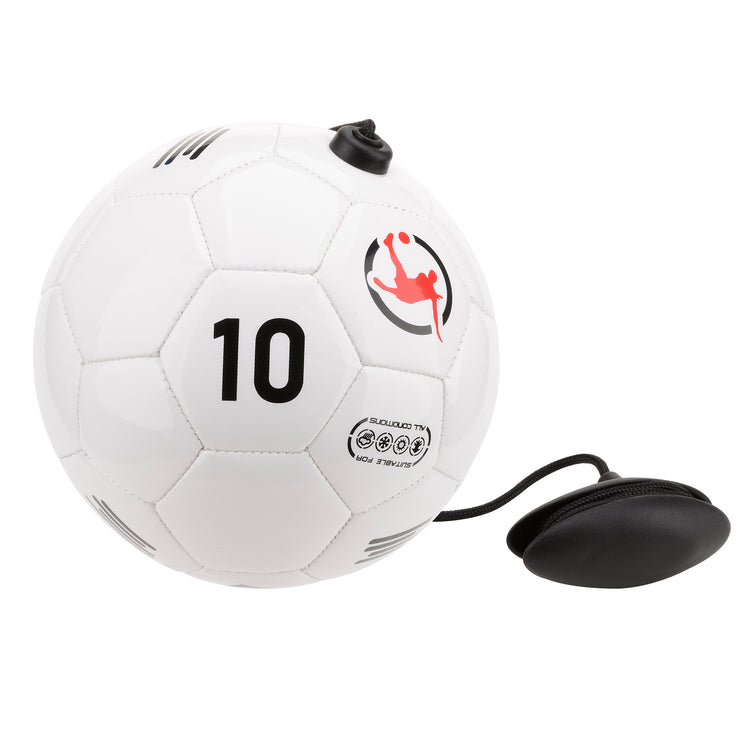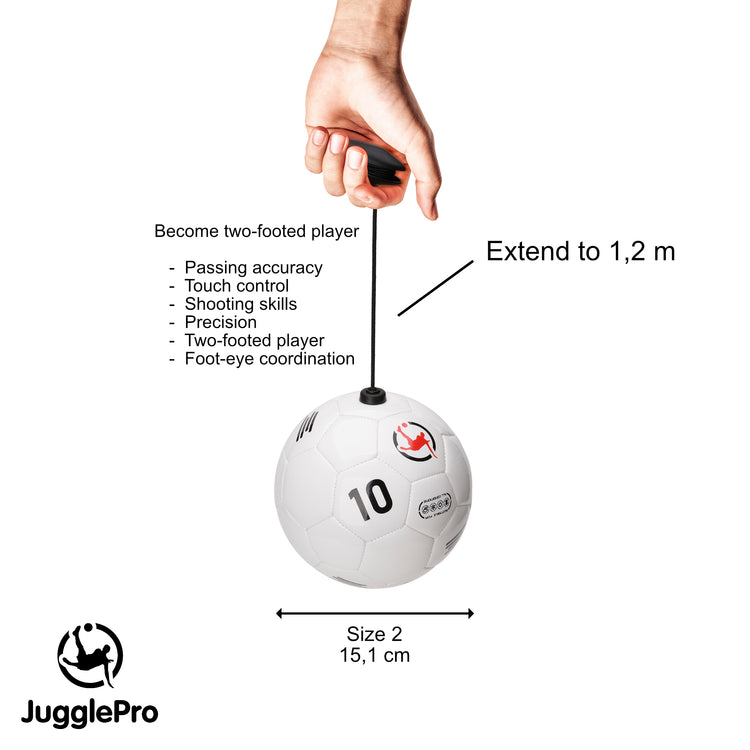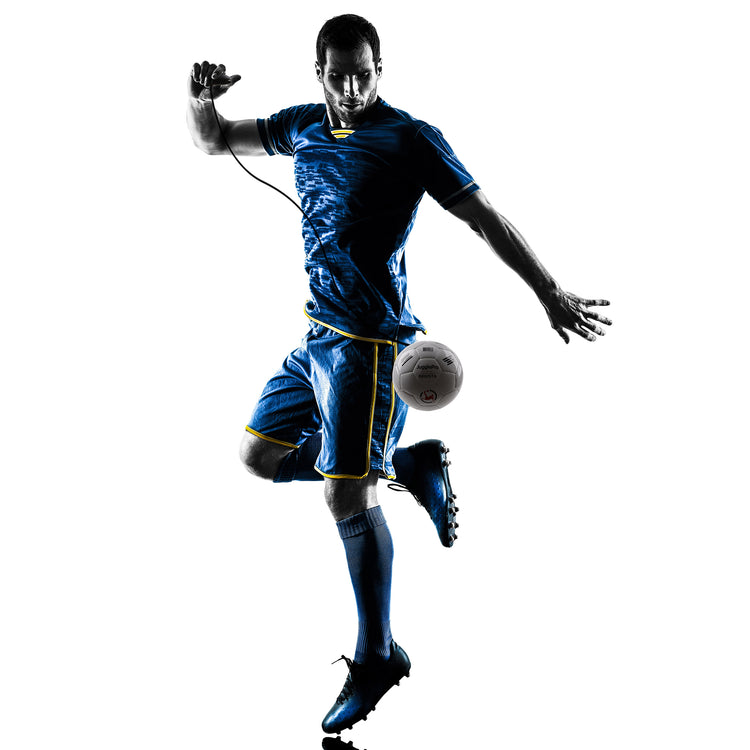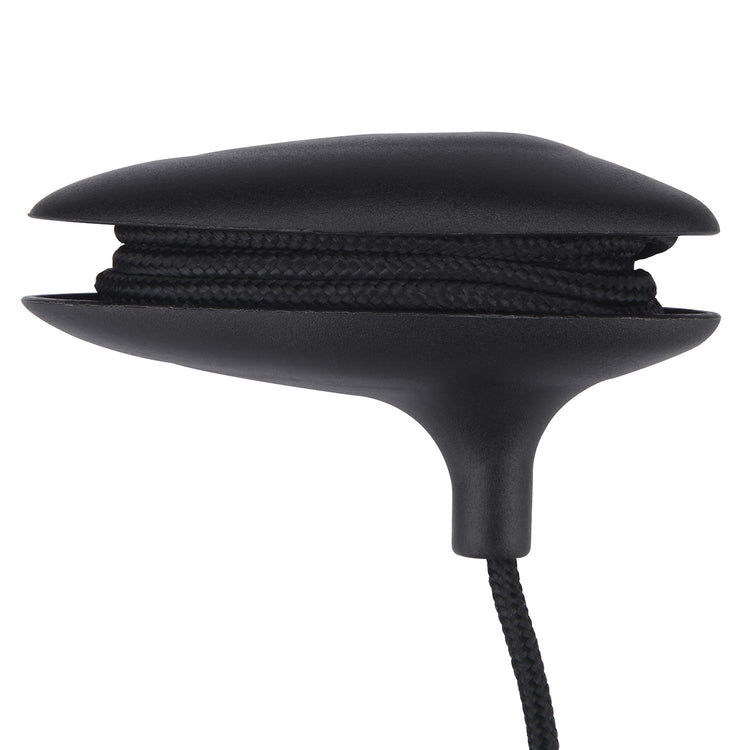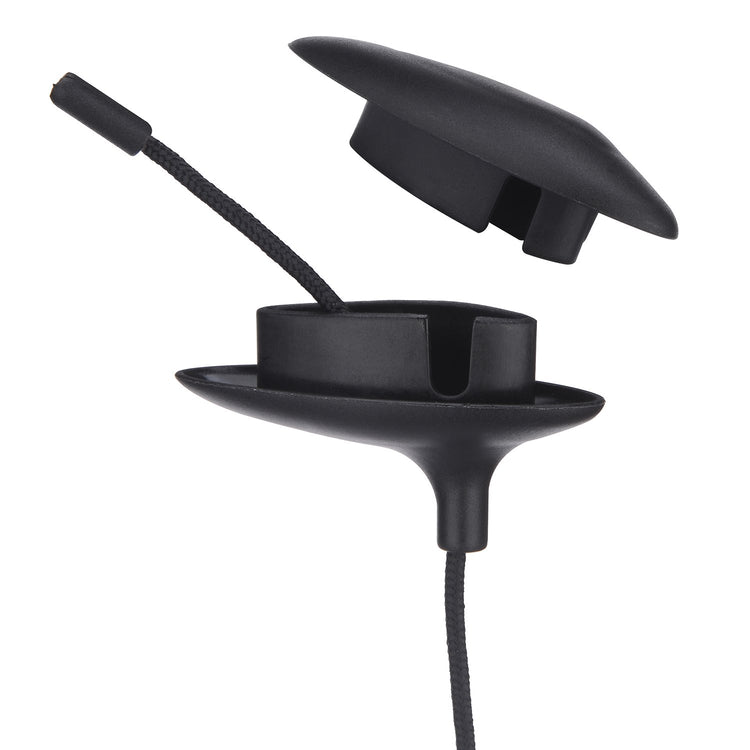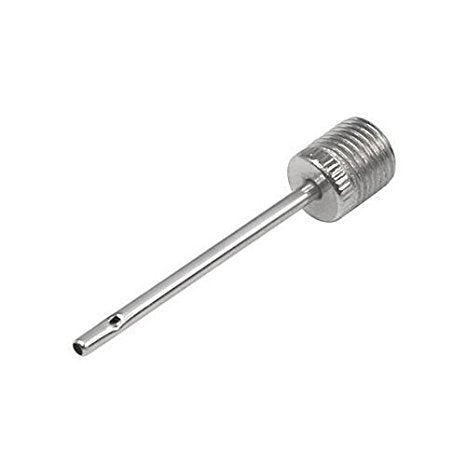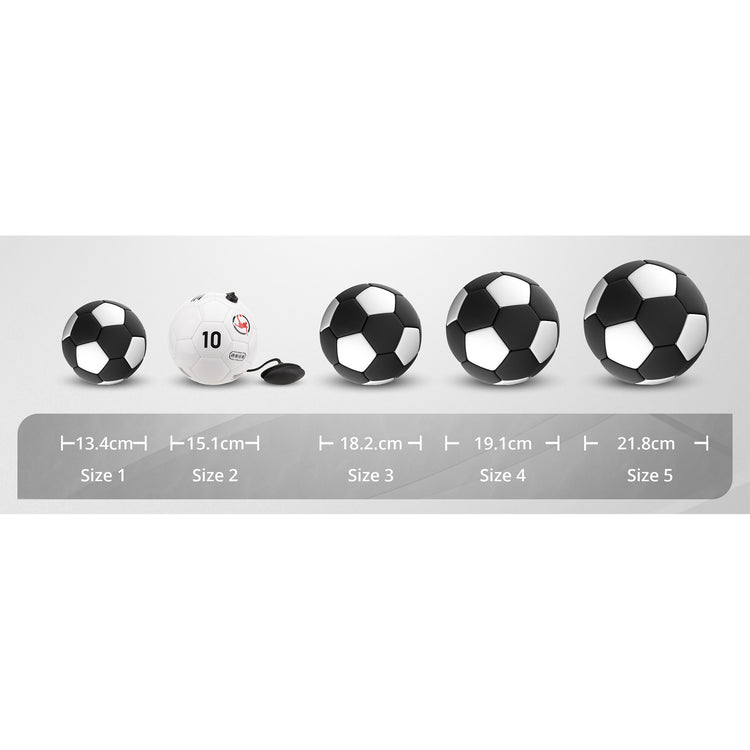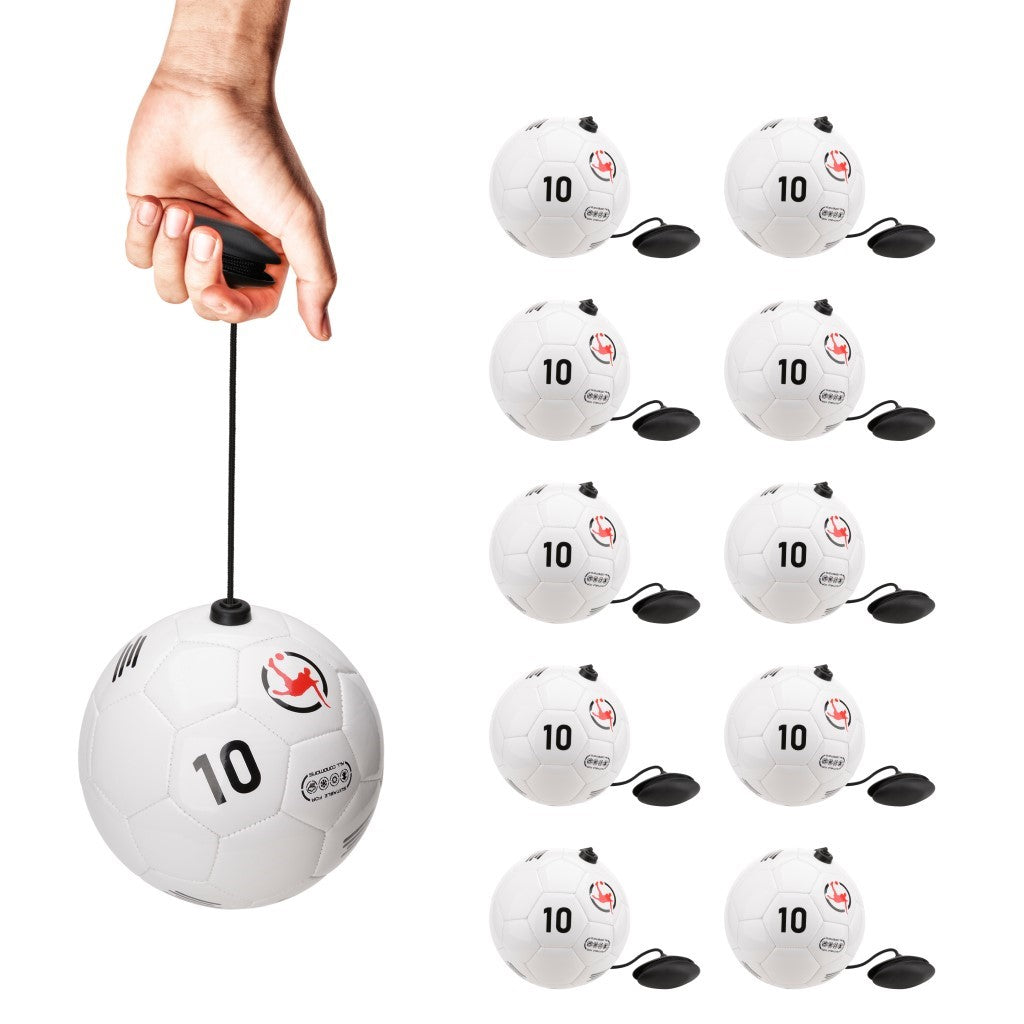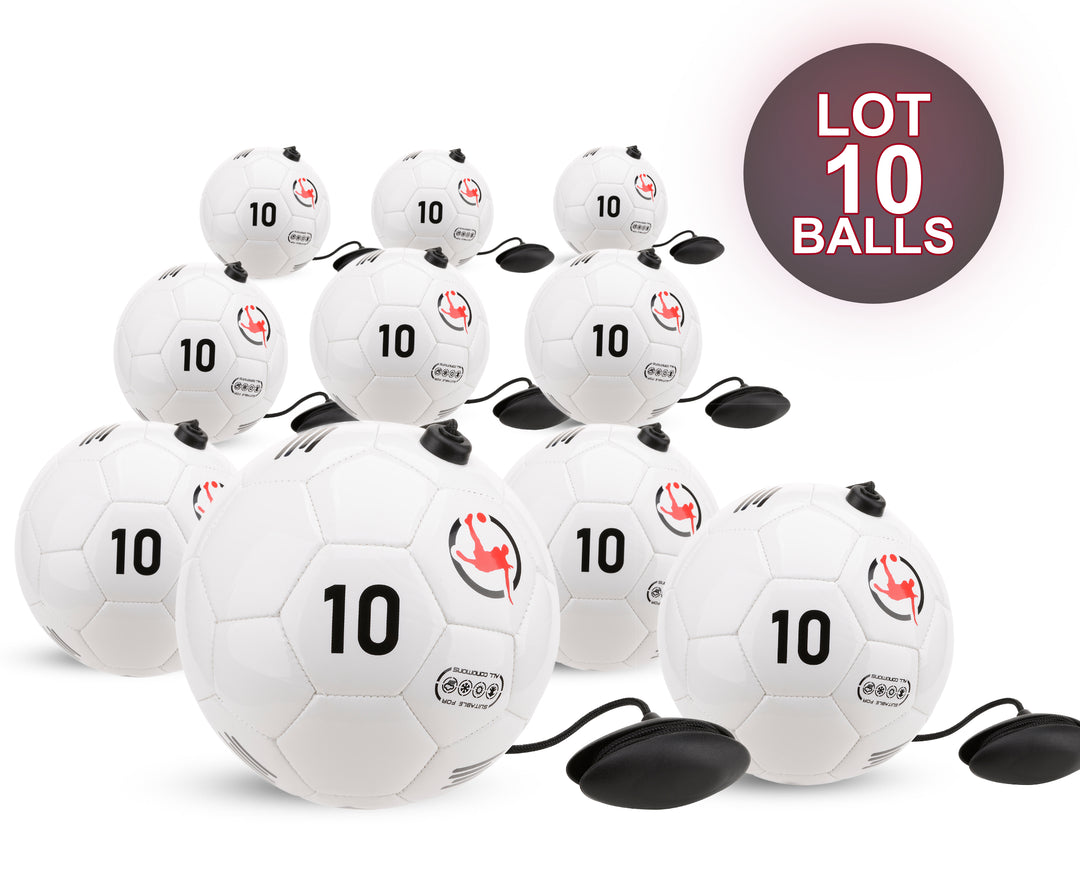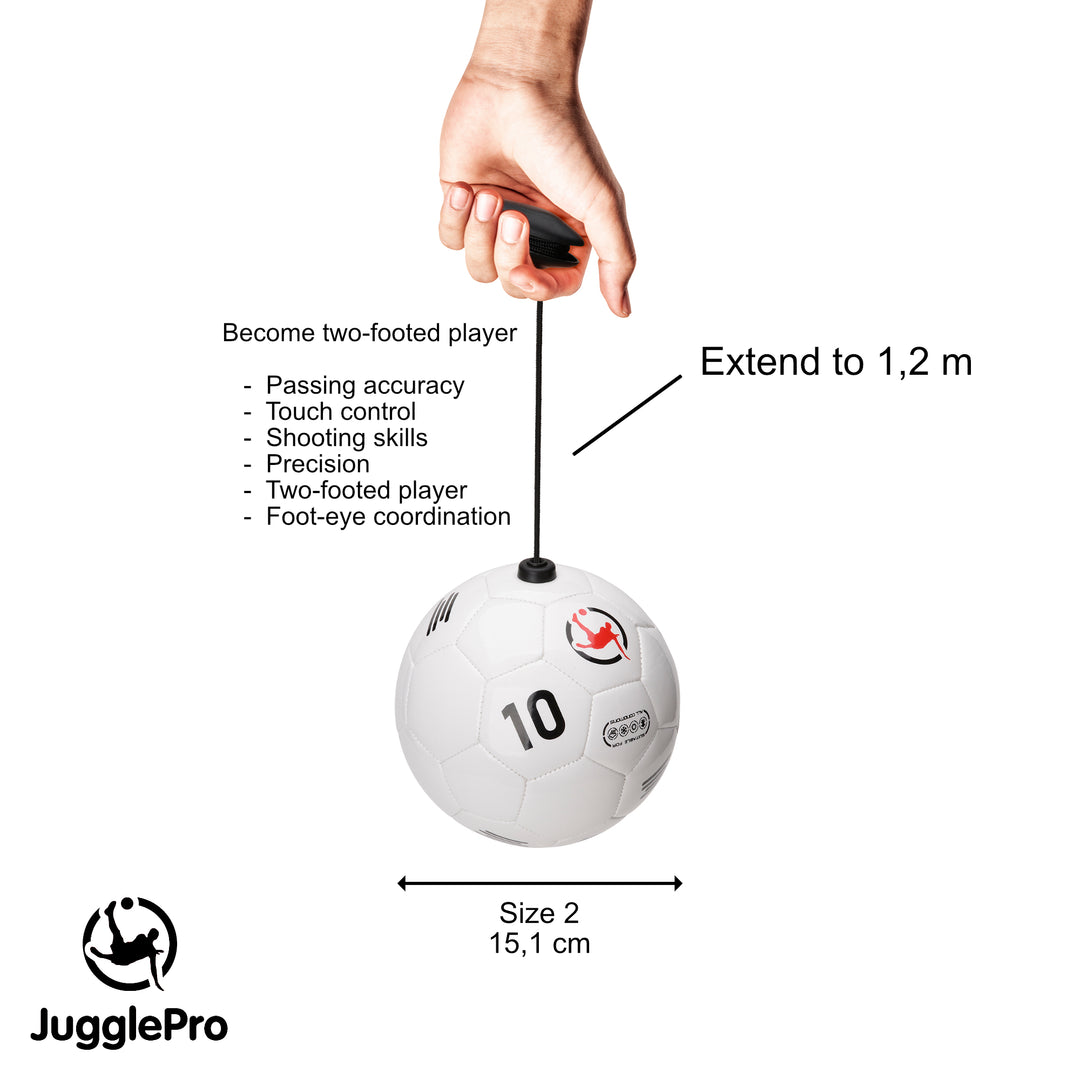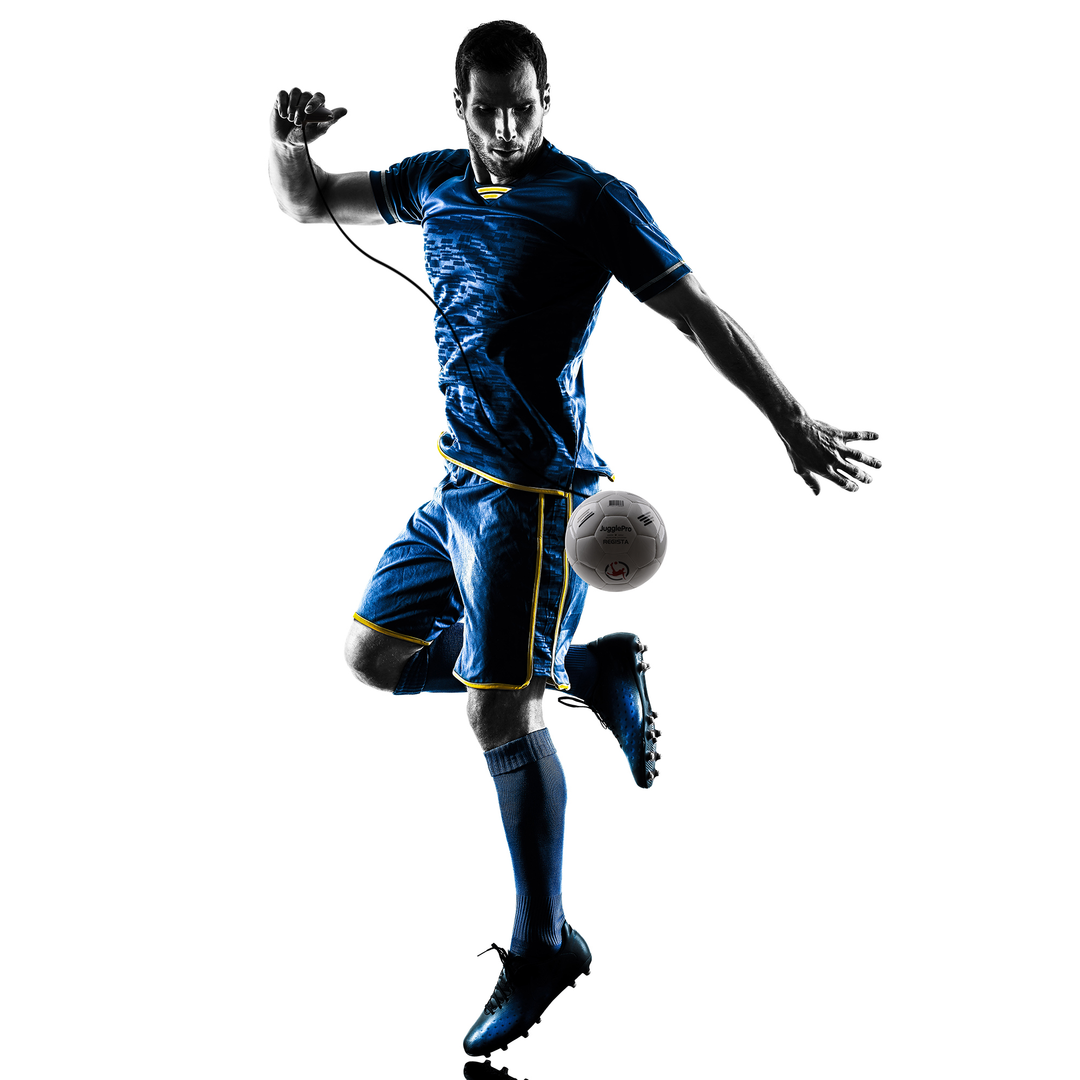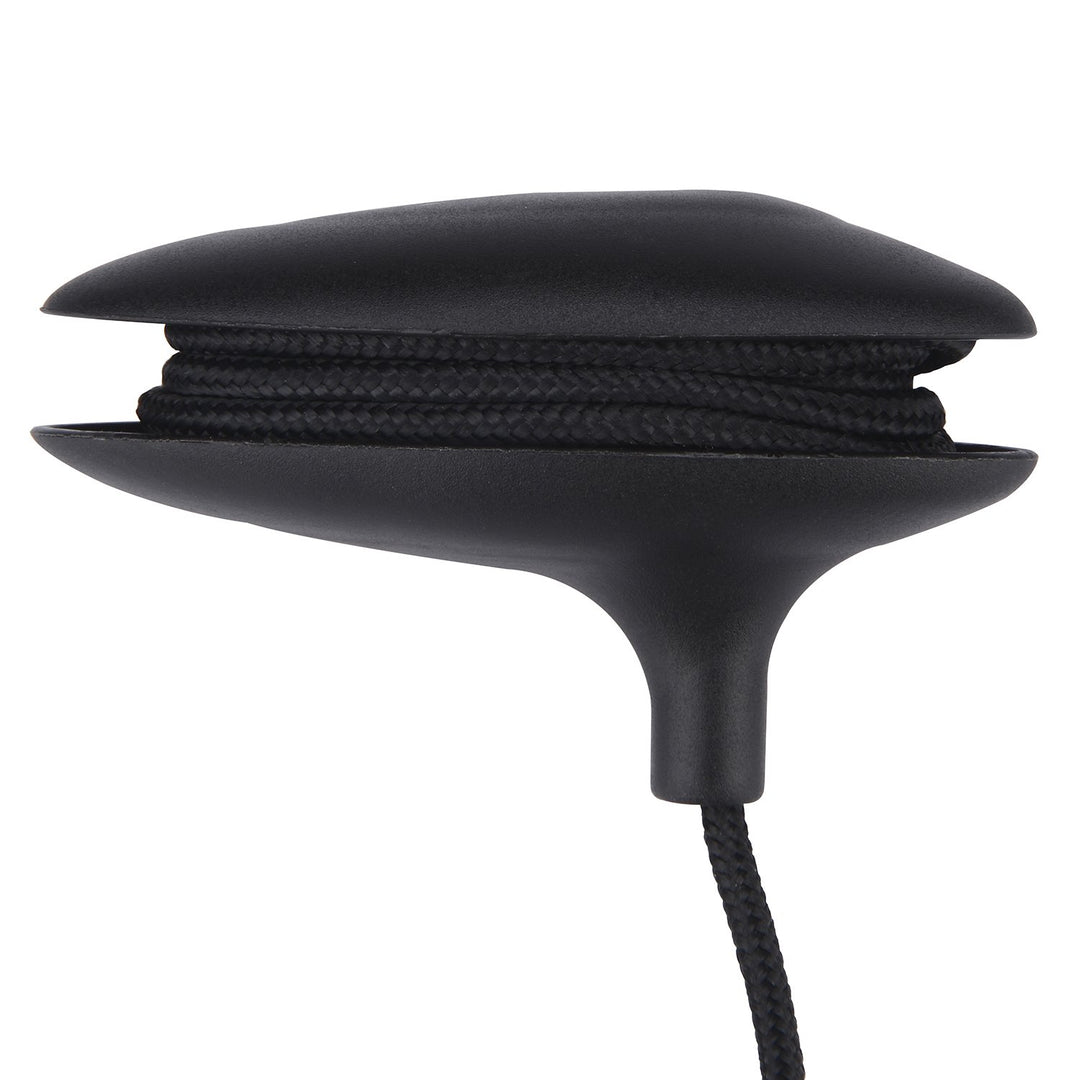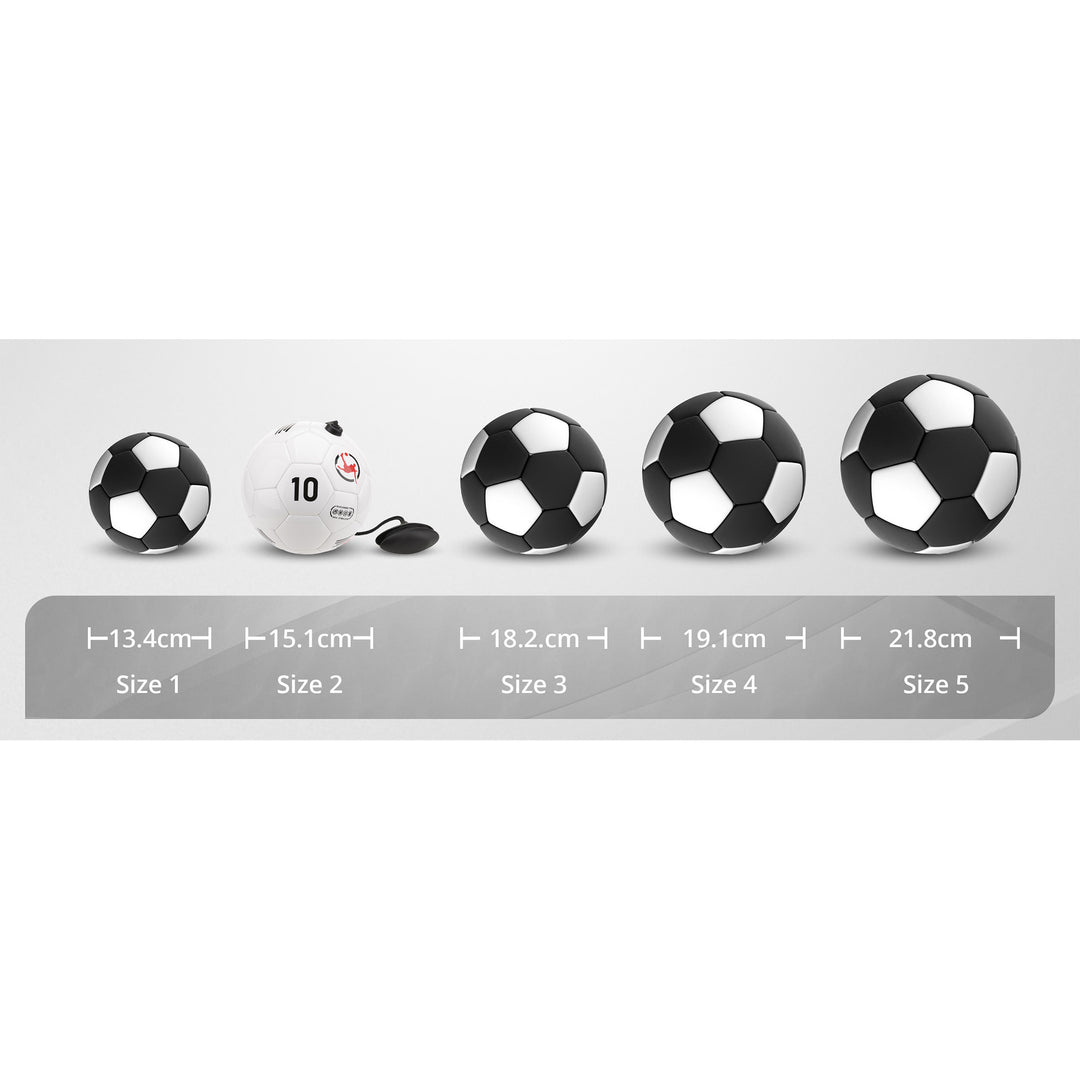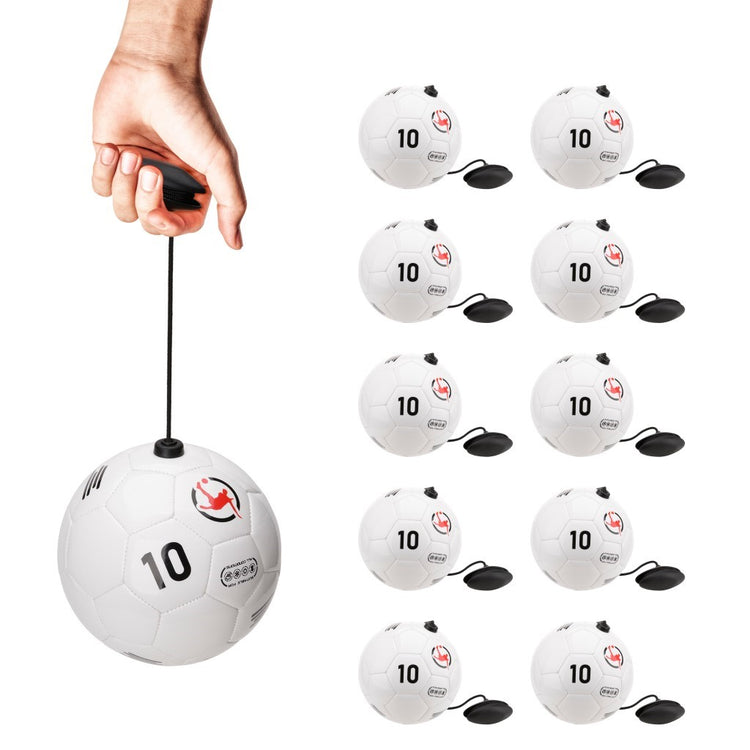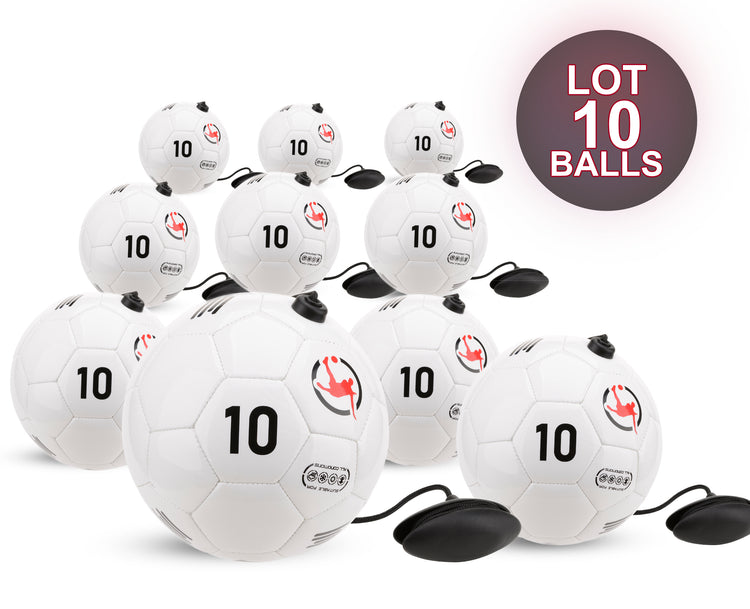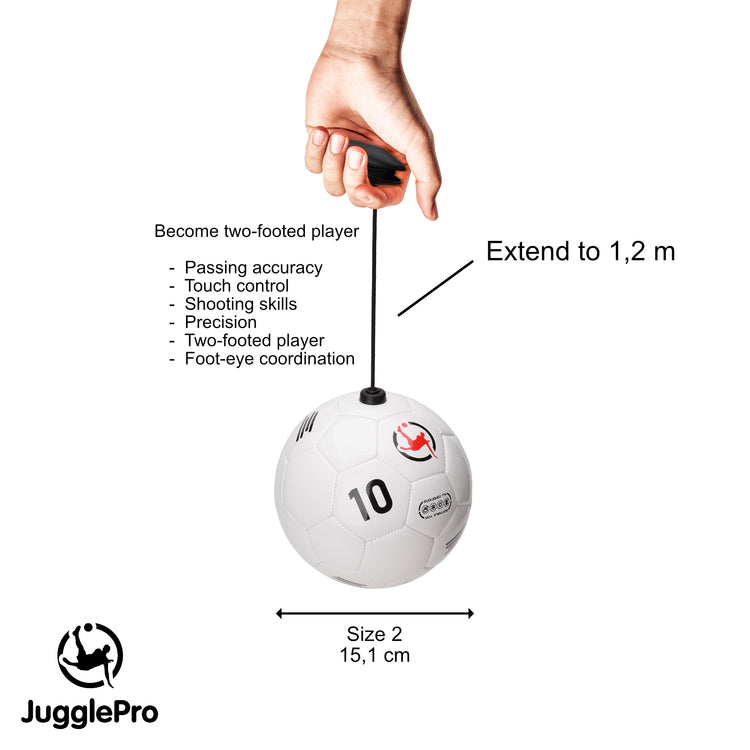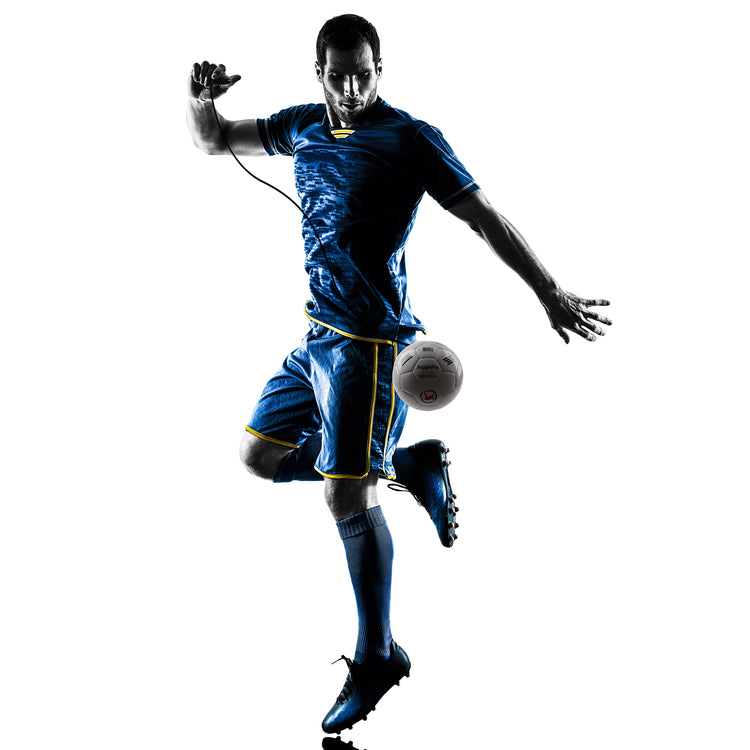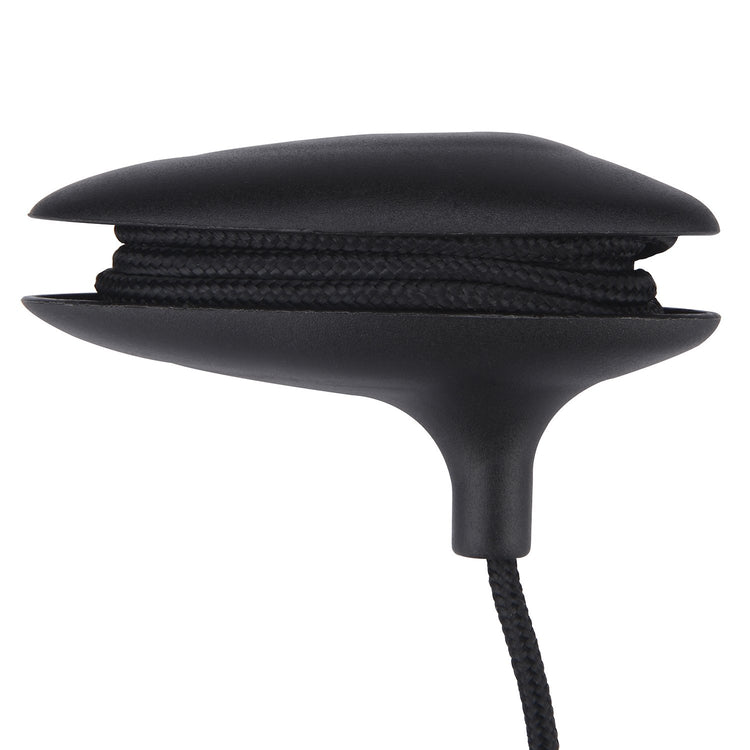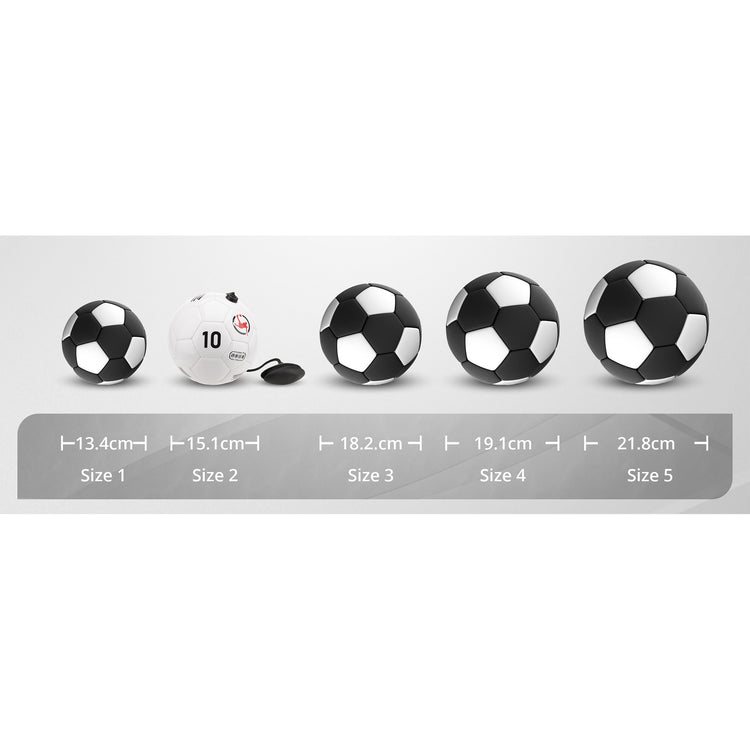Juggling with inner tubes: The Basse Norvégienne, the ancestor of the Niçois Pitchak?
Was the game of Pitchak born in Algeria in the 1950s or in the 1900s in Norway? This is a great thesis subject for an art historian!
The game of Pictchak was established in the south of France by returnees from Algeria in the 60s and 70s. It quickly became the favorite pastime of the people of Nice. The goal is to do as much juggling as possible. You can bounce the Pitchak with your feet, knees, thighs, chest or head while preventing it from touching the ground. The use of arms and hands is not permitted. The objective is to make as many twists as possible without the ball touching the ground. The most skilled integrate a few figures that require technique and fluidity.
With 284 juggles, young Sai Mataoua holds the record for the number of pitchak juggles !
How to play Bass, the Norwegian ancestor of Pitchak?
Just like the game of Pitchak, Bass is played with a ball created from inner tubes.
Bass is played from squares (circles) of 1 to 1.5m on the ground including a square in the middle, the other squares being drawn at equal distance from each other around the middle square. The goal of the game is to defend your square so that the bass does not touch the ground inside it. If the Bass touches the ground of your square you lose a point. Agree on the number of points needed before exiting the game, usually 3.
Serve and goal of the game
The game starts with a server. The serve must not be below knee height and must be performed in a single stroke at the bottom of the foot. You can hit the bass with all parts of the body except the arms and hands.
It is not allowed to stand in someone else's place. If the bass hits the ground outside the squares, a new serve is made by the player closest to the bass (or the one playing).
If it touches the circle, it is not a goal (called the "strek" in Norwegian).
If you have any doubt that the bass has hit the rim, the usual rule is to disallow the goal. After an approved goal, everyone moves one space clockwise before the next serve.
Cancellation of the goal
The goal is canceled if:
Bass touches crotch, mouth or other body cavities
The player who scores enters the square of the player who takes a goal.
The service does not have a curved trajectory
The serve is not at knee height in any corner of the trajectory. The serve is an extension, that is to say a very difficult shot towards the receiver's body and into his square.
All goals are canceled at the time of the return service (“gjenlegg”), that is to say that the recipient of the service plays directly in the square of the player who has just served, before the bass has been in contact with a third player (or the server itself).
Dead squares
When a player leaves the square he was defending, the square becomes a dead square. If the bass hits the dead fret, the following can happen, depending on the rules you choose to follow:
1. The last contact with the bass leaves the game, regardless of the point state
2. The last player in contact with the bass receives a point
3. Nothing happens if you choose to ignore the dead square rules. Just scoop it up and serve again.
Hands and Penalty (Penalty Shot)
Hands are only counted after deliberate contact of the bass with the arm. If the bass falls on the author's square after a hand, it is counted as a goal and there is therefore no Penalty. The Penalty is taken by the one who last touched the bass before the hands.
There are many variations on Penalty, the most common rules are:
- The shooter must try to put or hit the bass in the square of the person who made the hand fault
- the shooter must touch the inside of his circle with at least one foot
- the bass must remain still on the stand before playing
- The person who made the hand fault must defend his square while touching it with one foot, until the shooter has raised his knee
- No knee height rule during a penalty shot. : the shooter is allowed to pass the bass to another player.
- If the penalty shot is saved (the bass does not touch the floor of the square) and the bass is still in the air, the bass is back in normal play.
Bass out of play
The bass is out of play when:
a) the bass hits the ground
b) hands
c) following a “Stamp”: downward movement of the foot with the sole of the foot
d) on kicks at head height of another player e) when a player is physically attacked by pushing and shoving
Final
When there are only 2 players left, a final is played. During the final there are alternate serves until a winner is declared. Serves that are too strong may be contested and must then be served again. During the finals, returns of service are authorized.
Here is a summary of the bass cover rules from the official site https://www.basse.no/basse-in-english/ . You will find lots of tips for playing this game (information in English and Norwegian).




